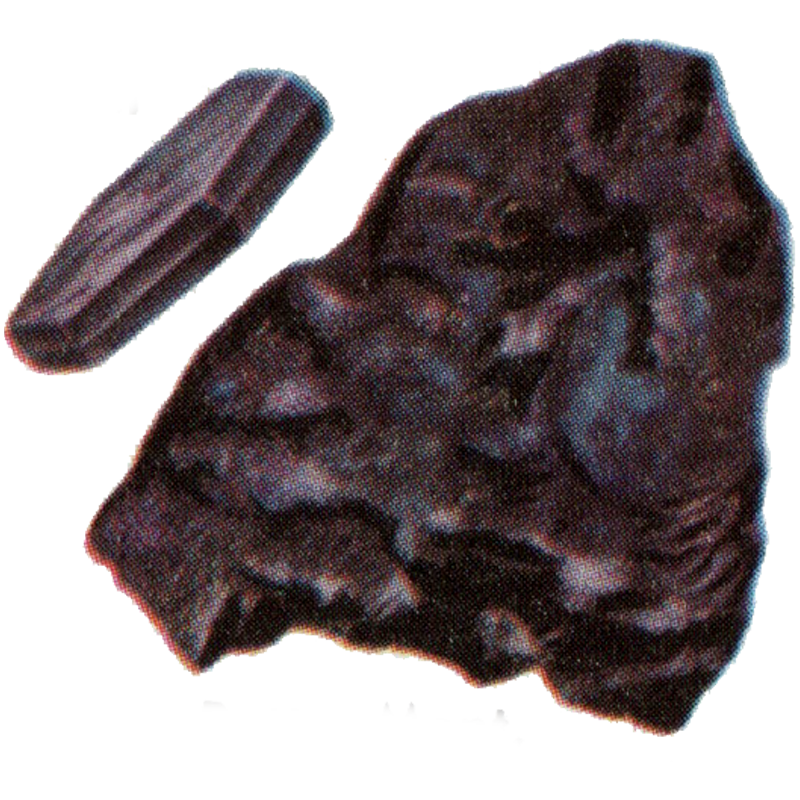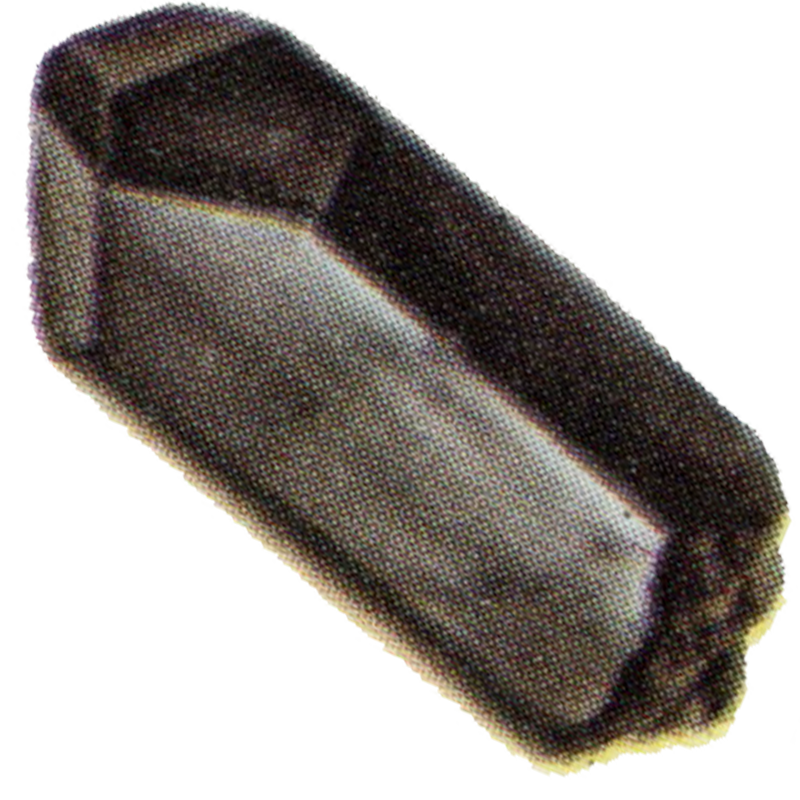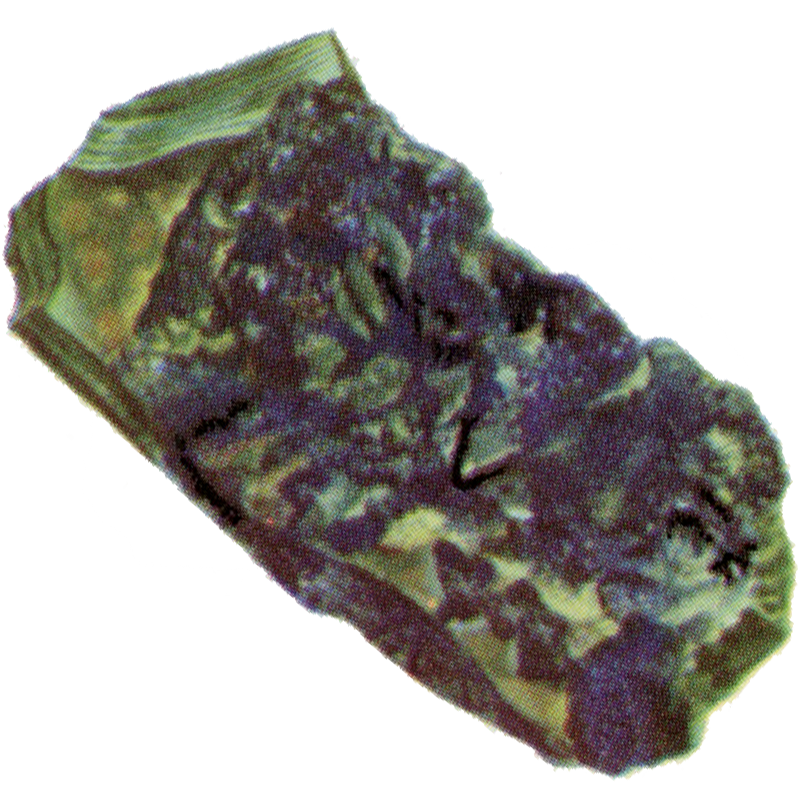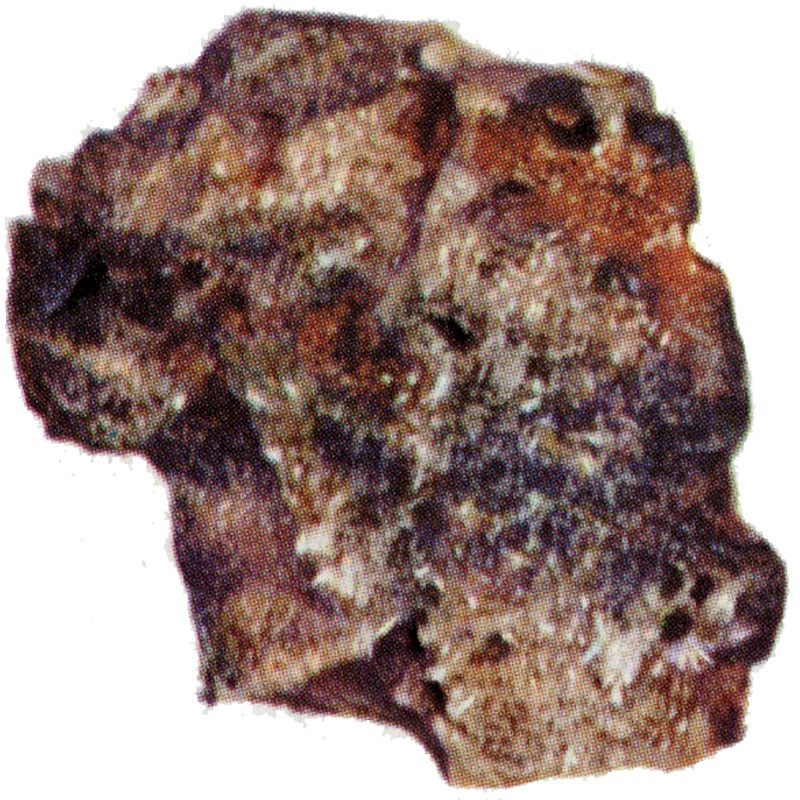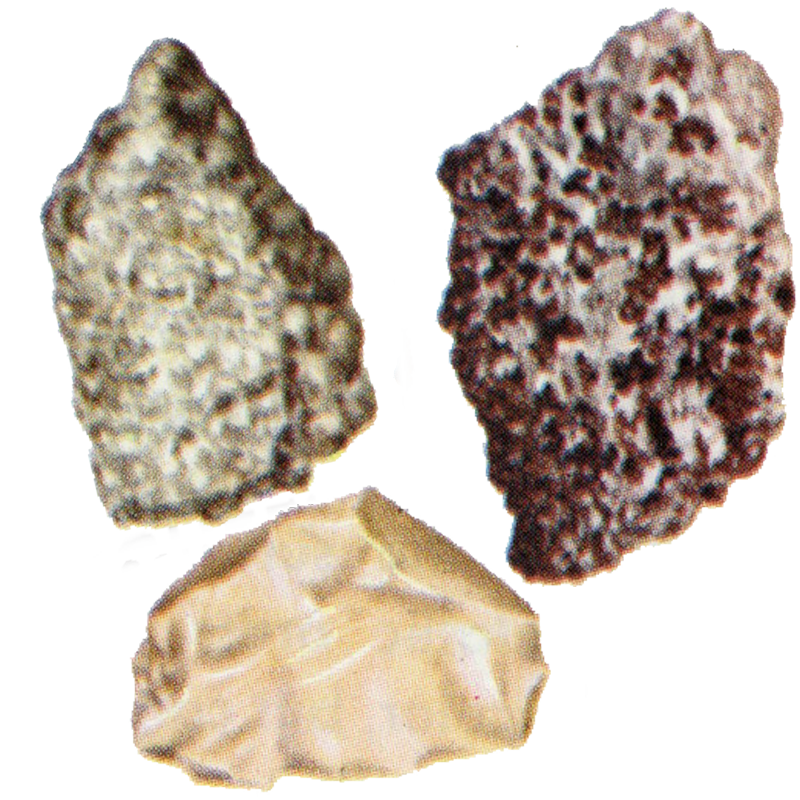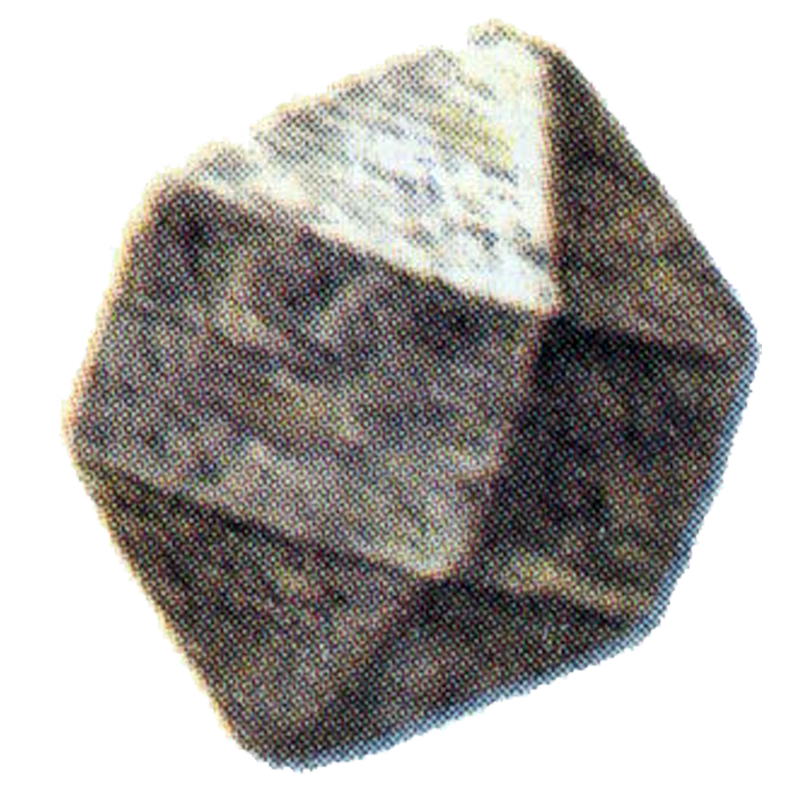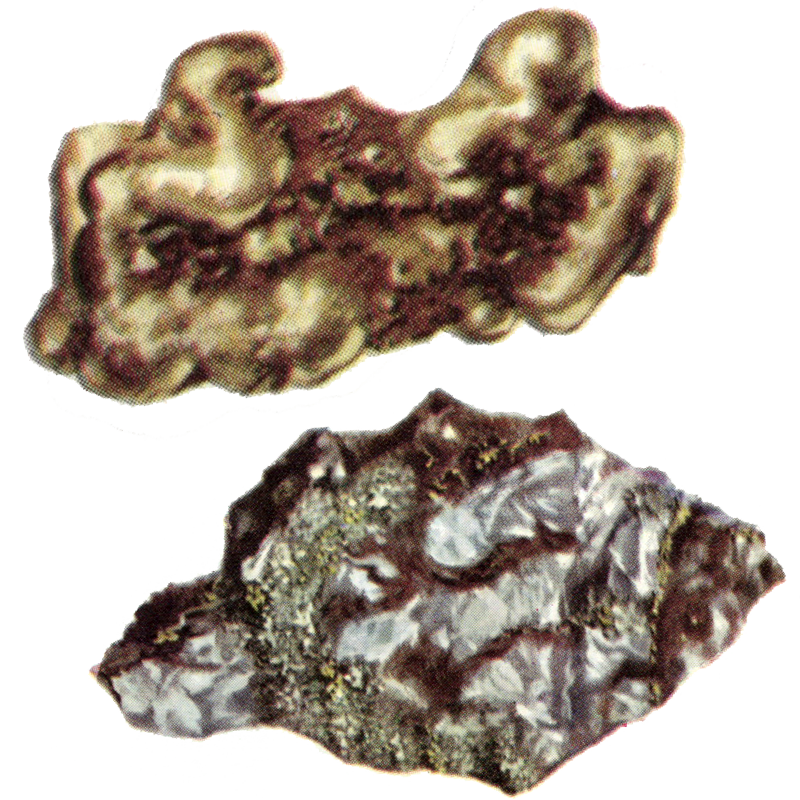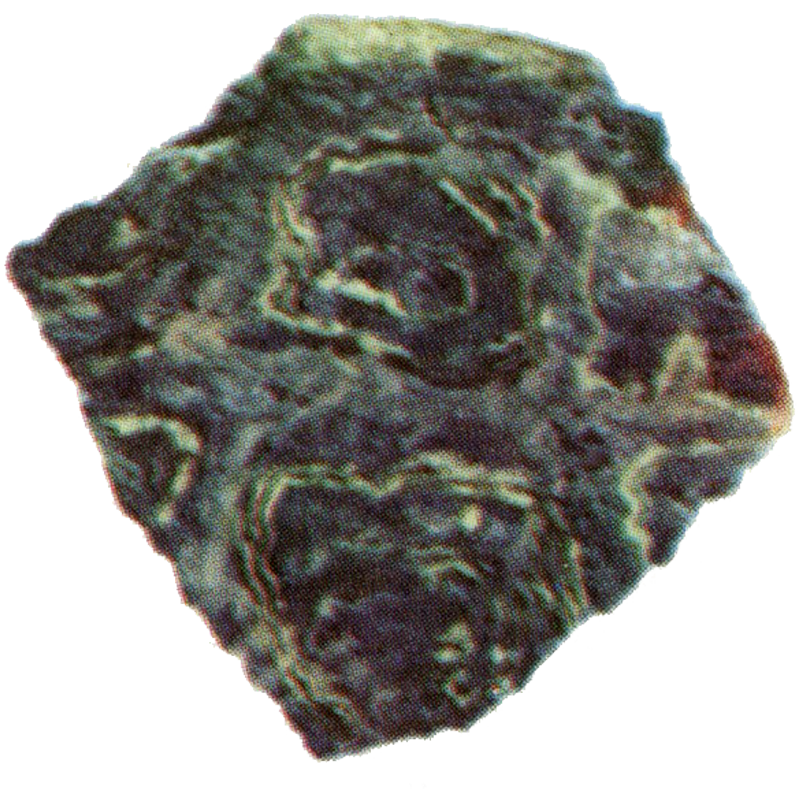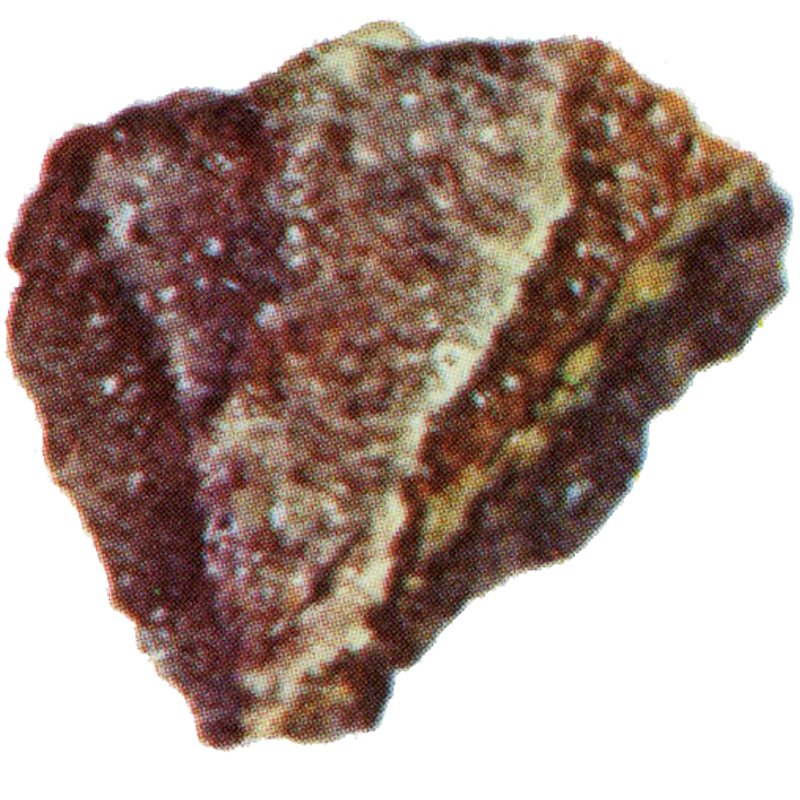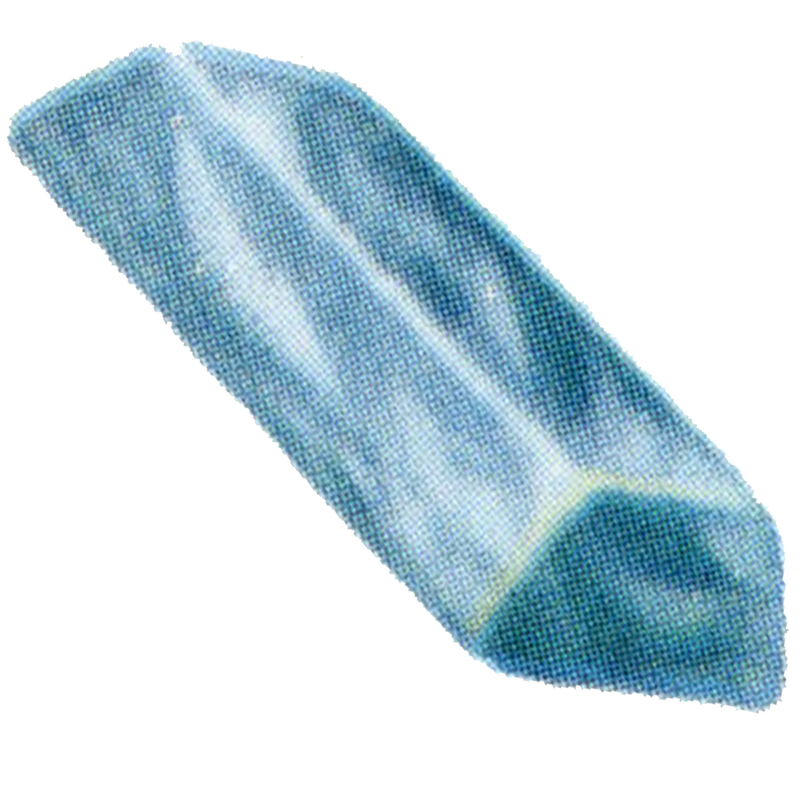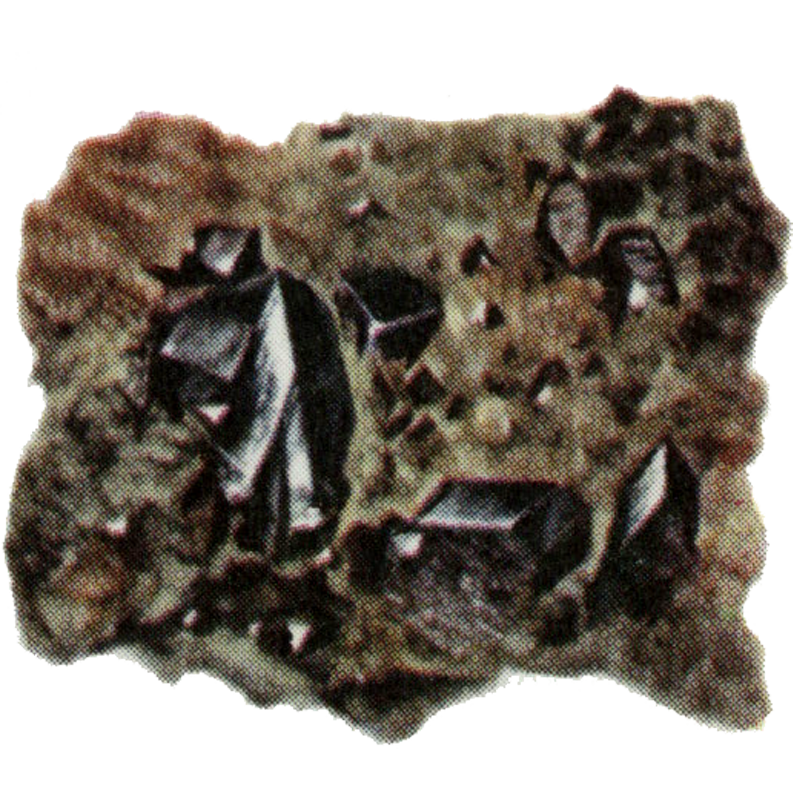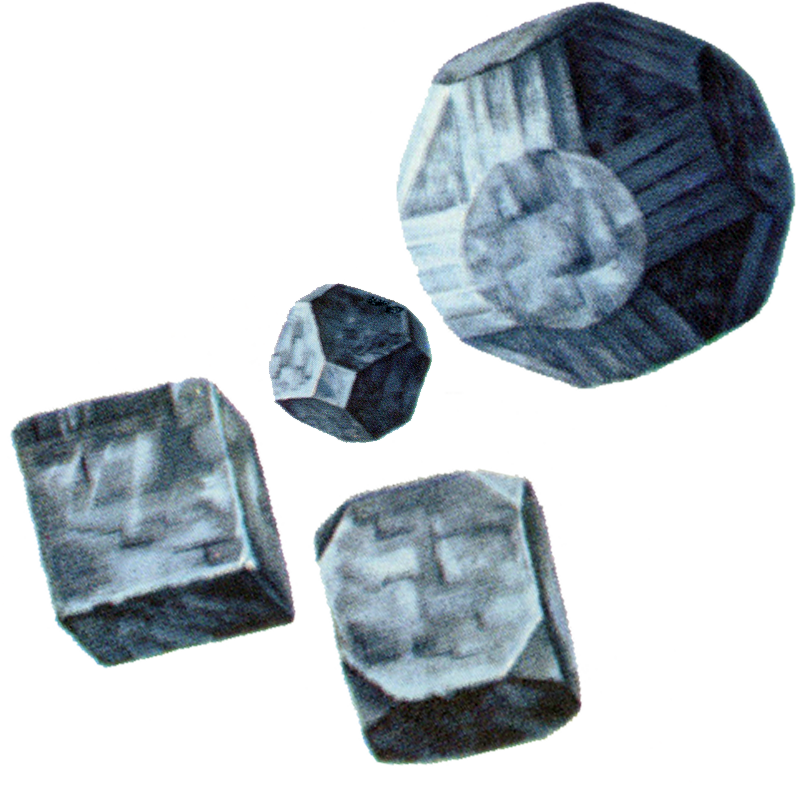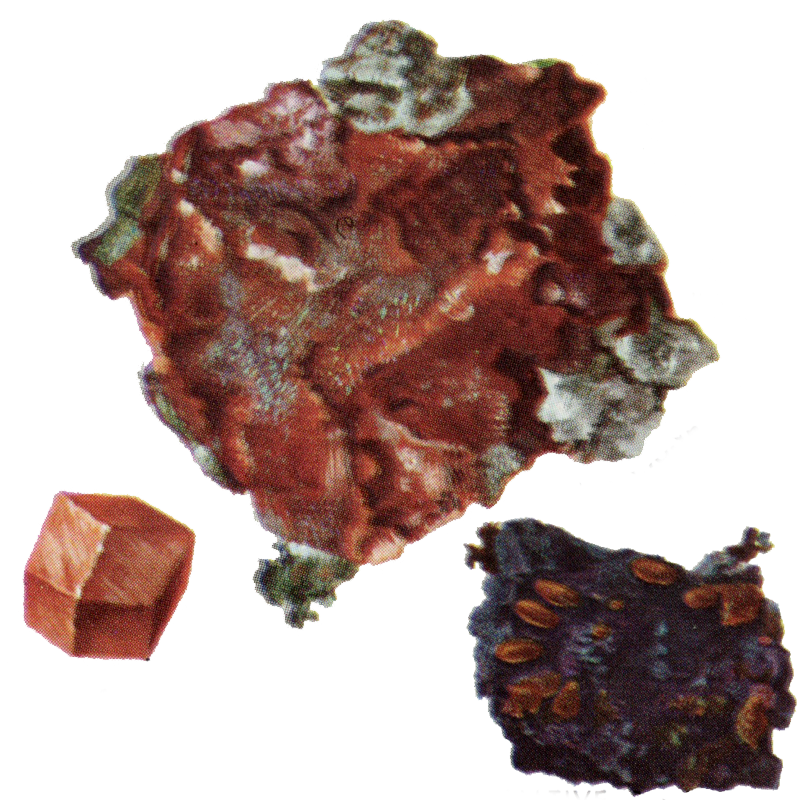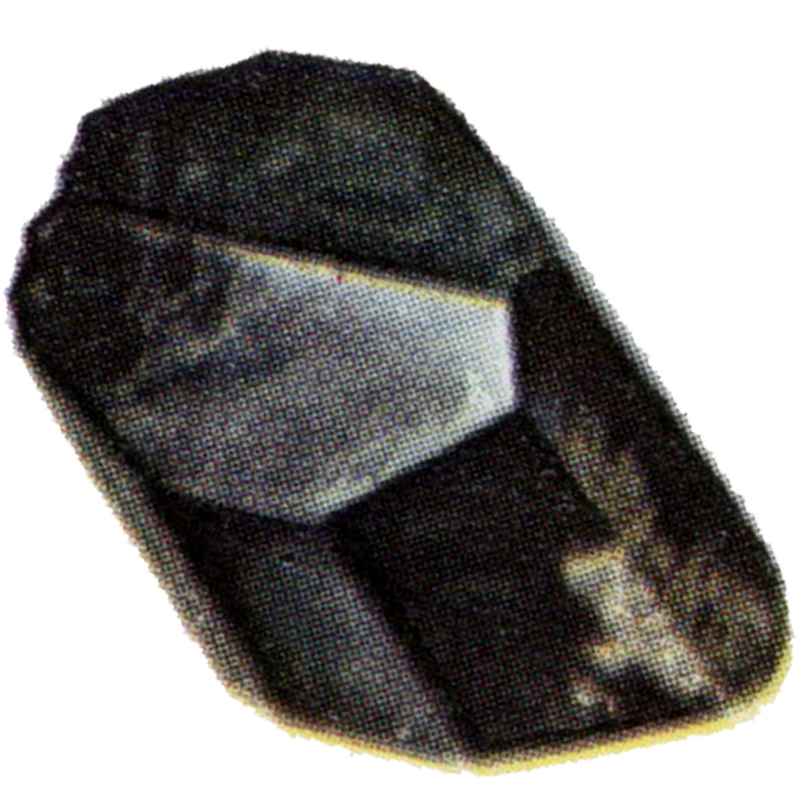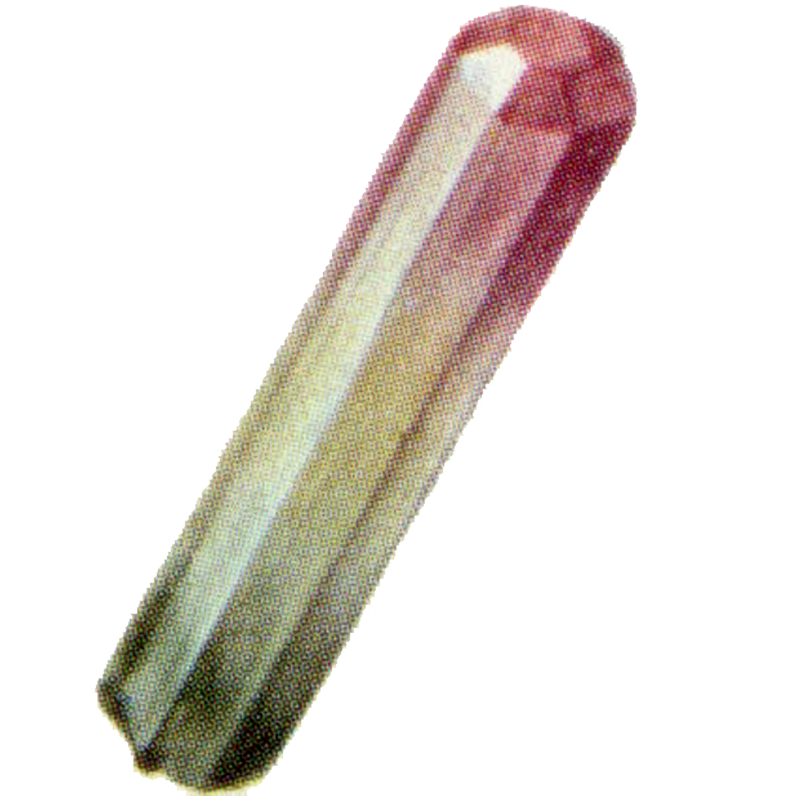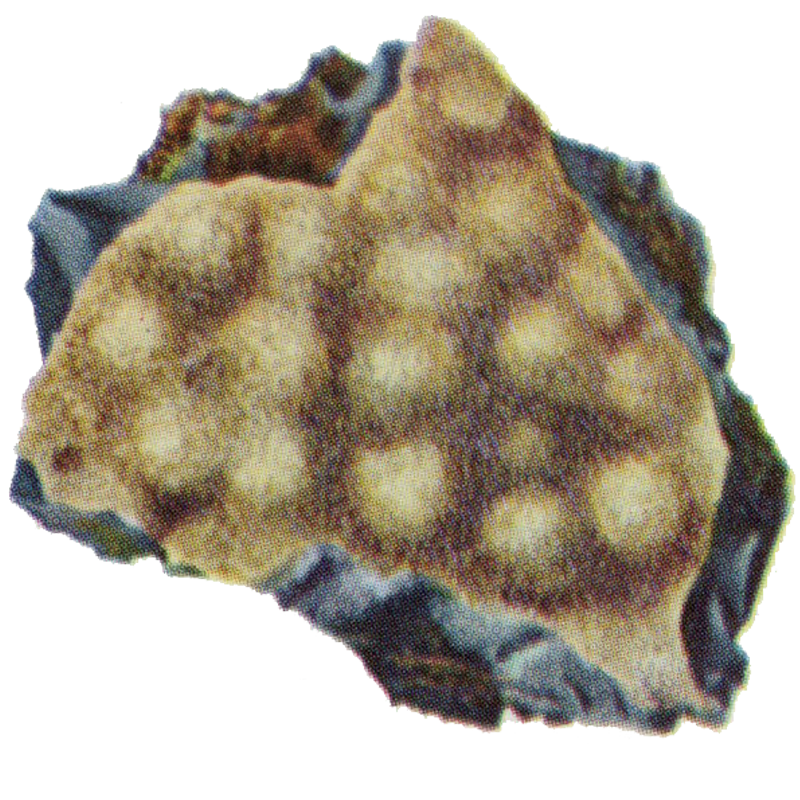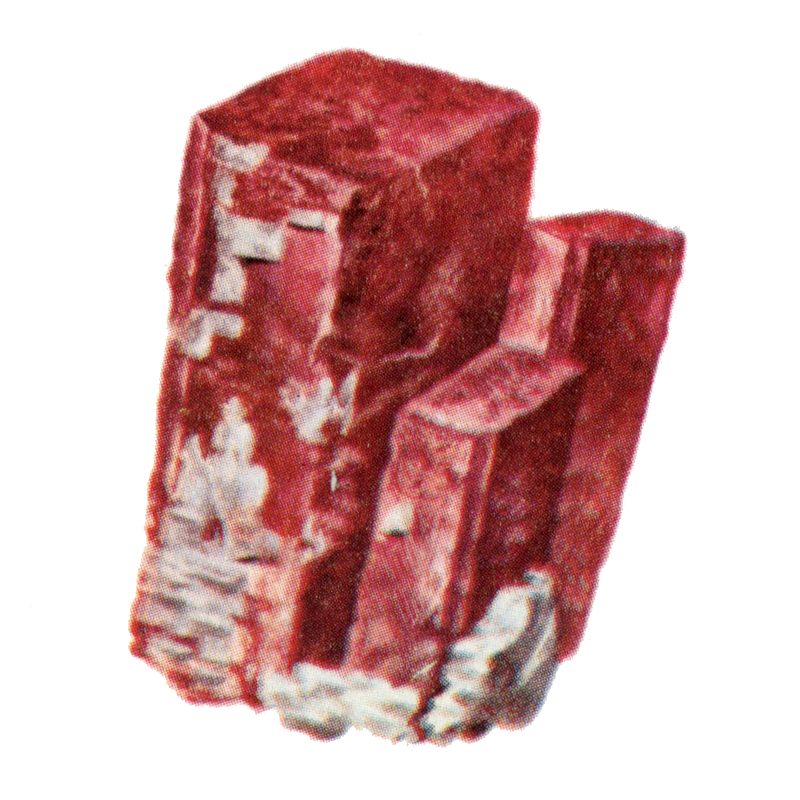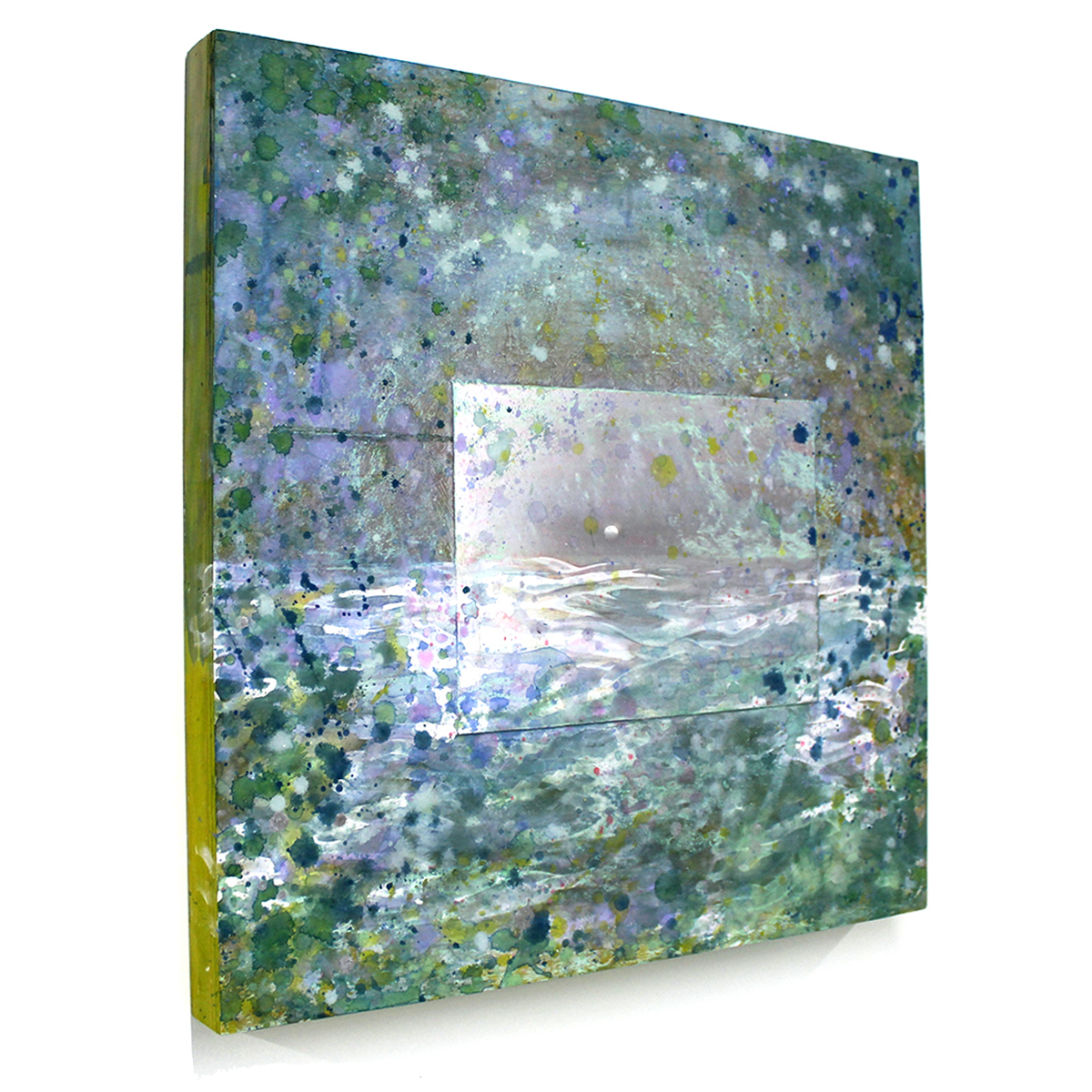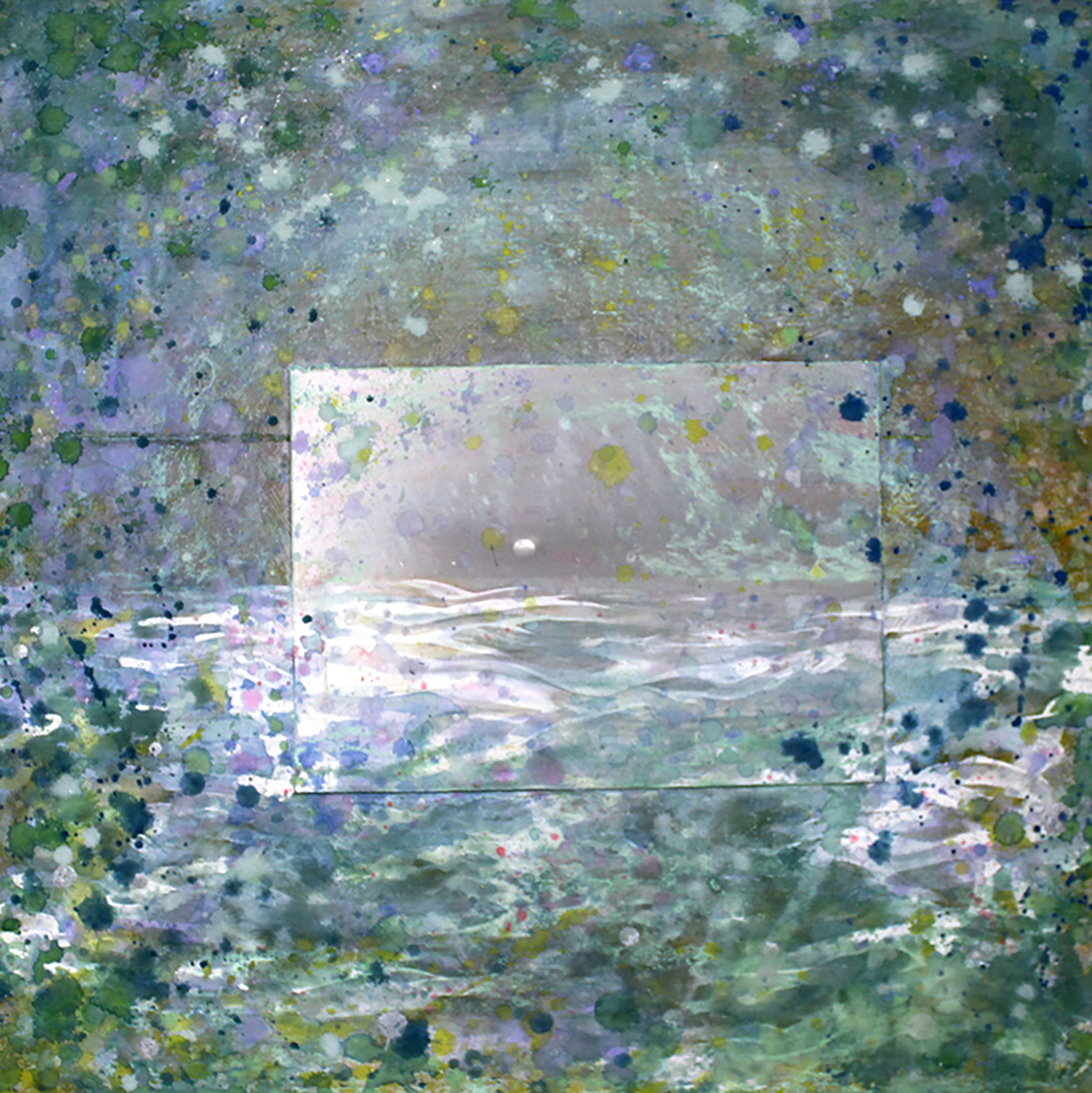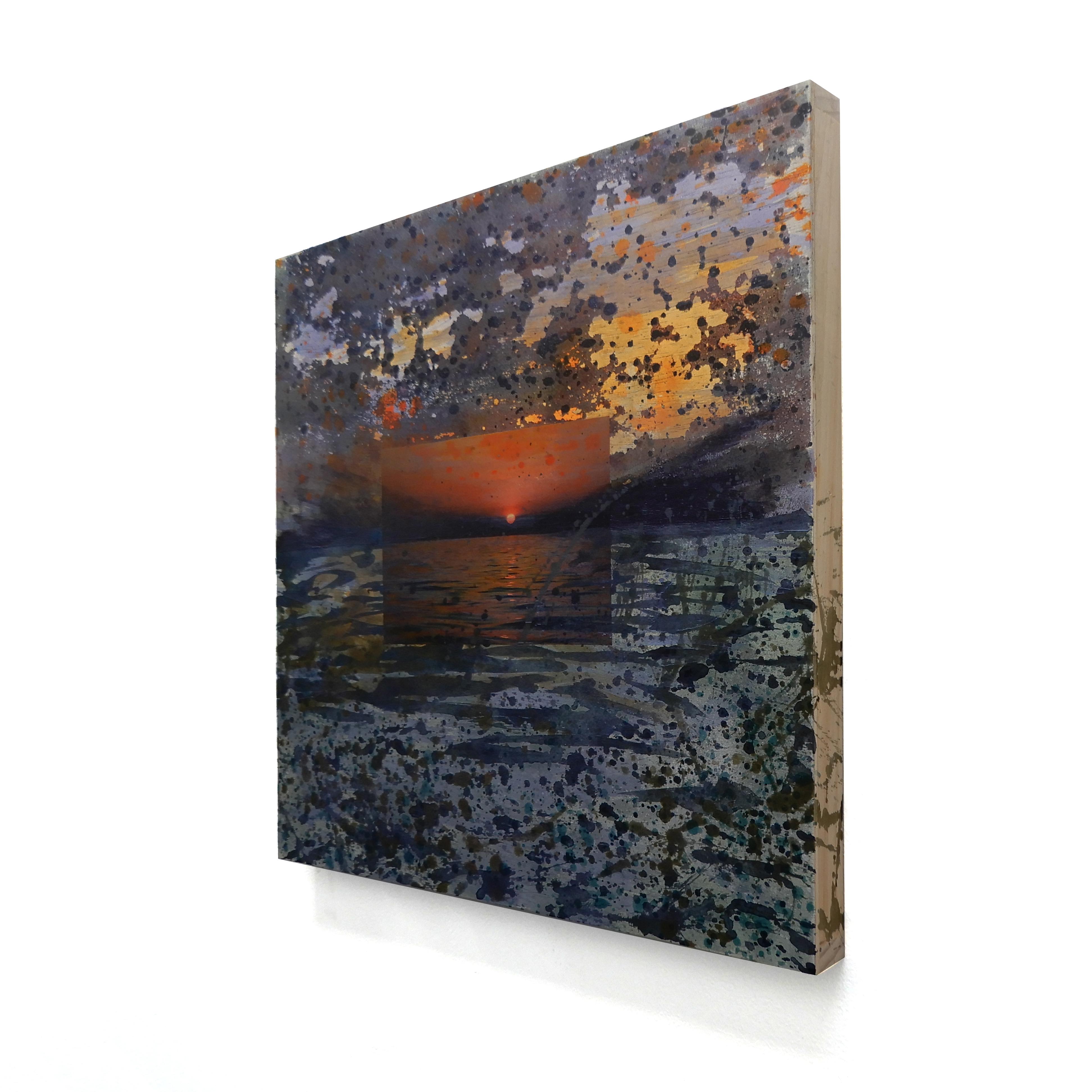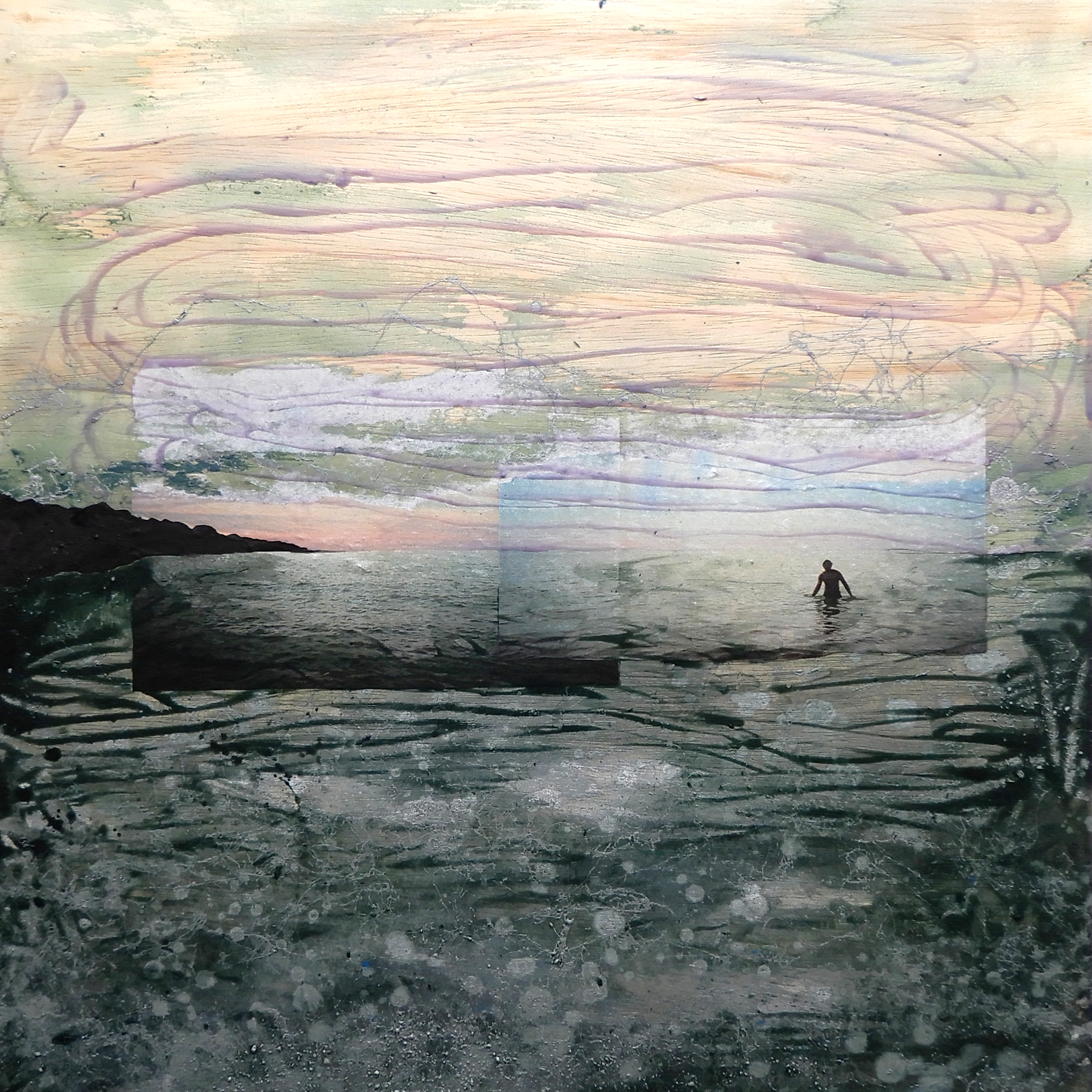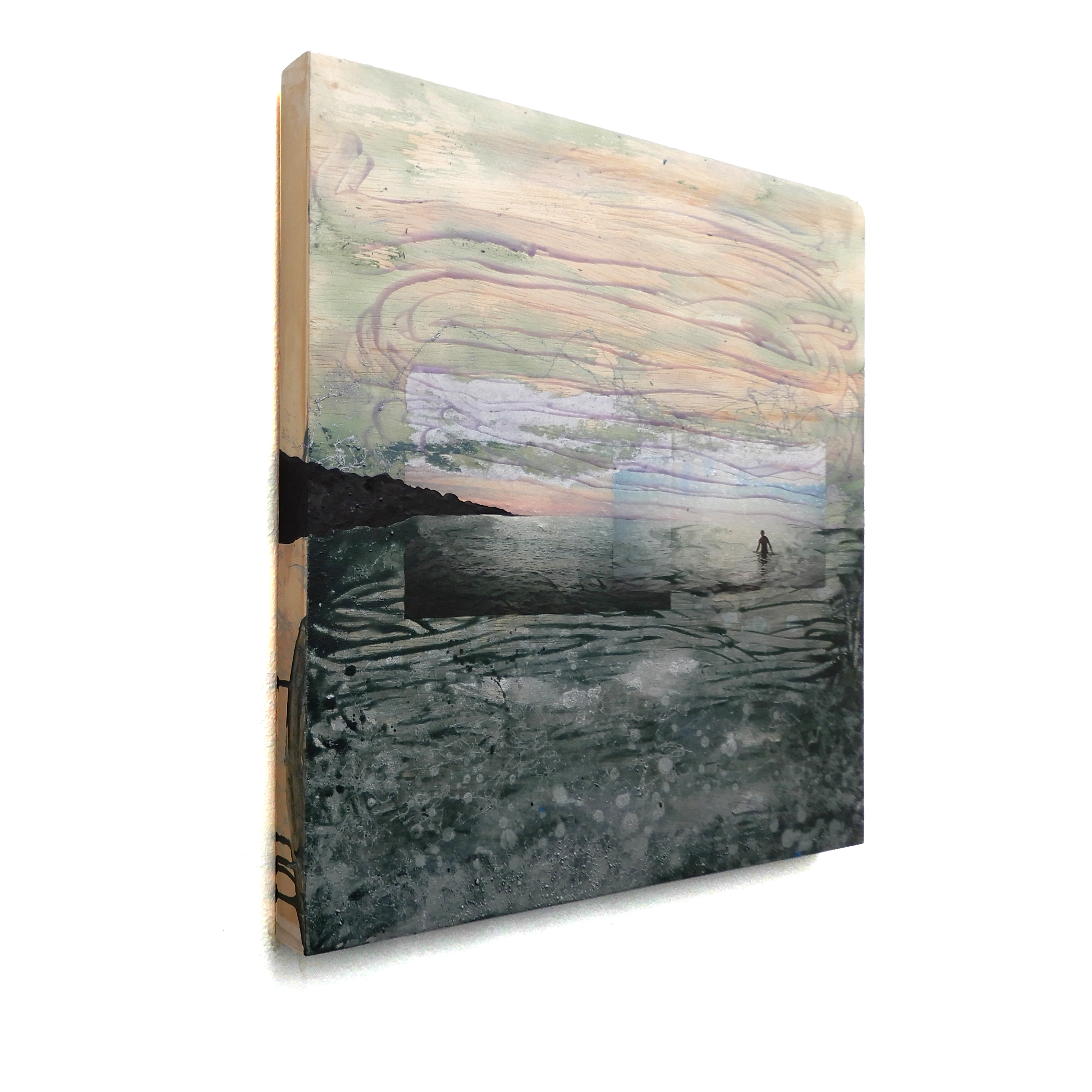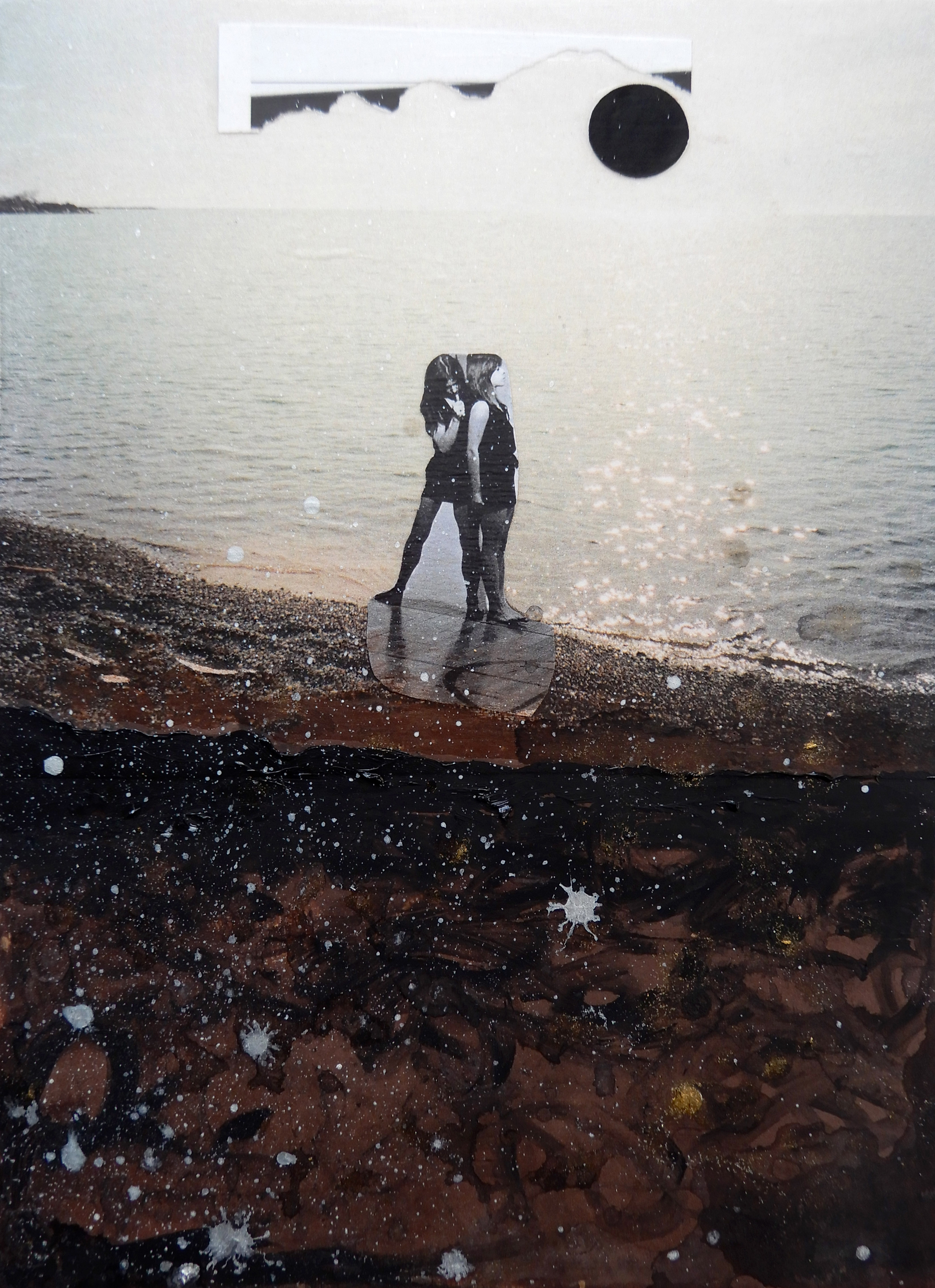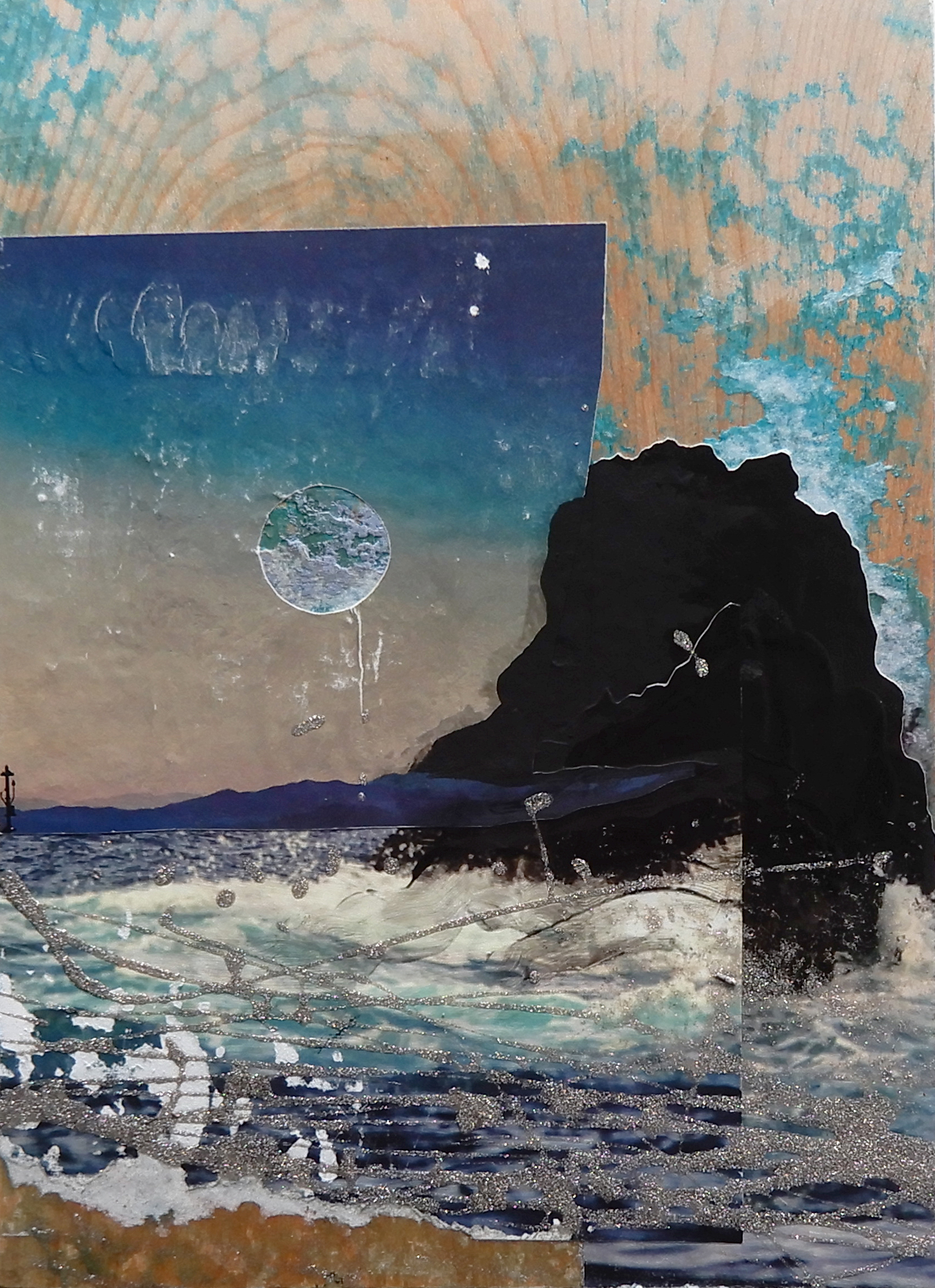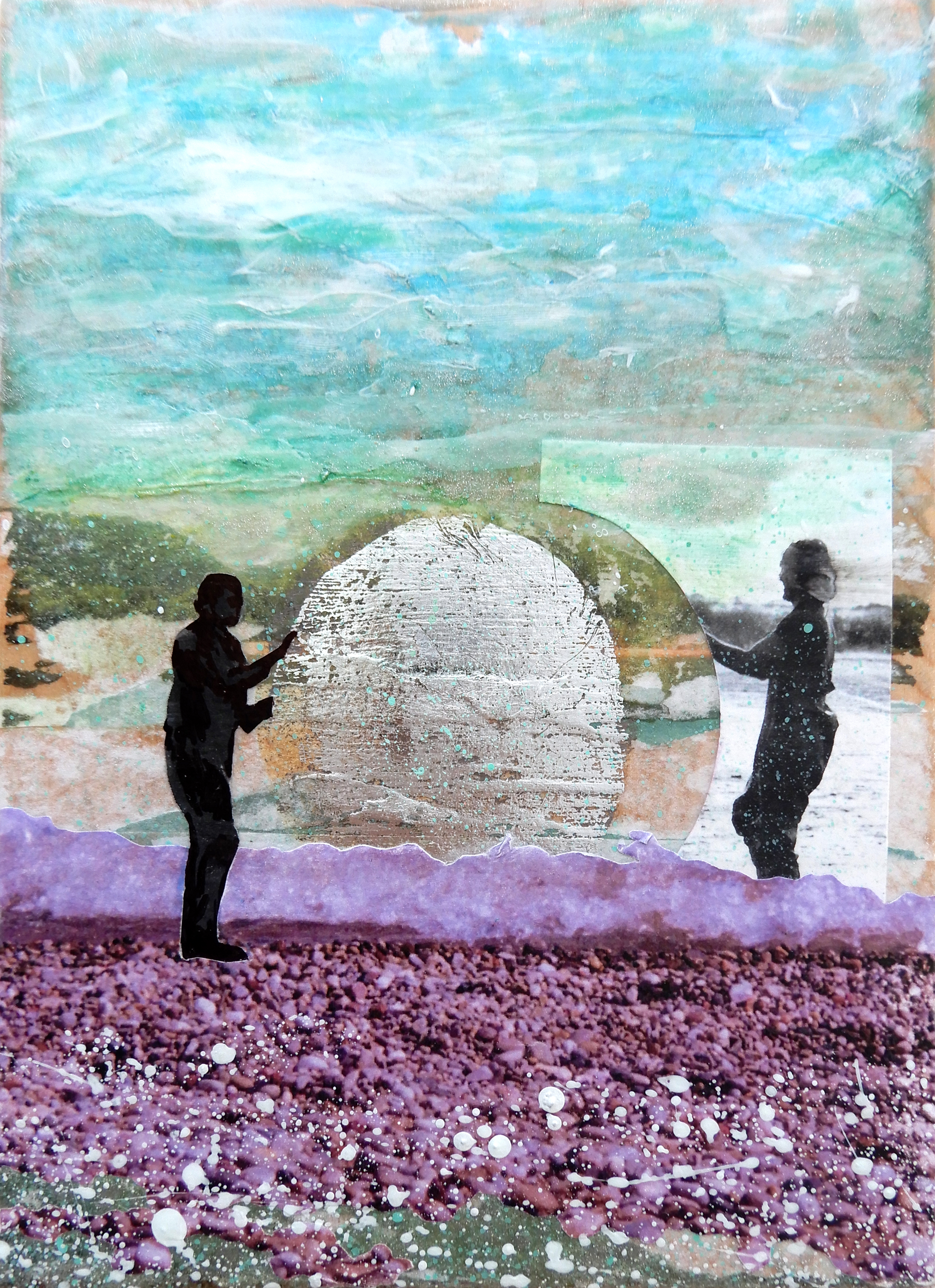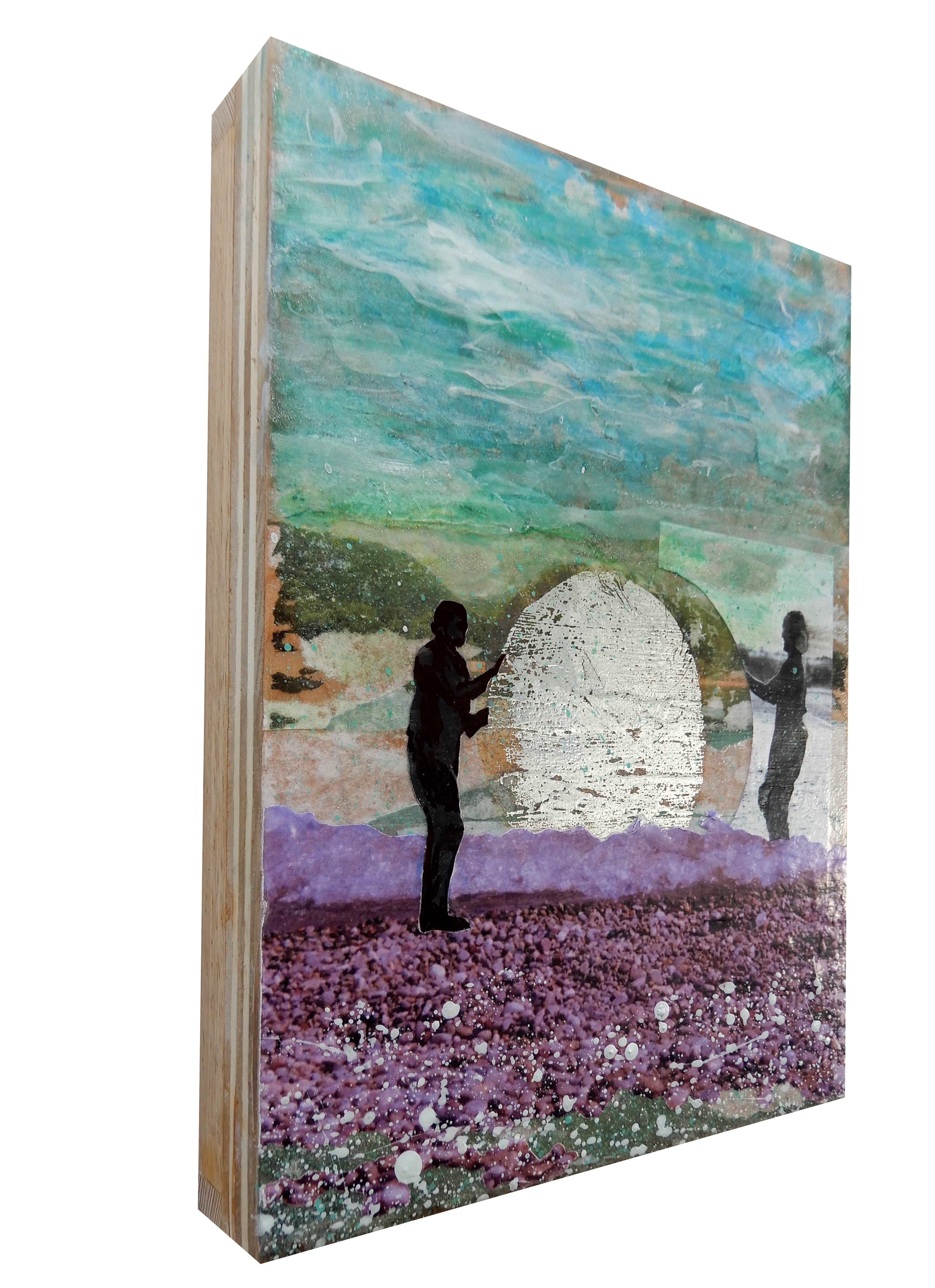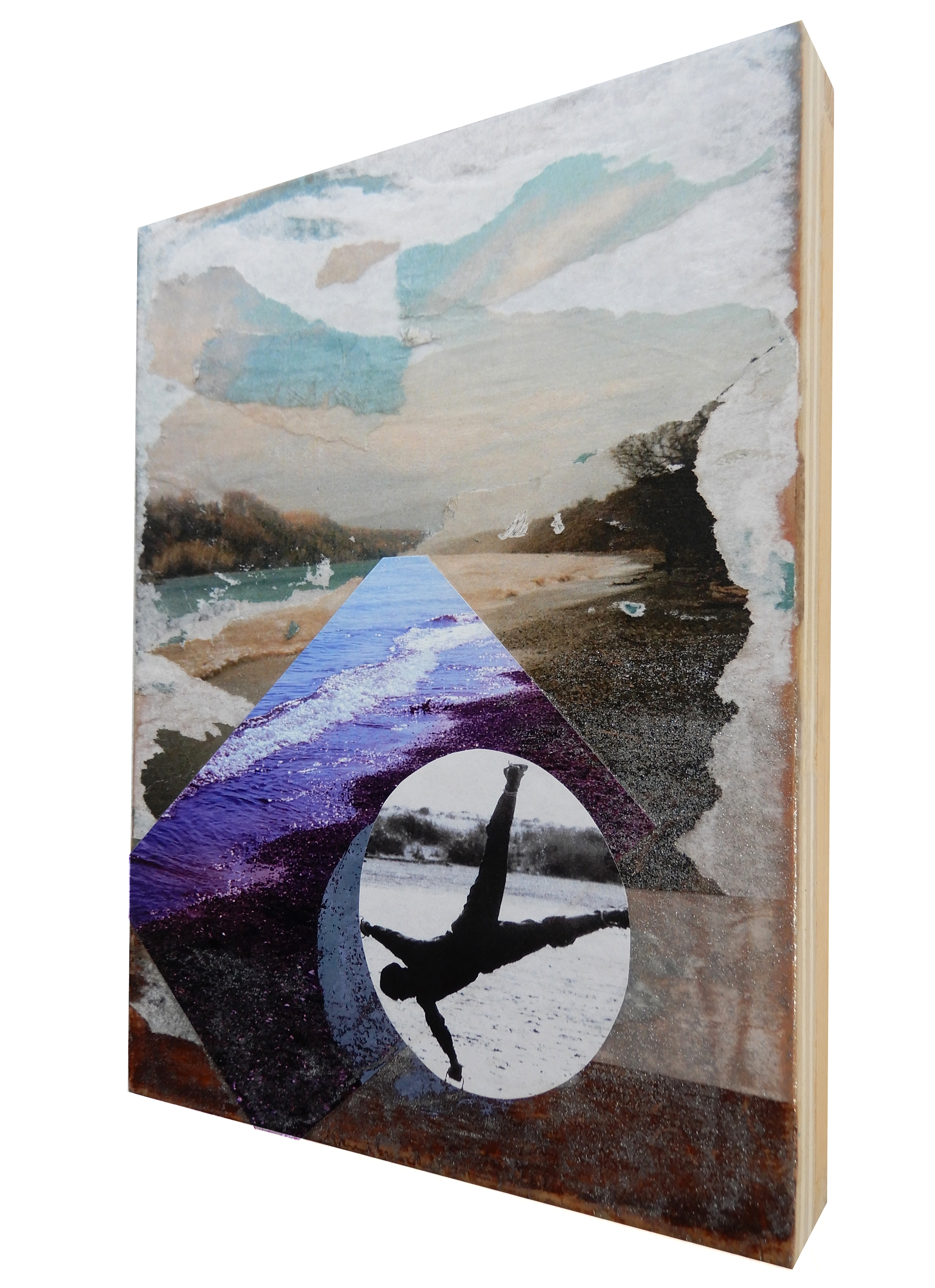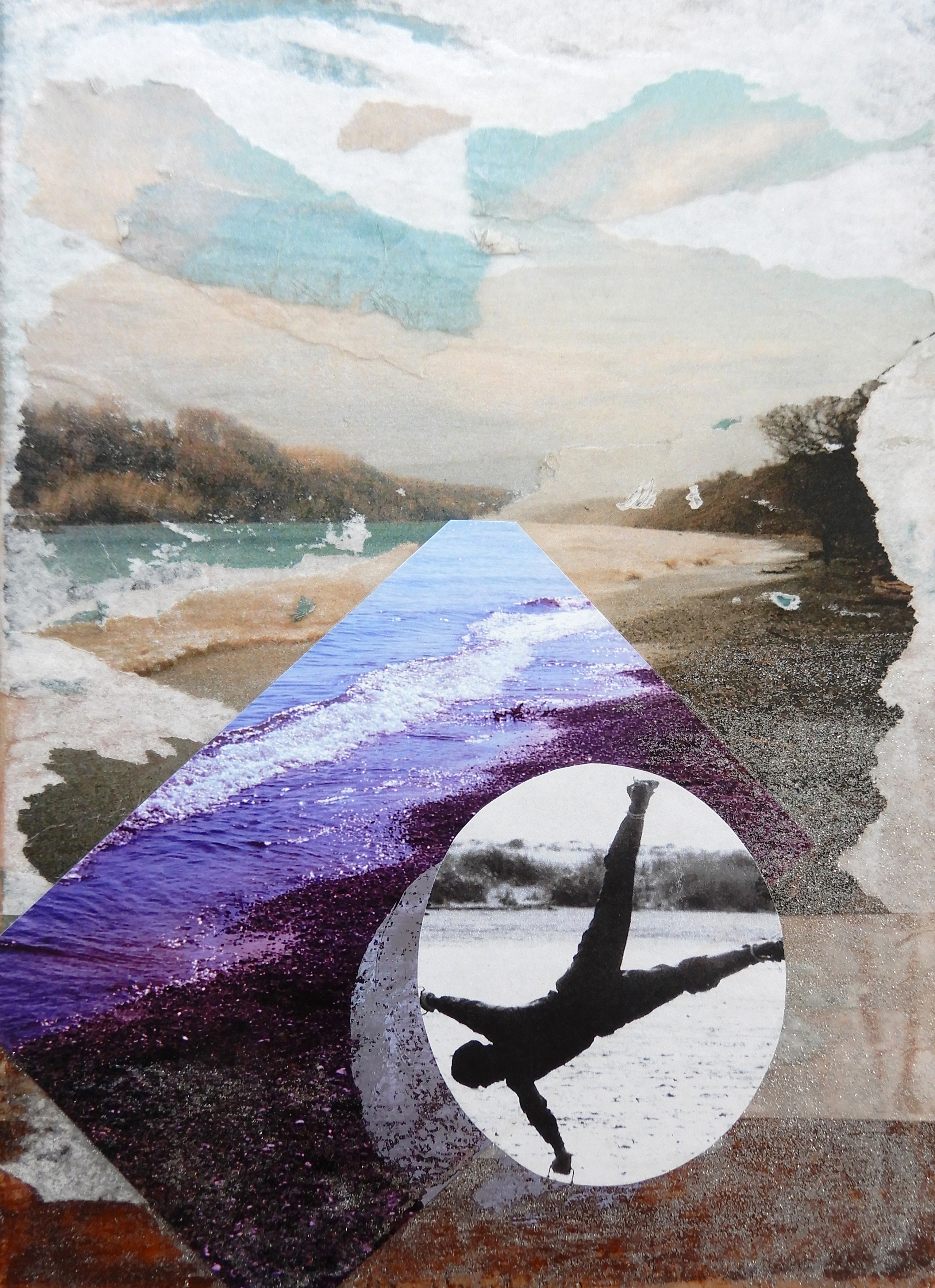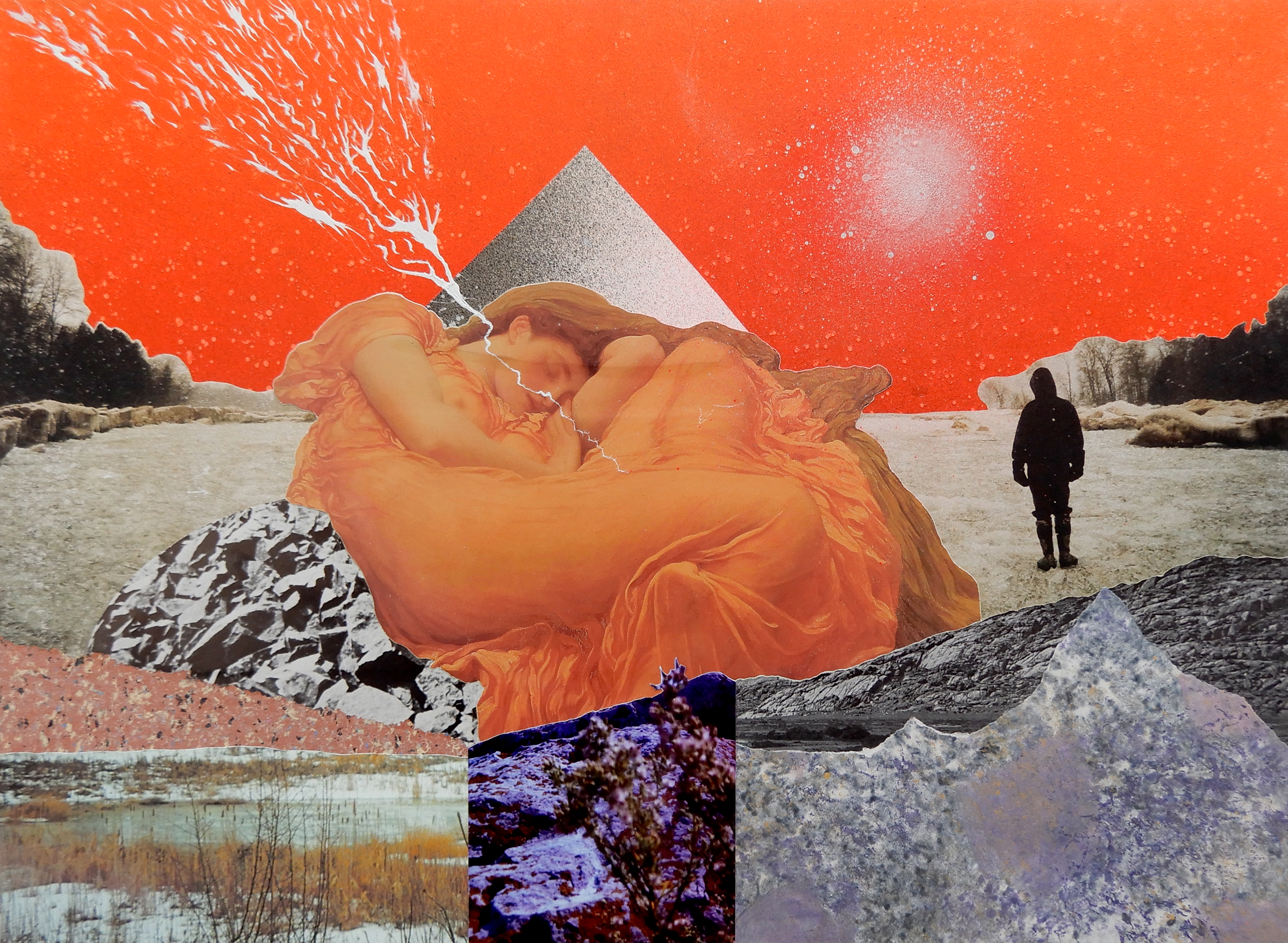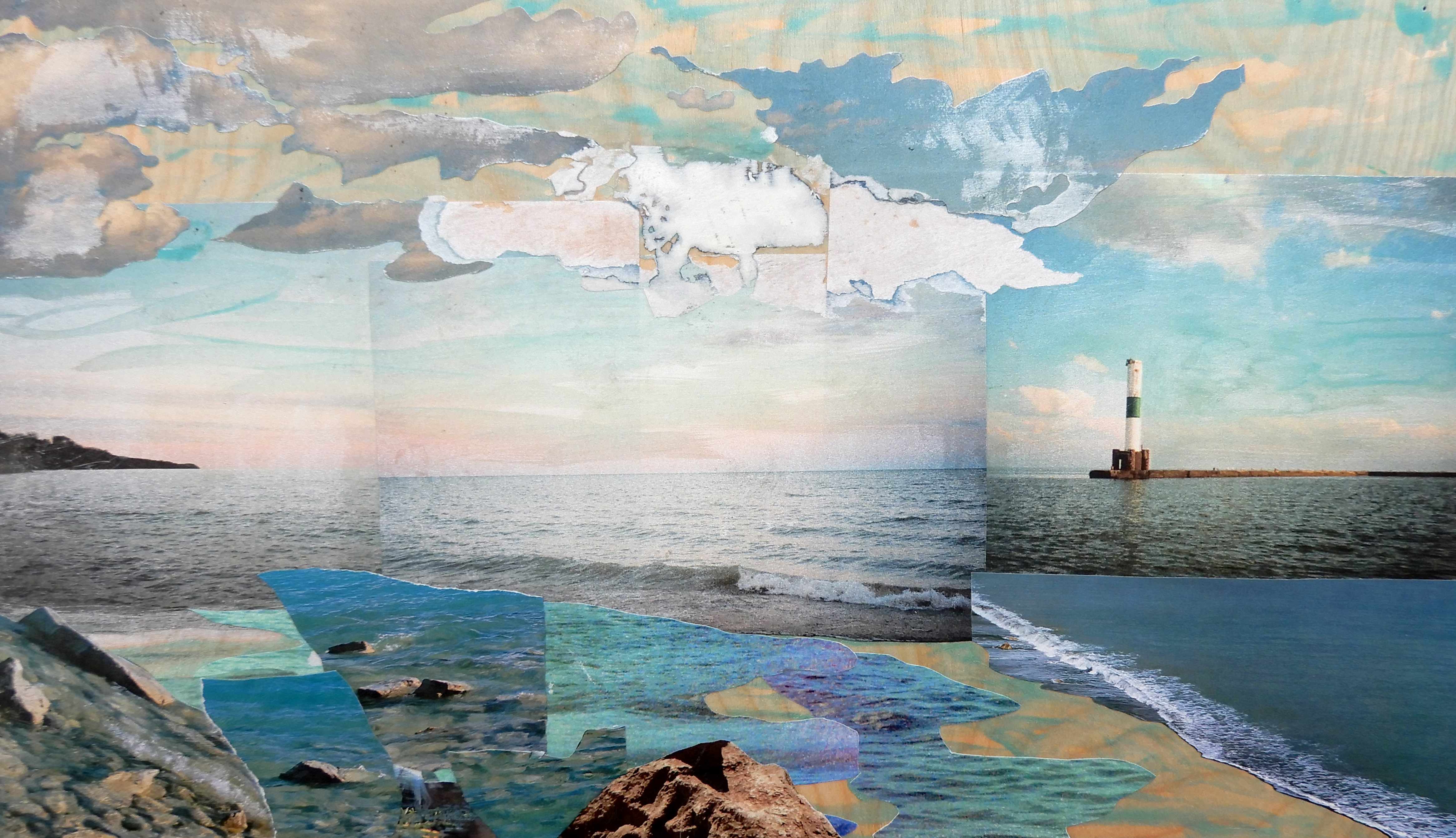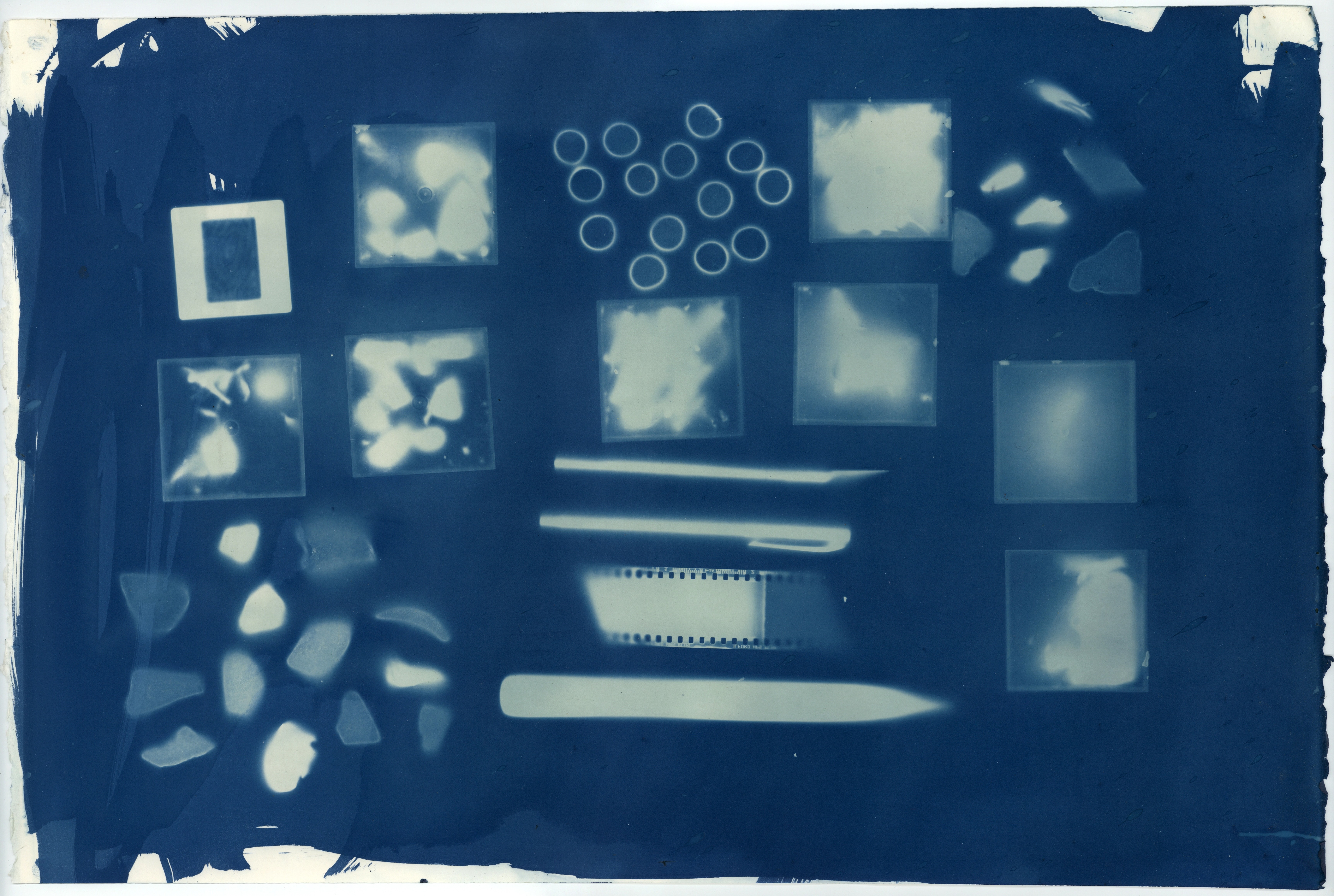
In June 2025, I joined a remarkable cohort of artists, poets, researchers, and community advocates for Pool V, a week-long workshop facilitated by artists Sonja Thomsen and Thom Bridge, held along the freshwater coast of Lake Michigan in Milwaukee, Wisconsin. Rooted in their ongoing transnational collaboration Pool, this fifth iteration extended beyond material explorations to engage urgent local and global concerns around water, access, and climate.
My own response to the week’s research took shape through a series of cyanotypes, created using samples collected by the artists from Harborview Plaza, a site that sits at the intersection of industry, public space, and ecological transition. Working with these materials—filtered through sun, water, and time—allowed me to reflect on the tensions between beauty and extractivism, care and consumption.
Conversations throughout the week were shaped by insights from the UW-Milwaukee School of Freshwater Sciences, and the broader context of rapid data center development in the region. As water continues to be framed as both resource and commodity, we explored questions around allegiance, accessibility, and the ethics of use, asking what it means to live and make art in proximity to a body of water that is both abundant and increasingly contested.
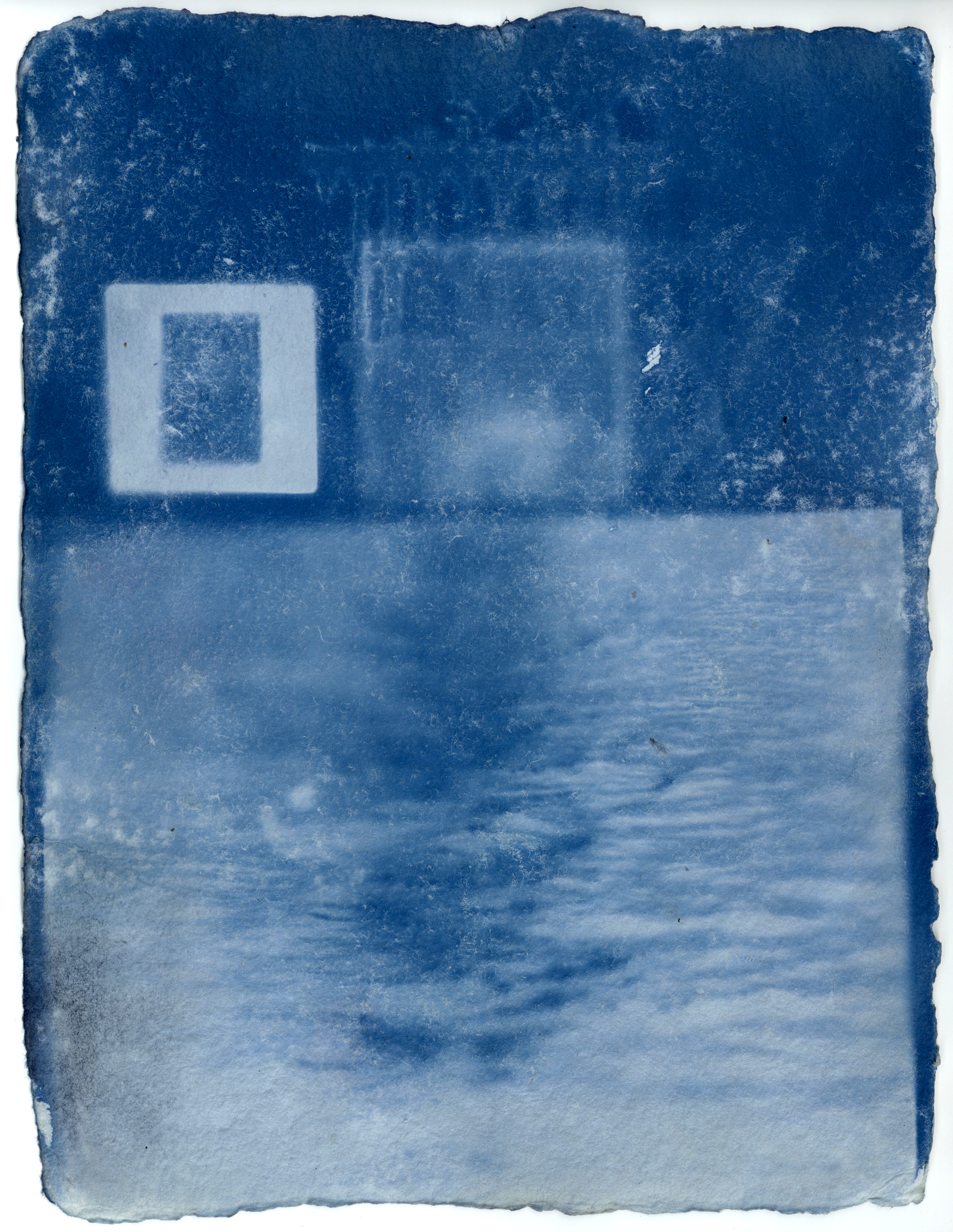
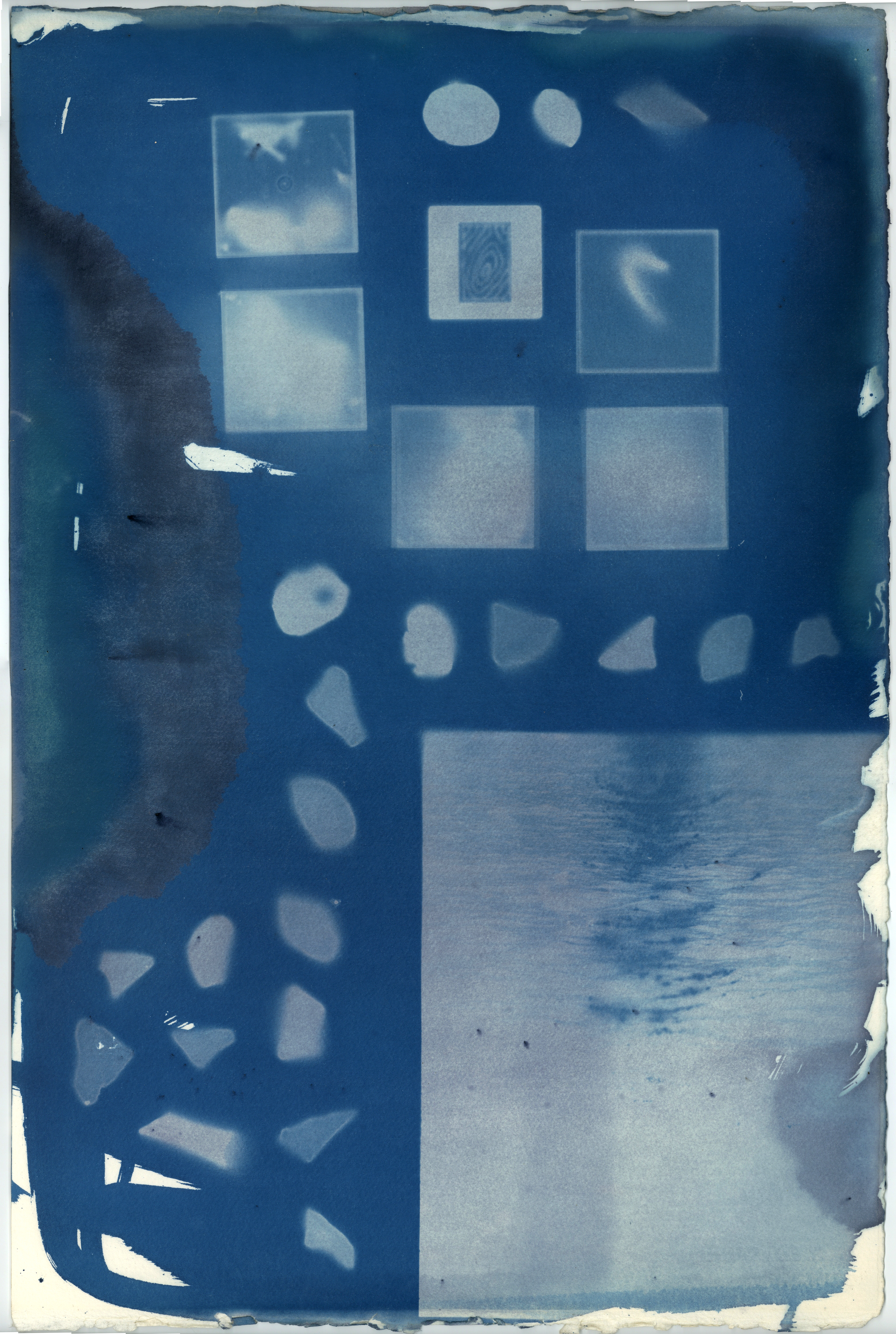
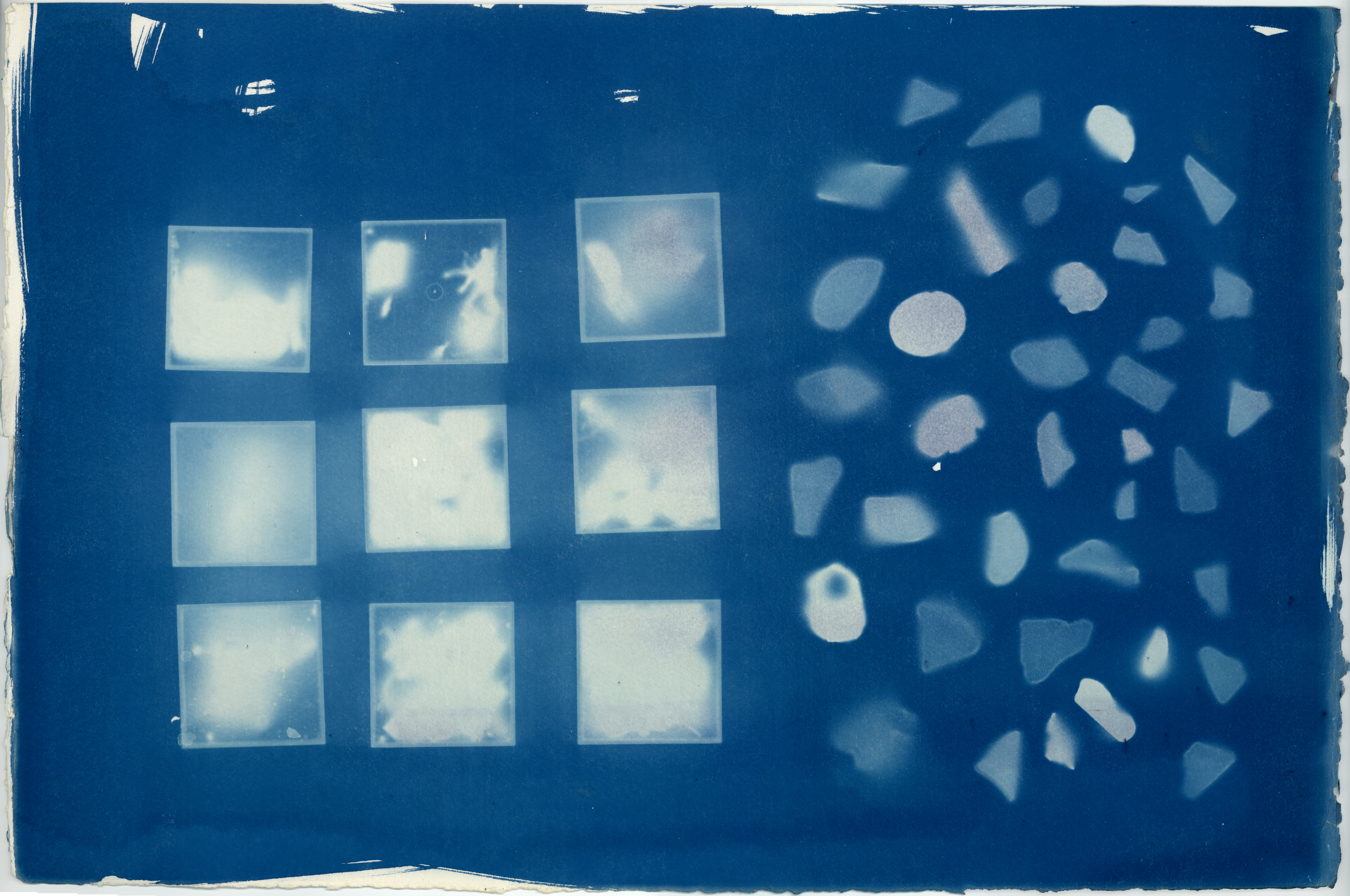
Pool V was not only a site of making, but also of deep listening and exchange. It created space for shared learning and interdisciplinary inquiry, drawing connections between personal practice and collective responsibility. Throughout the week, we gathered with an incredible network of contributors who enriched our dialogues:
Collaborating Presenters
-
Brenda Cárdenas, Wisconsin Poet Laureate
-
Benjamin Peterson, School of Freshwater Sciences
-
Emma Ehrlich, Water Policy Specialist
-
Kristen Gaylord, Herzfeld Curator of Photography and Media Arts, Milwaukee Art Museum
- Jennifer Current, Landscape Architect & Conservation Biologist
- Regina Agu, Visual Artist, Writer & Researcher
-
Katie Stensberg, Milwaukee Harbor District
Participating Artists
It was an honor to work alongside this thoughtful and generous group:
It was an honor to work alongside this thoughtful and generous group:
- Katie Batten
- Tyanna Buie
- Billie Carter-Rankin
- Maeve Jackson
- Josee Pedneault
- Olivia Mikolai Ridge
- Kyle Seis
- George S.
- Amanda Smithivas
- Chuck Stebelton
- Siri Stensberg
🎞️ The week culminated in a public sharing of works-in-progress, alongside a curated screening of 16mm experimental films organized by Ben Balcom (beginning at 8:30pm), extending the conversations through moving image.
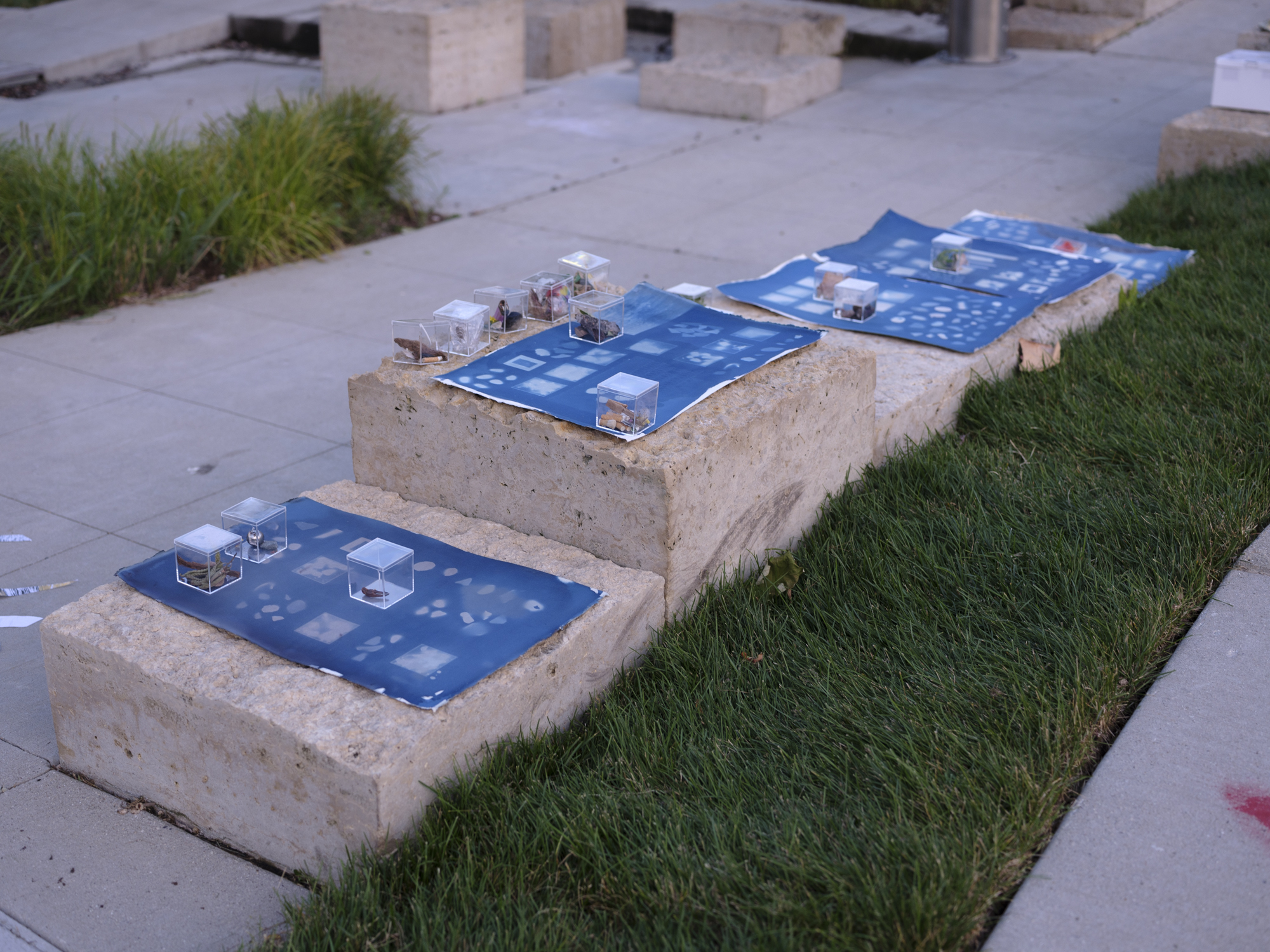


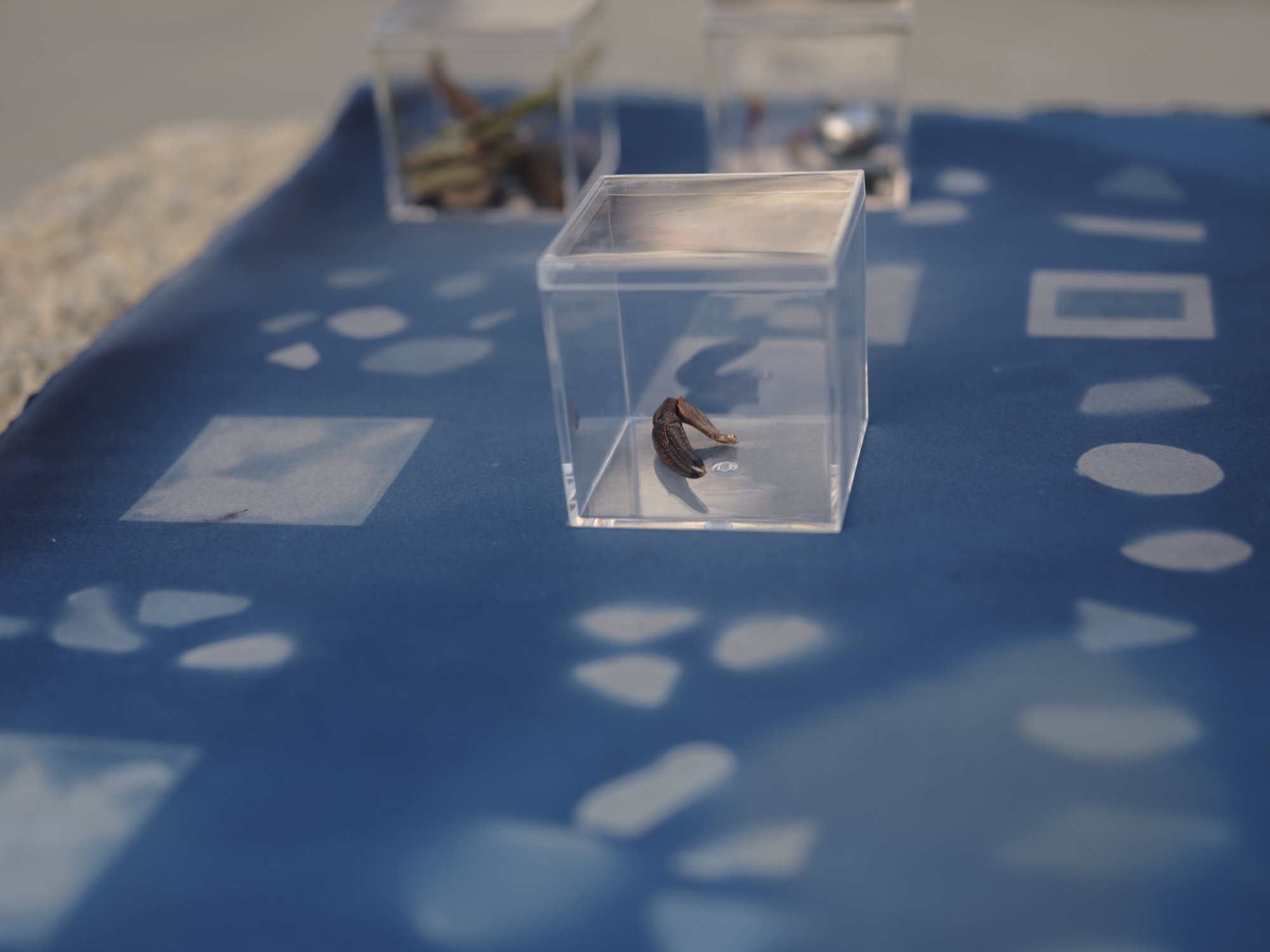












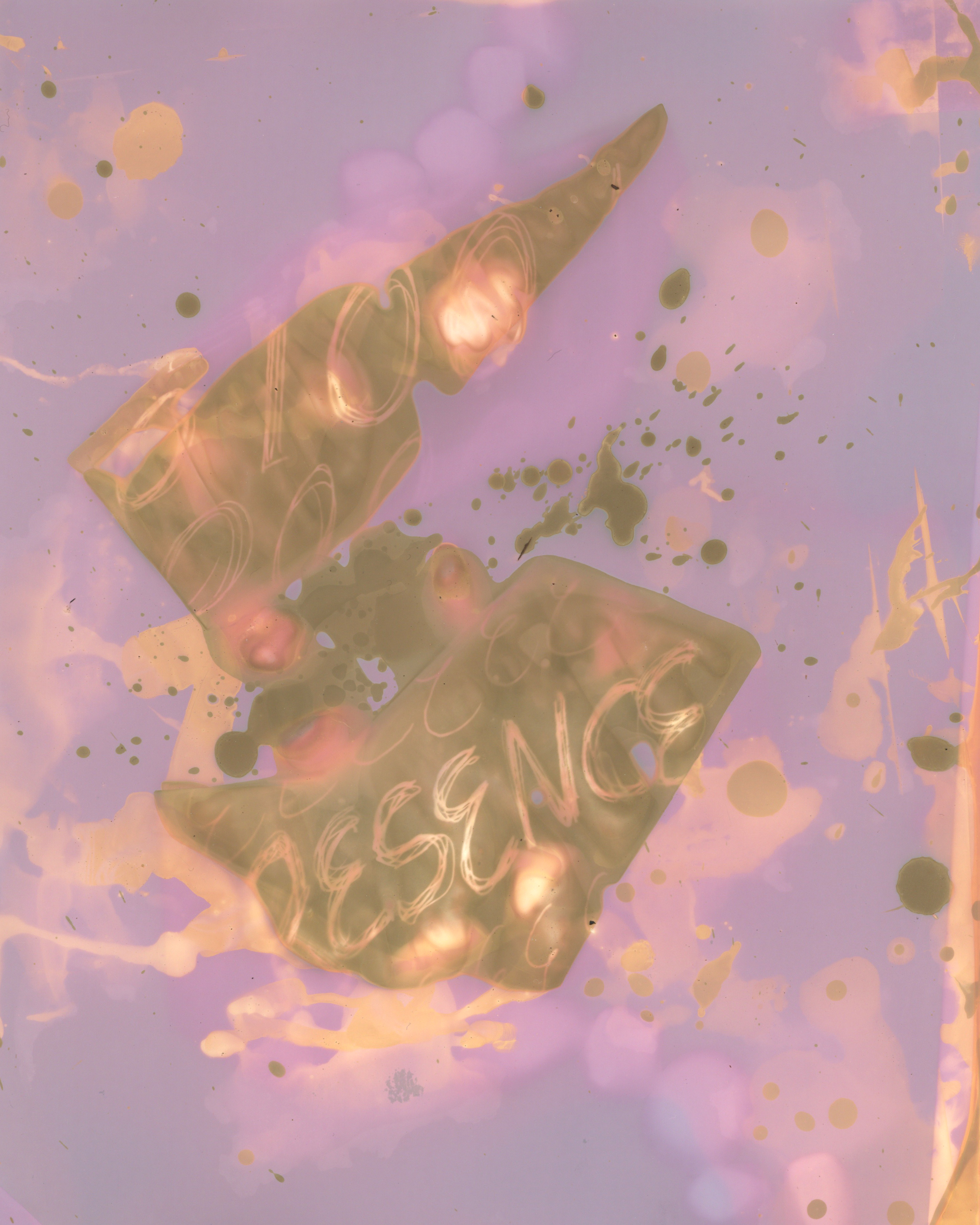






Pool V was made possible through The Open Fund via The Poor Farm, with generous support from The Andy Warhol Foundation for the Visual Arts and the Ruth Foundation for the Arts.
Embarking on a transformative six-week artist residency at the Peninsula School of Art in Fish Creek, Door County, I immersed myself in the enchanting winter, Bayside landscape. Every day, my ritualistic run through Peninsula State Park served as a foundation for inspiration. Drawn to the mesmerizing barn quilts that adorned the countryside, I translated their geometric allure into mandala-like tessellations, a daily visual journal of my residency.

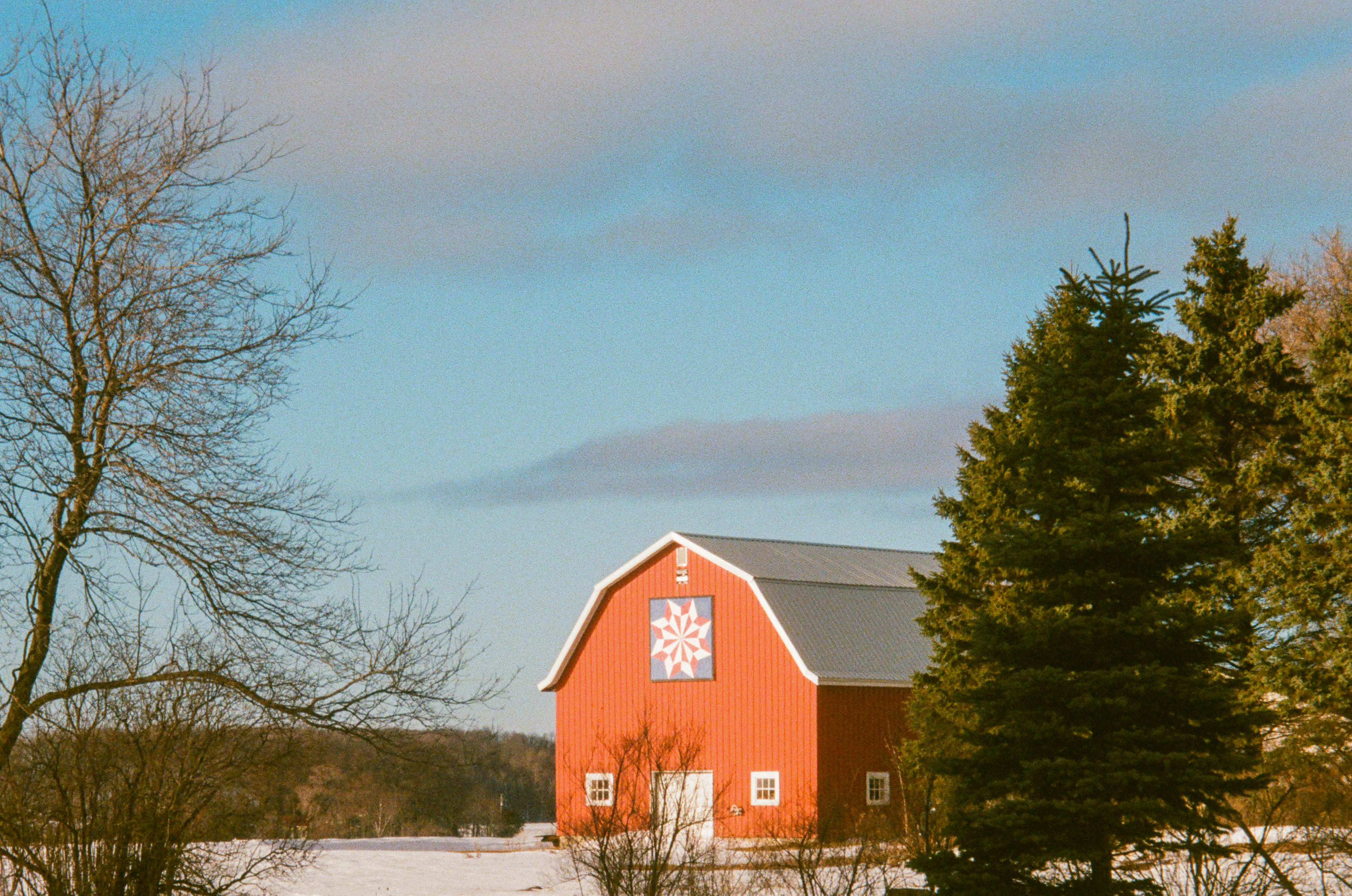

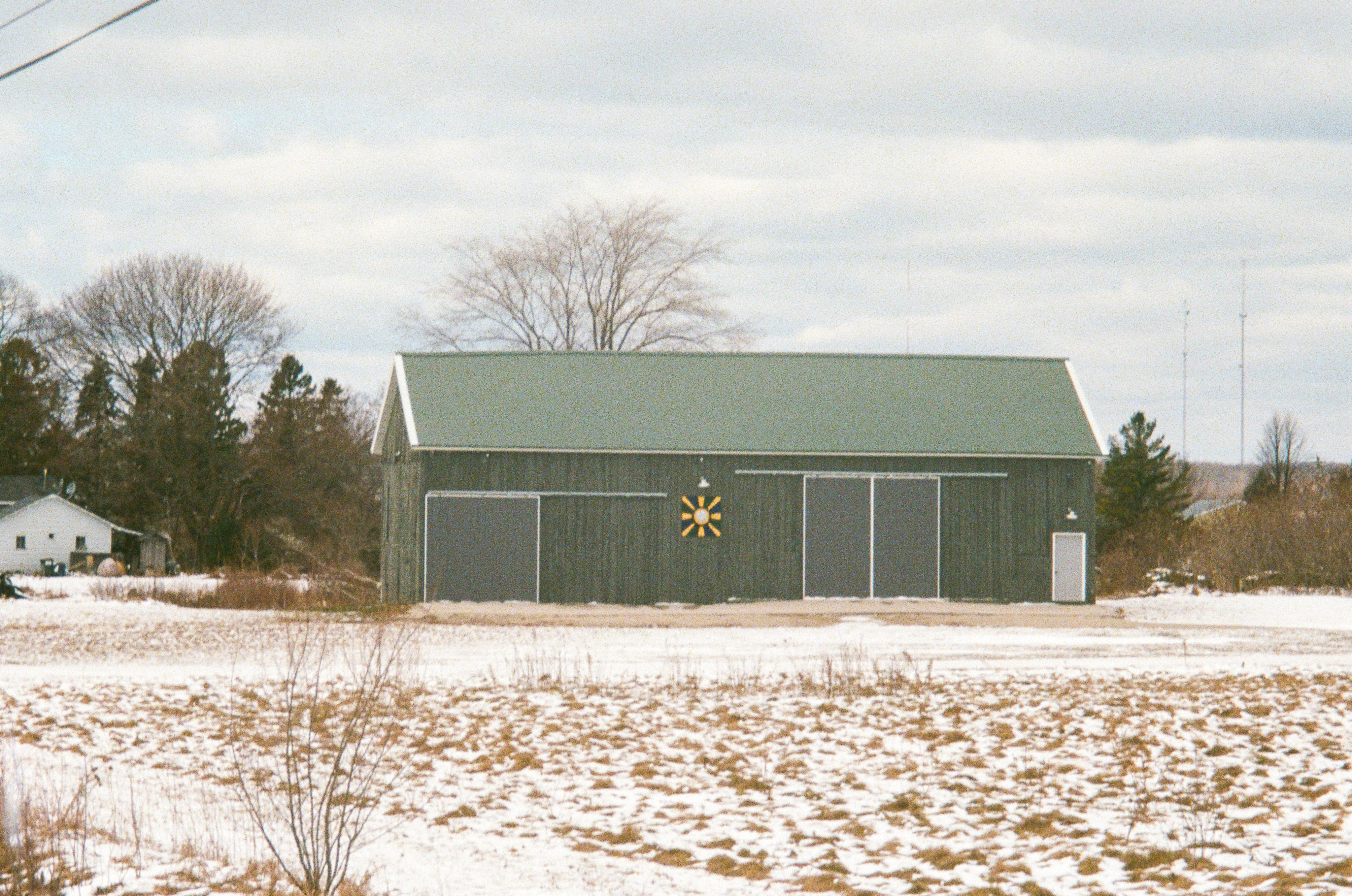
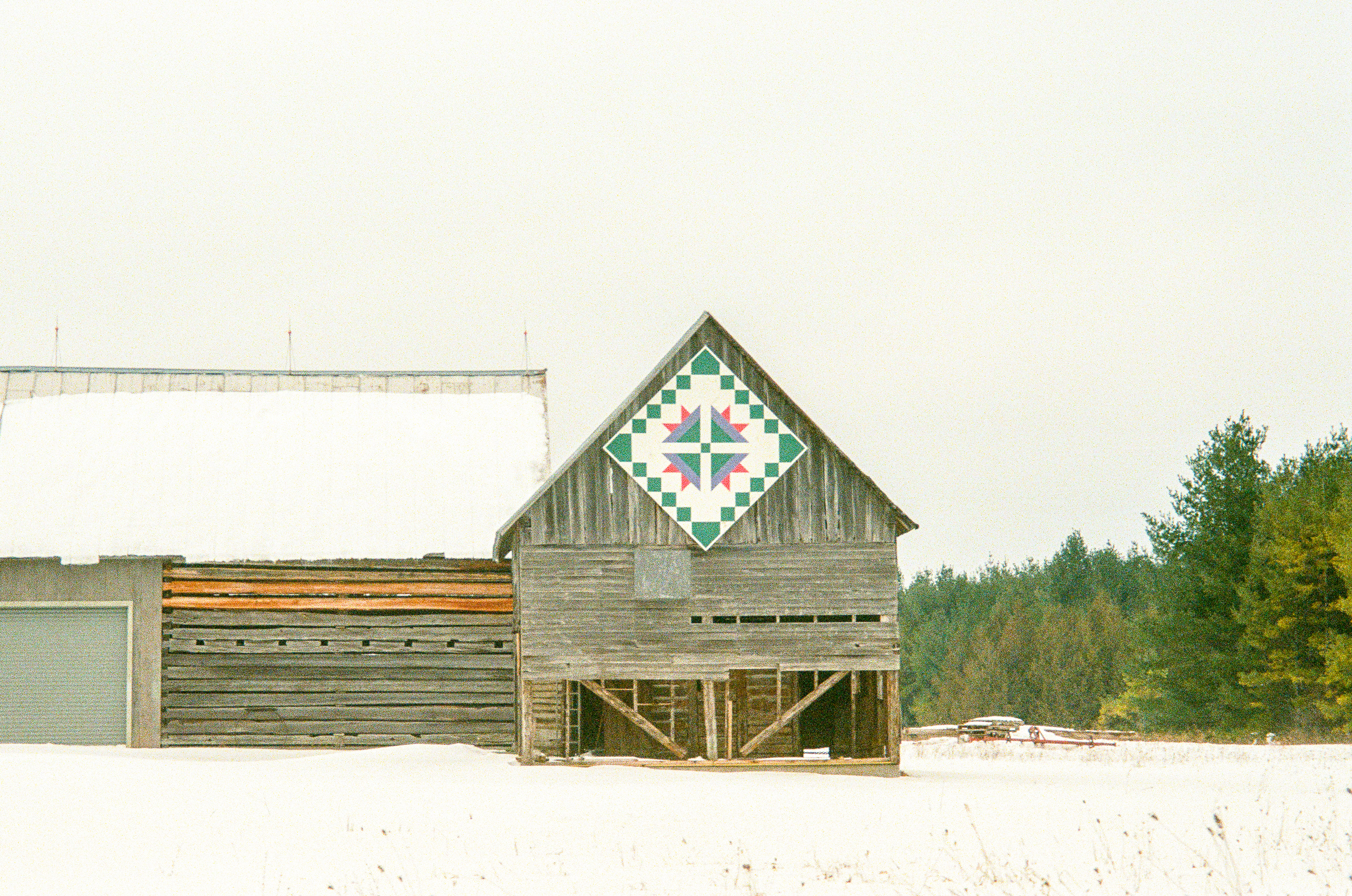


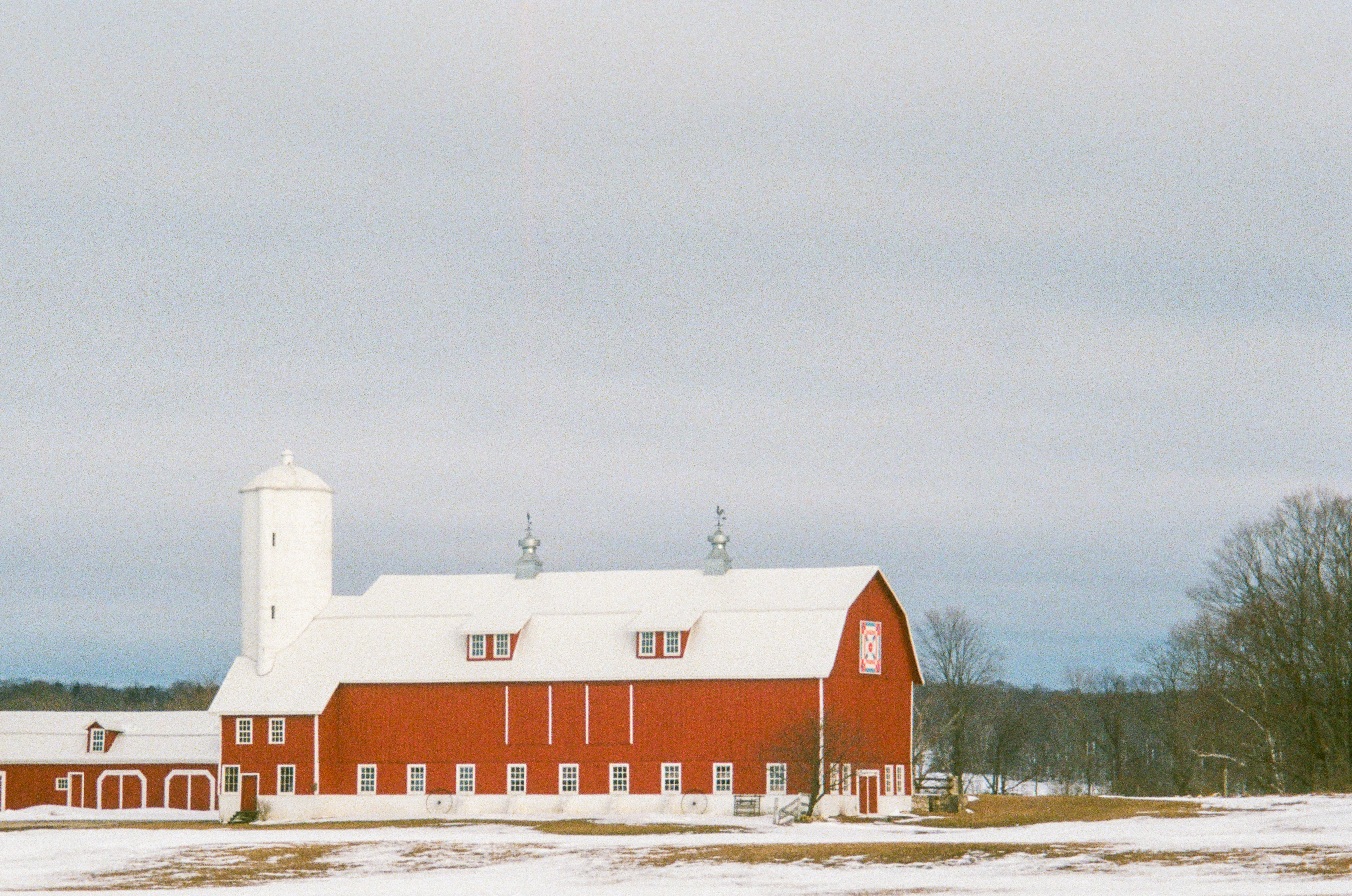
Crafted with meticulous precision, my body of work materializes through copic and prisma markers, alongside micronpen on watercolor paper. Thirty panels, mounted on reclaimed cedar planks sourced from Door County, intricately depict each day's experience in Fish Creek. The barn-inspired tessellations capture the essence of the rural surroundings, forming a symbolic tapestry of my residency journey.
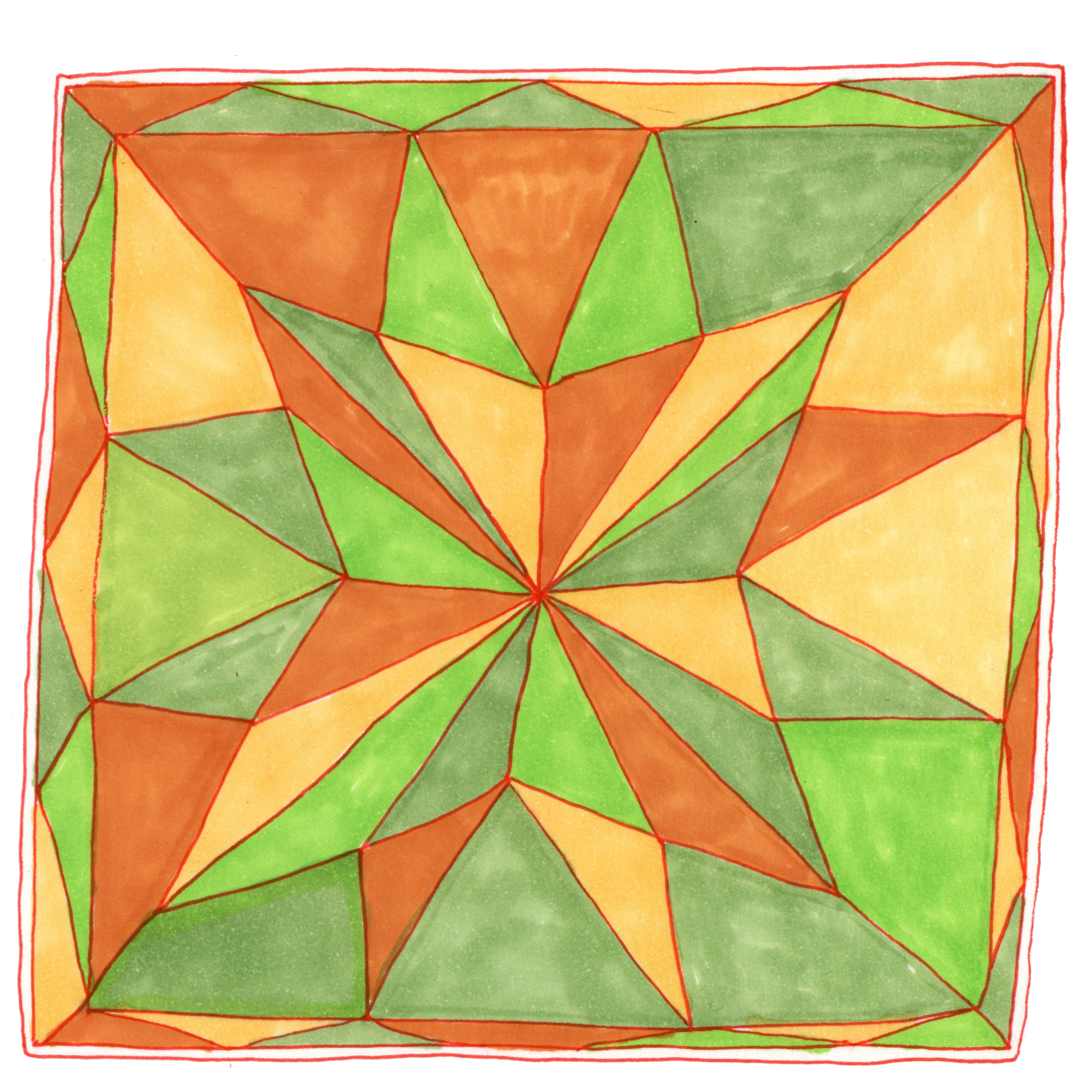




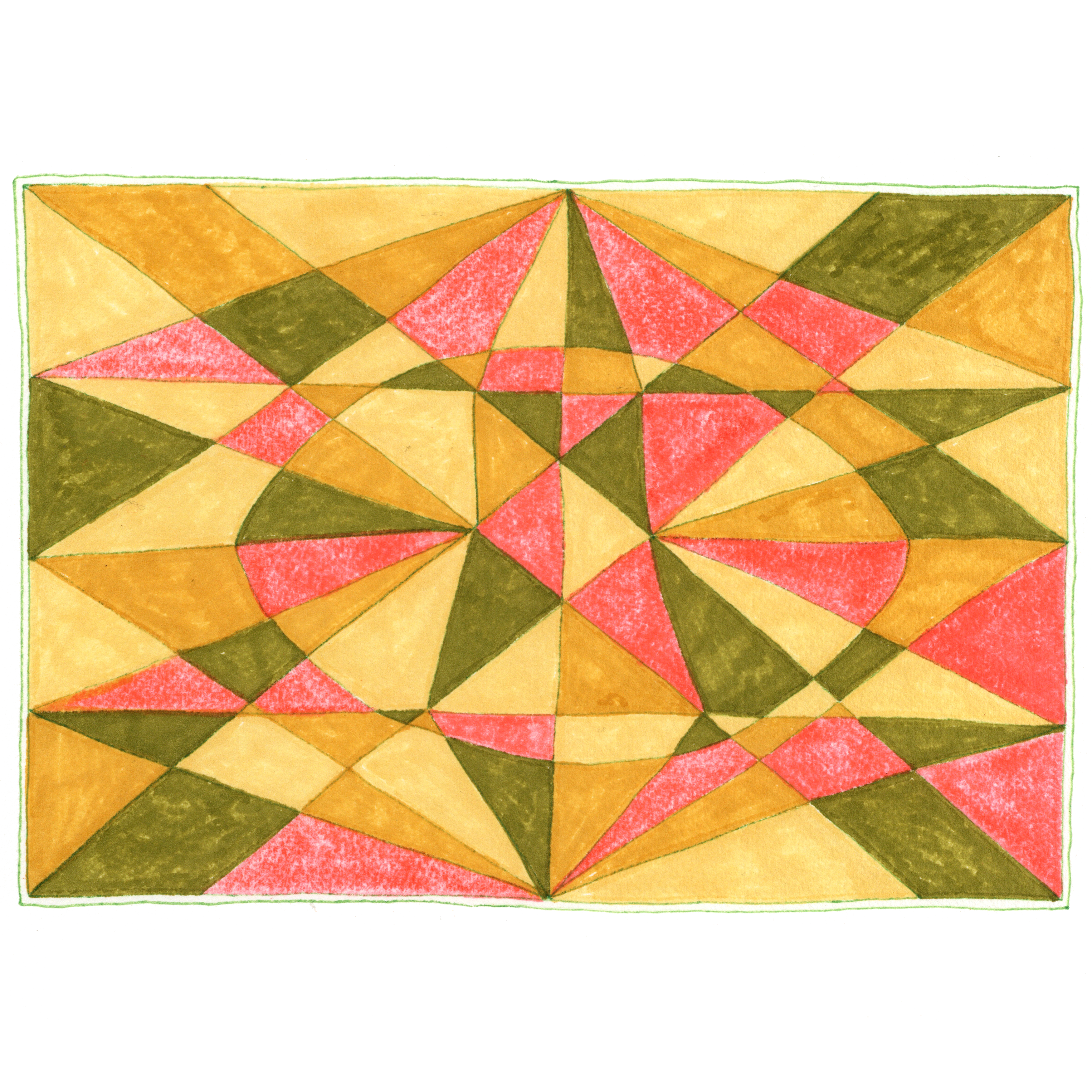
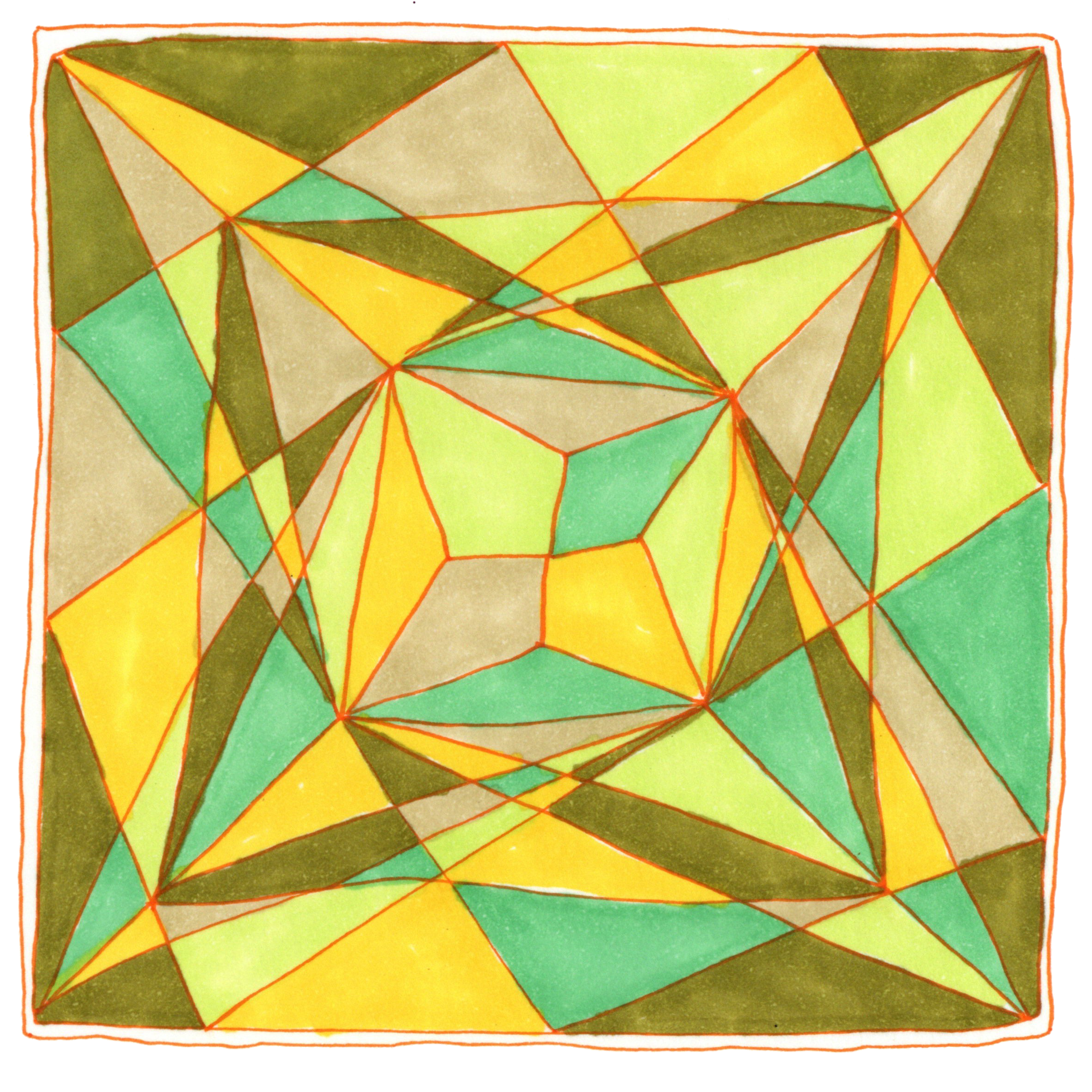



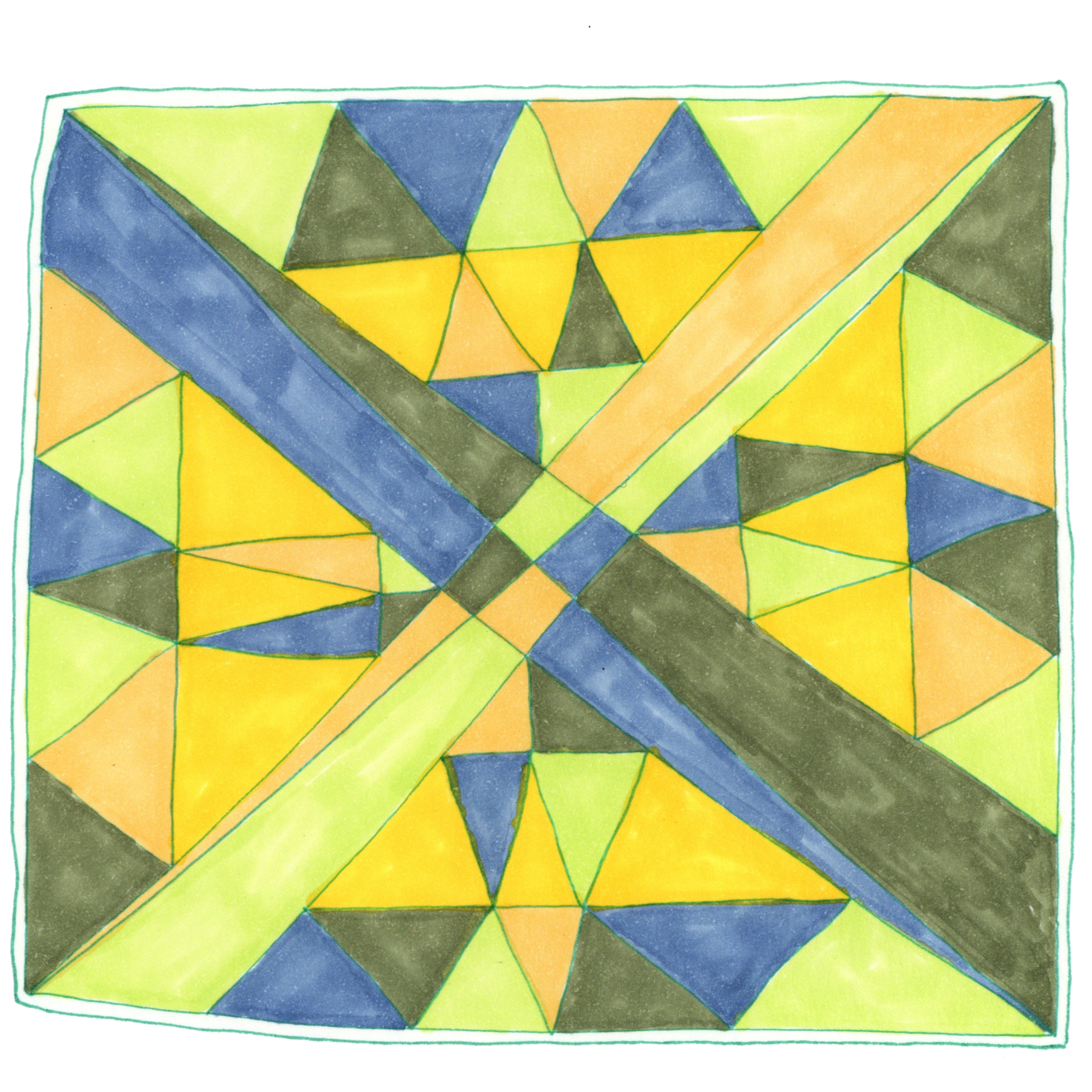



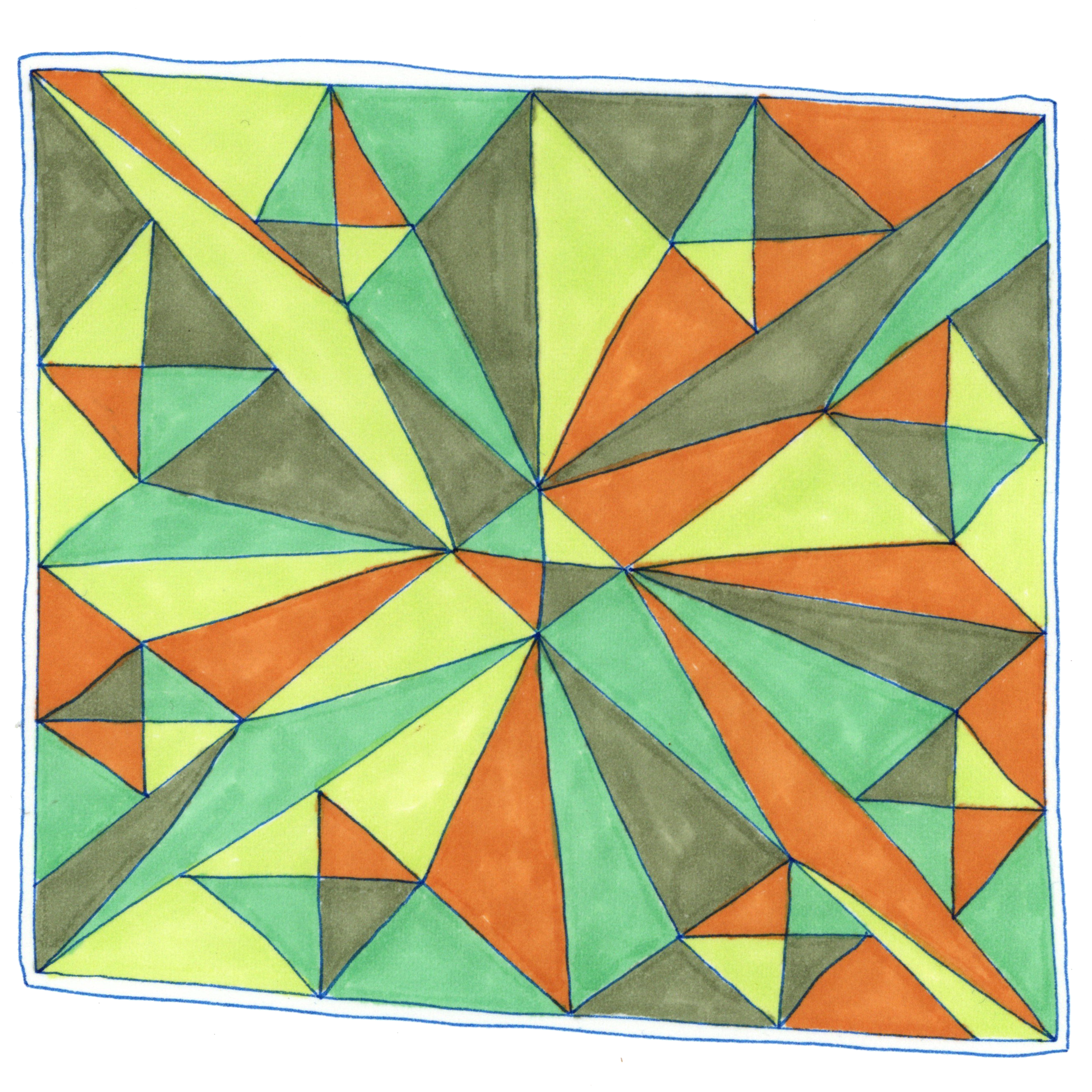
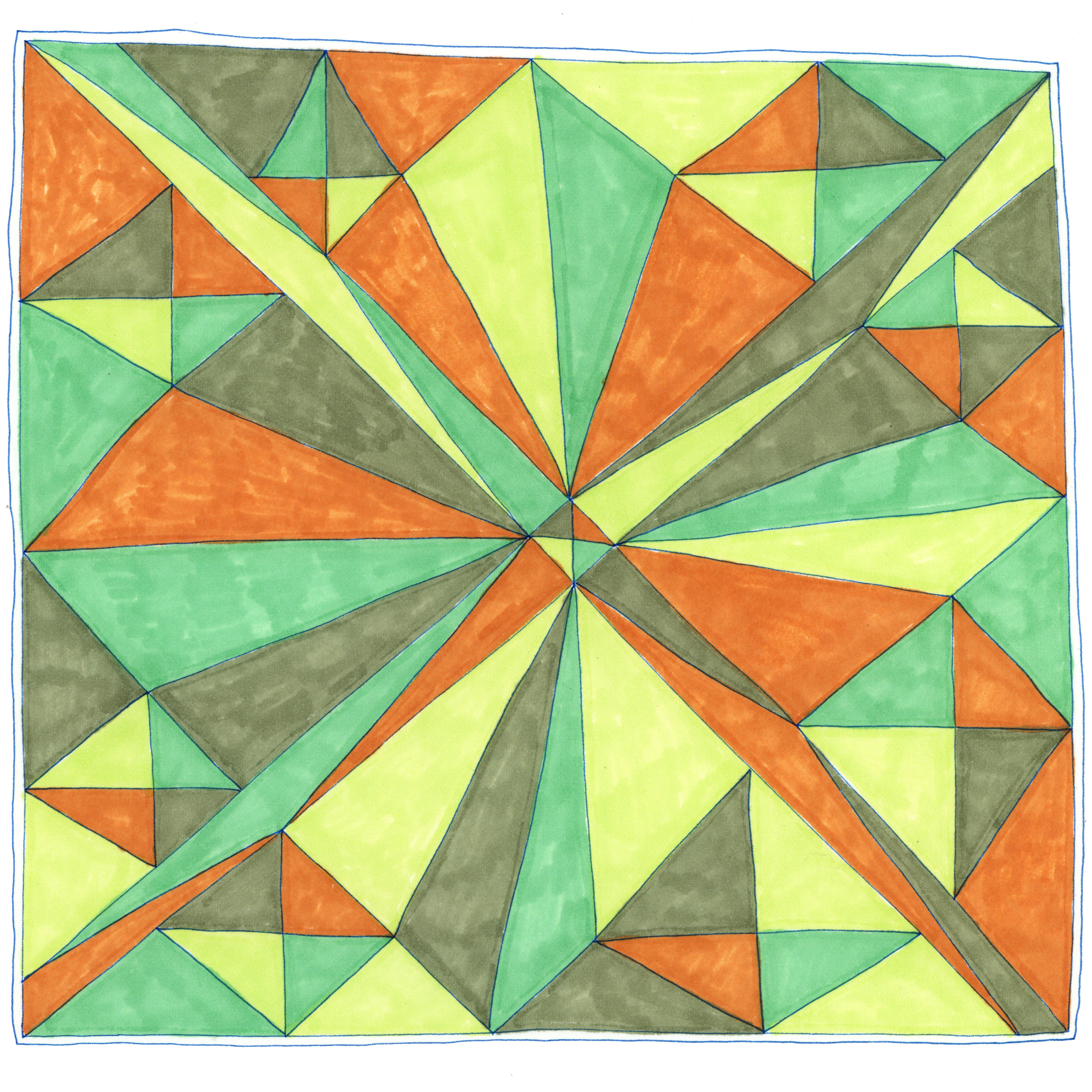




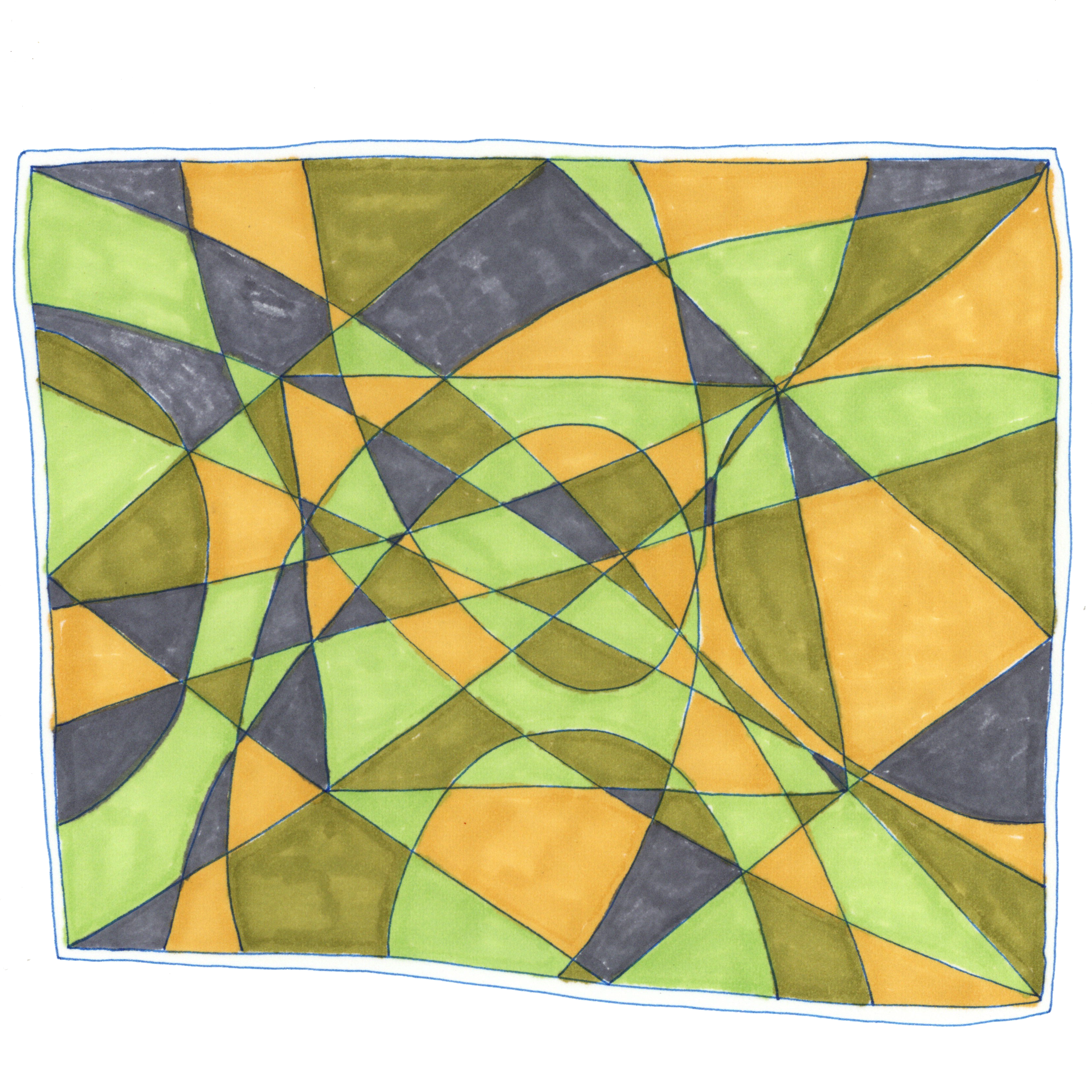

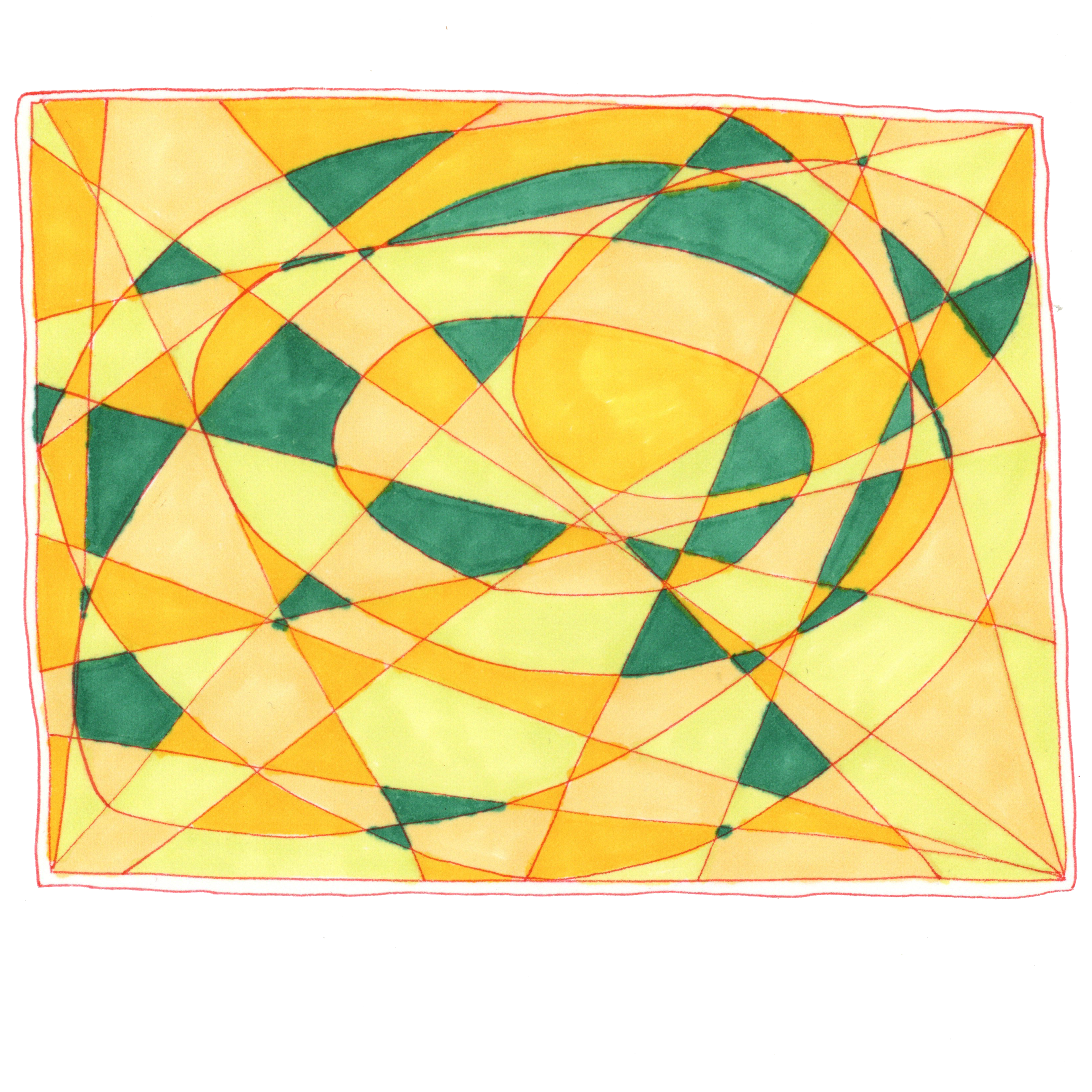



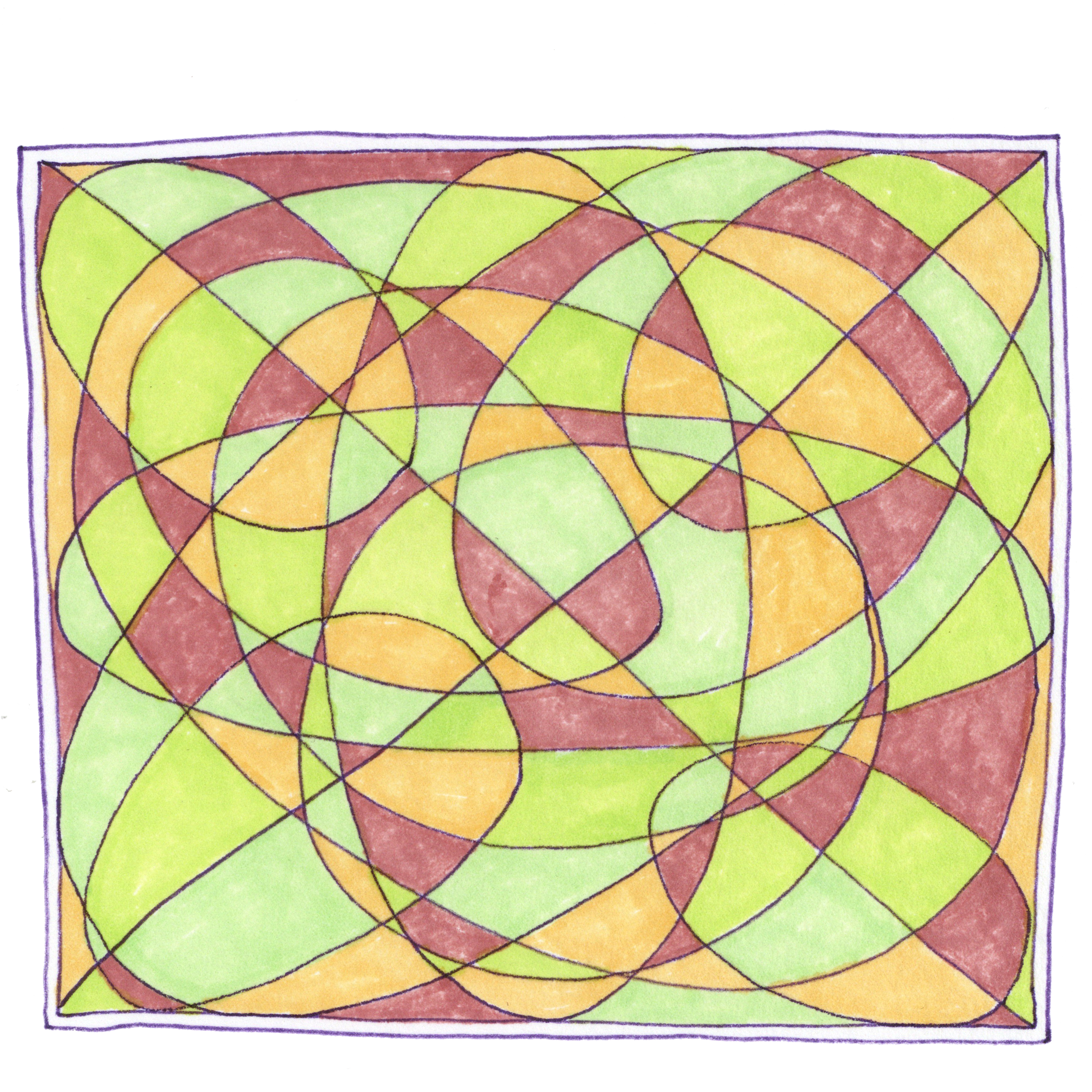
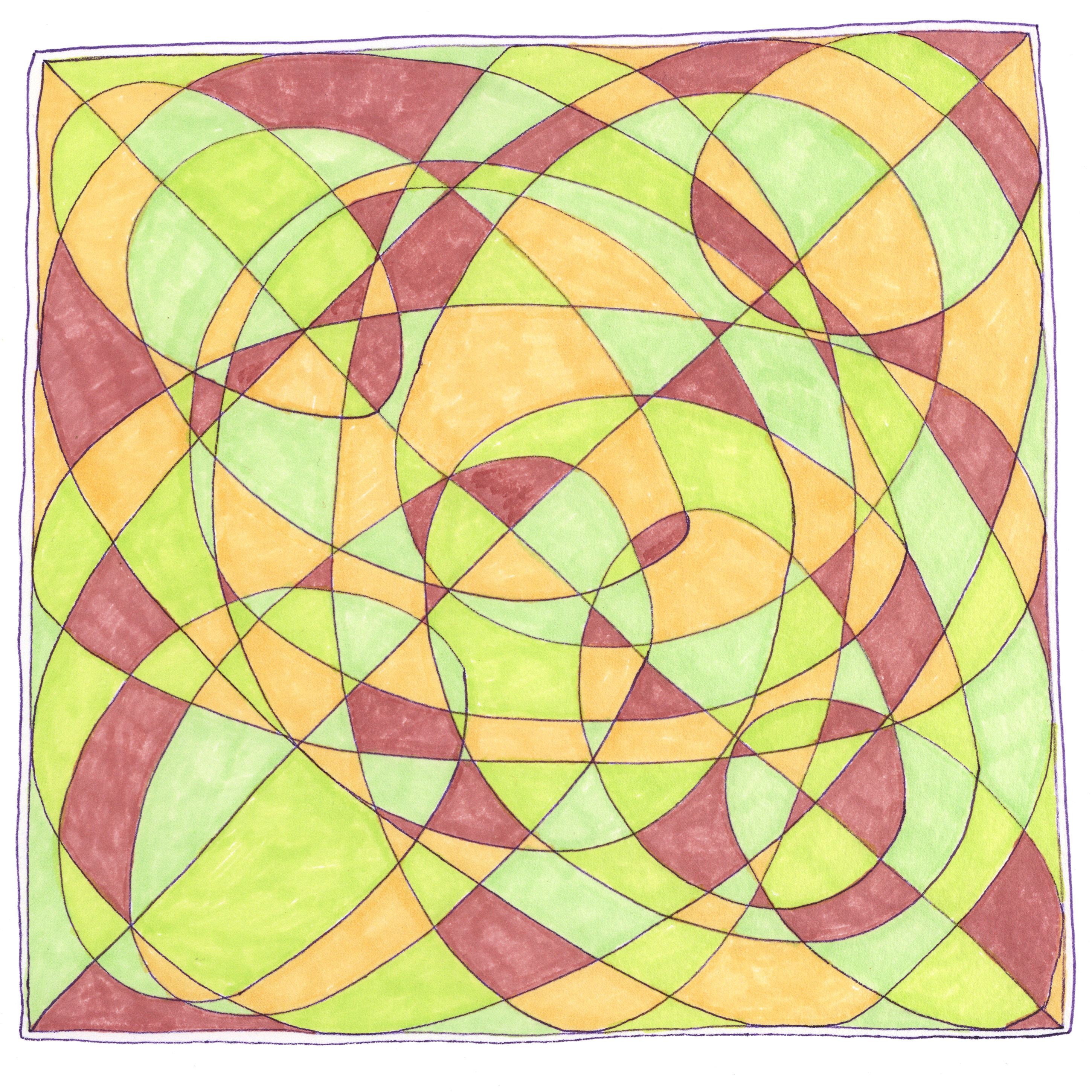
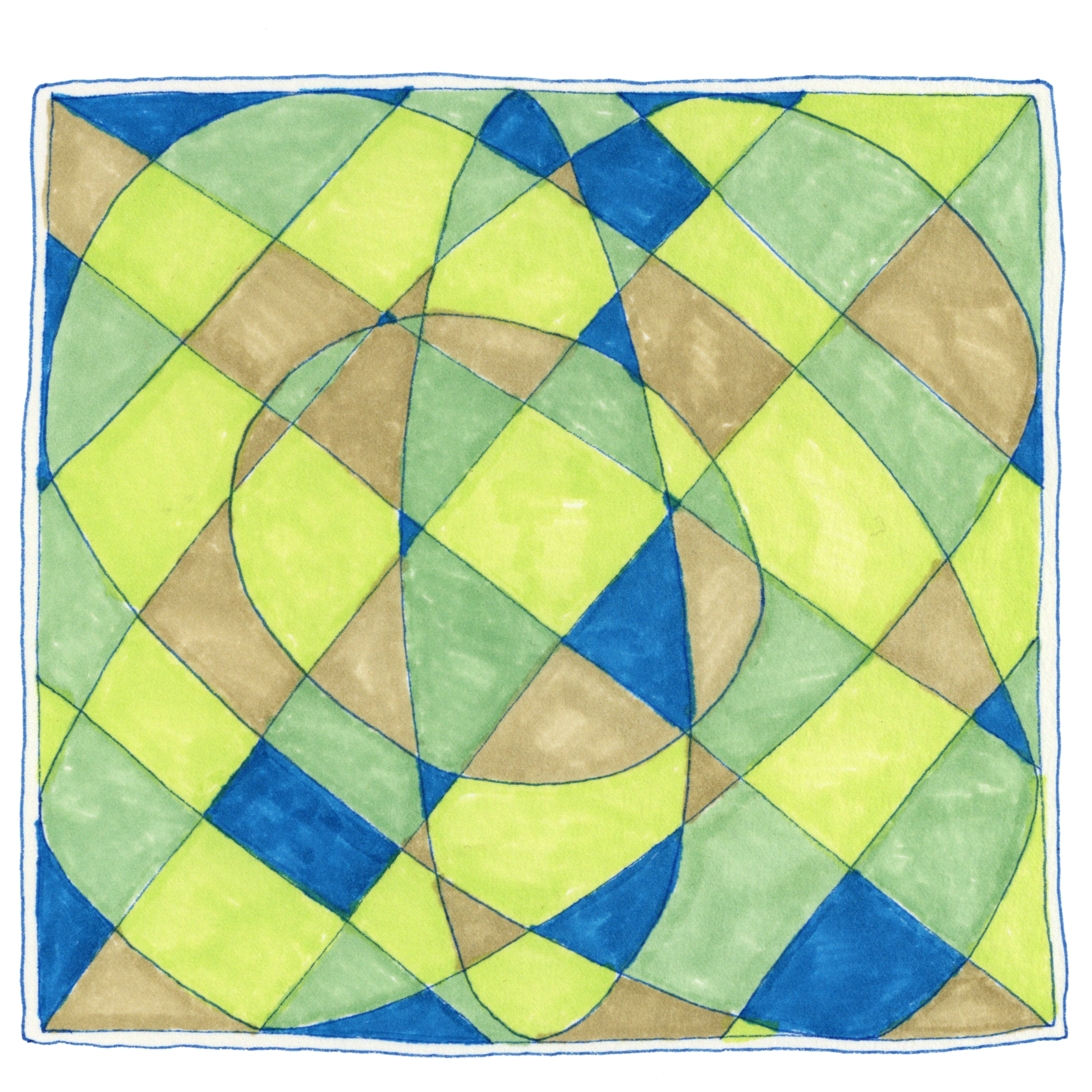

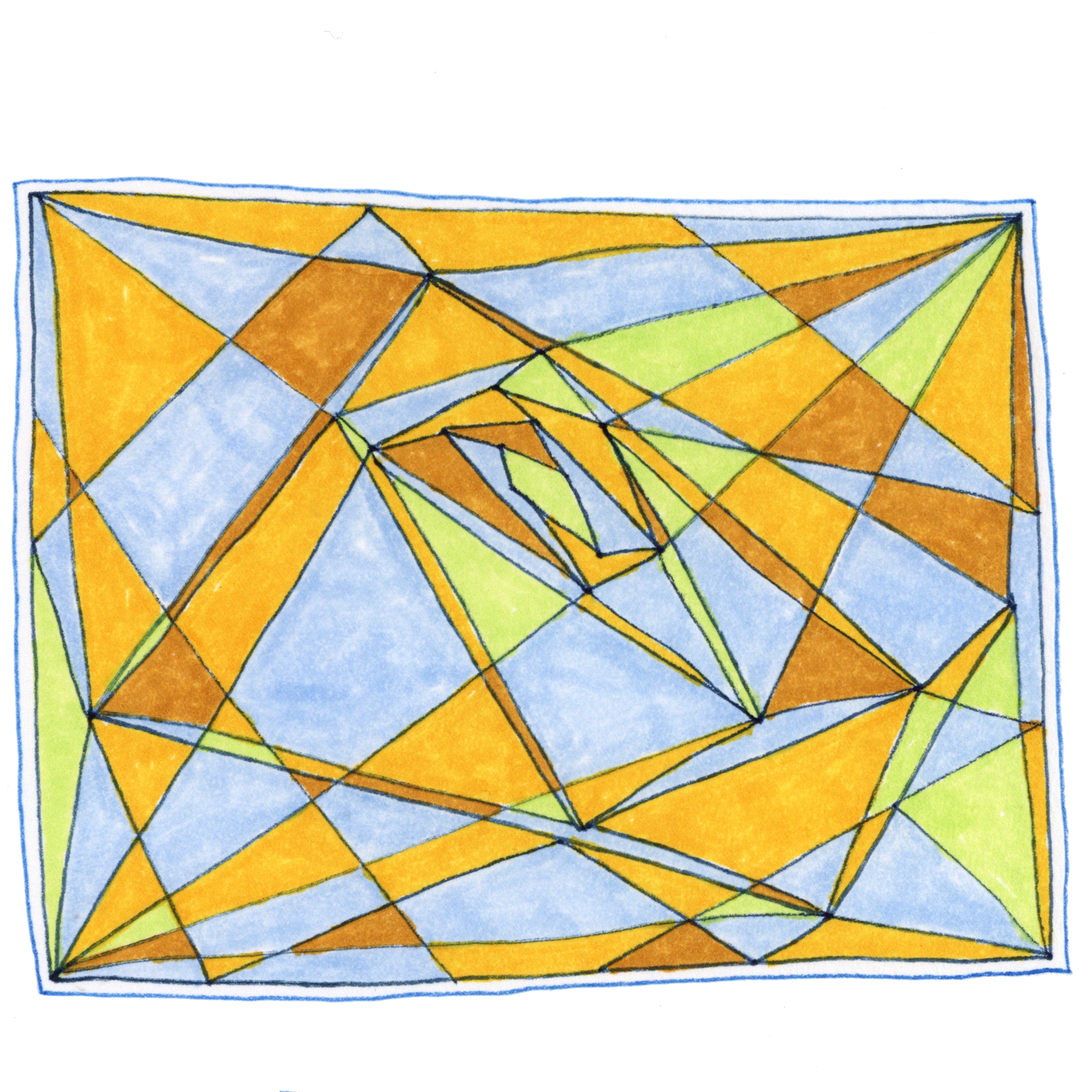







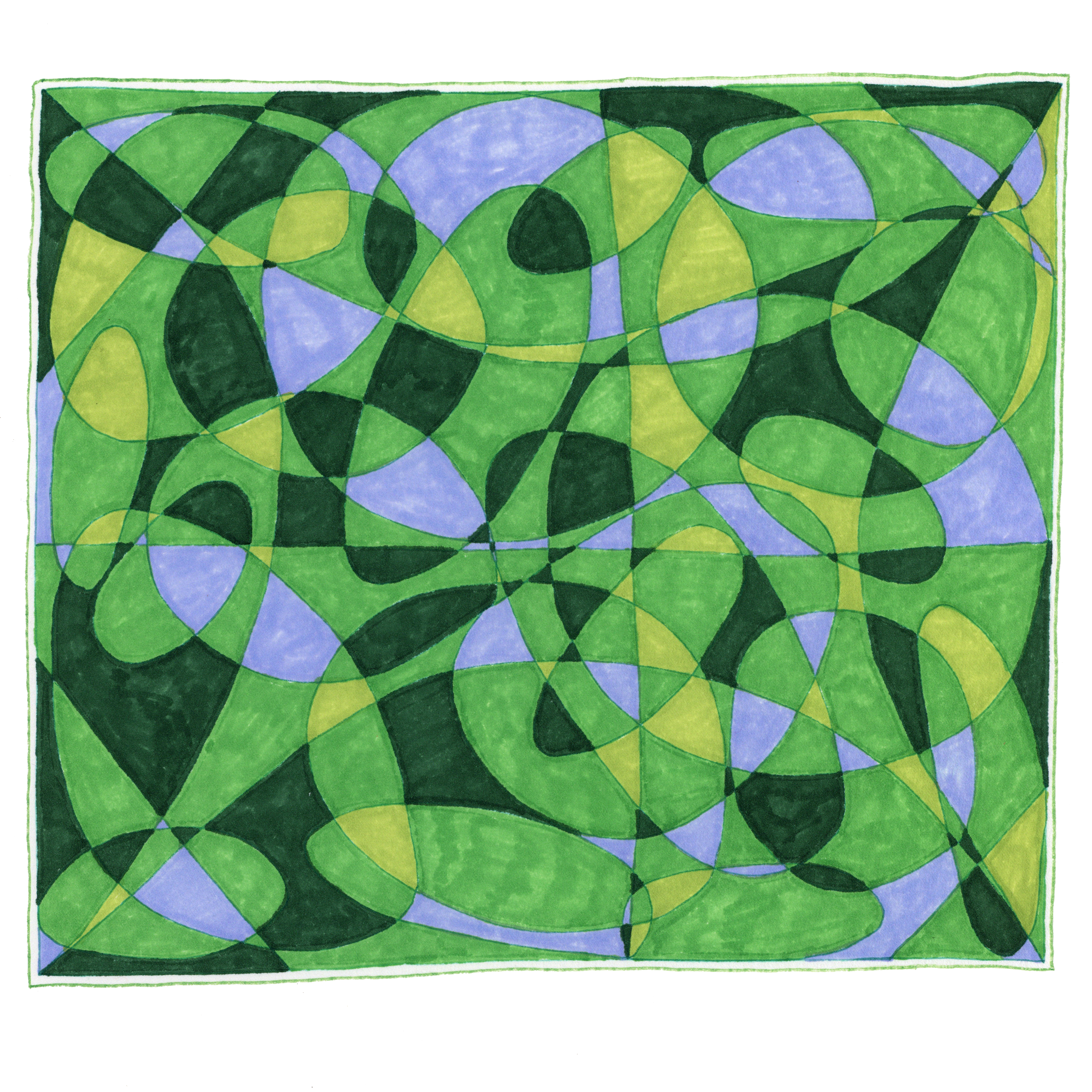
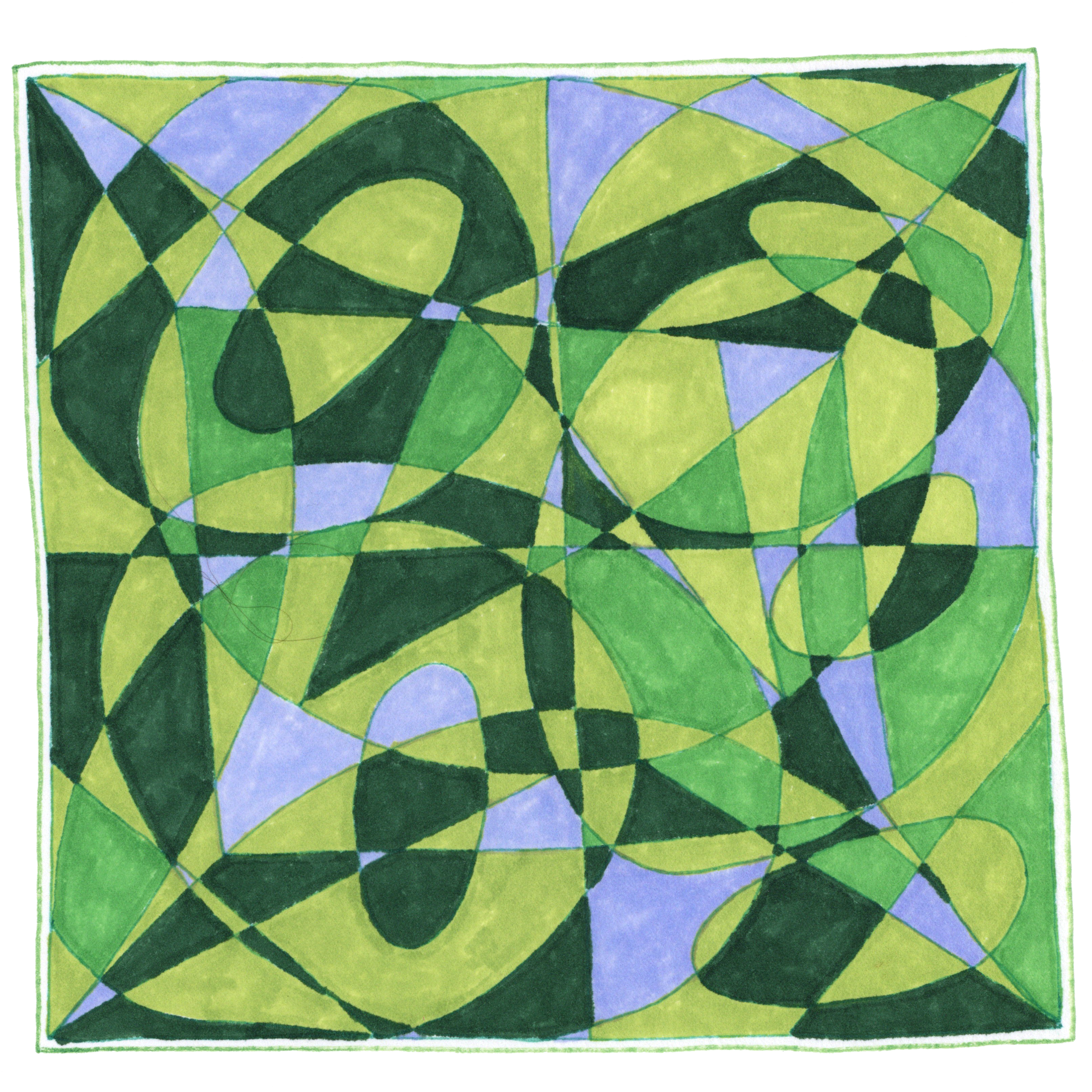




These drawings, a harmonious blend of meticulous detail and vibrant hues, not only symbolize the daily rhythms but also encapsulate the spirit of Fish Creek, WI. The reclaimed cedar planks serve as a tangible connection to the local environment, grounding the artwork in the very essence of Door County.
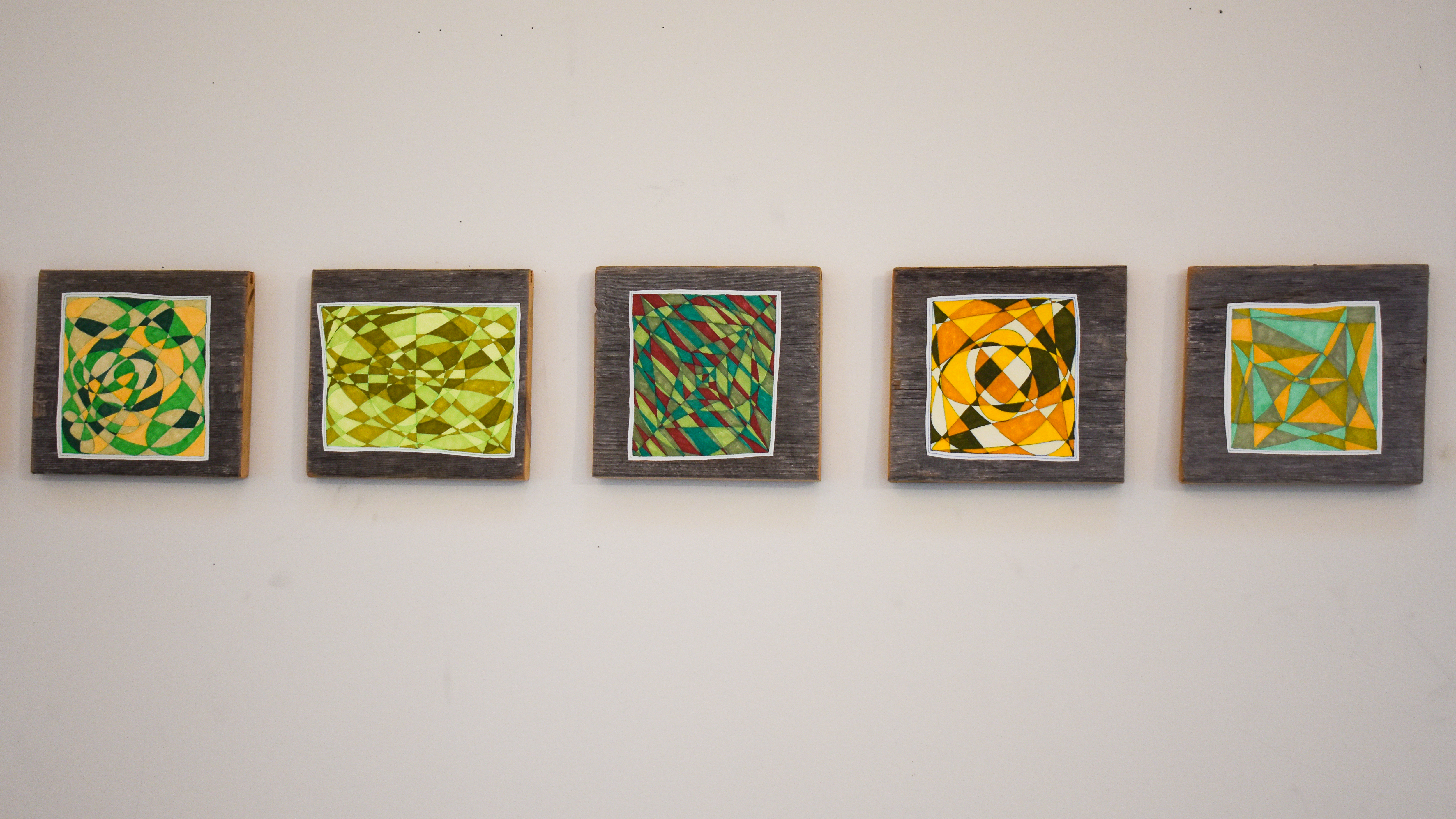
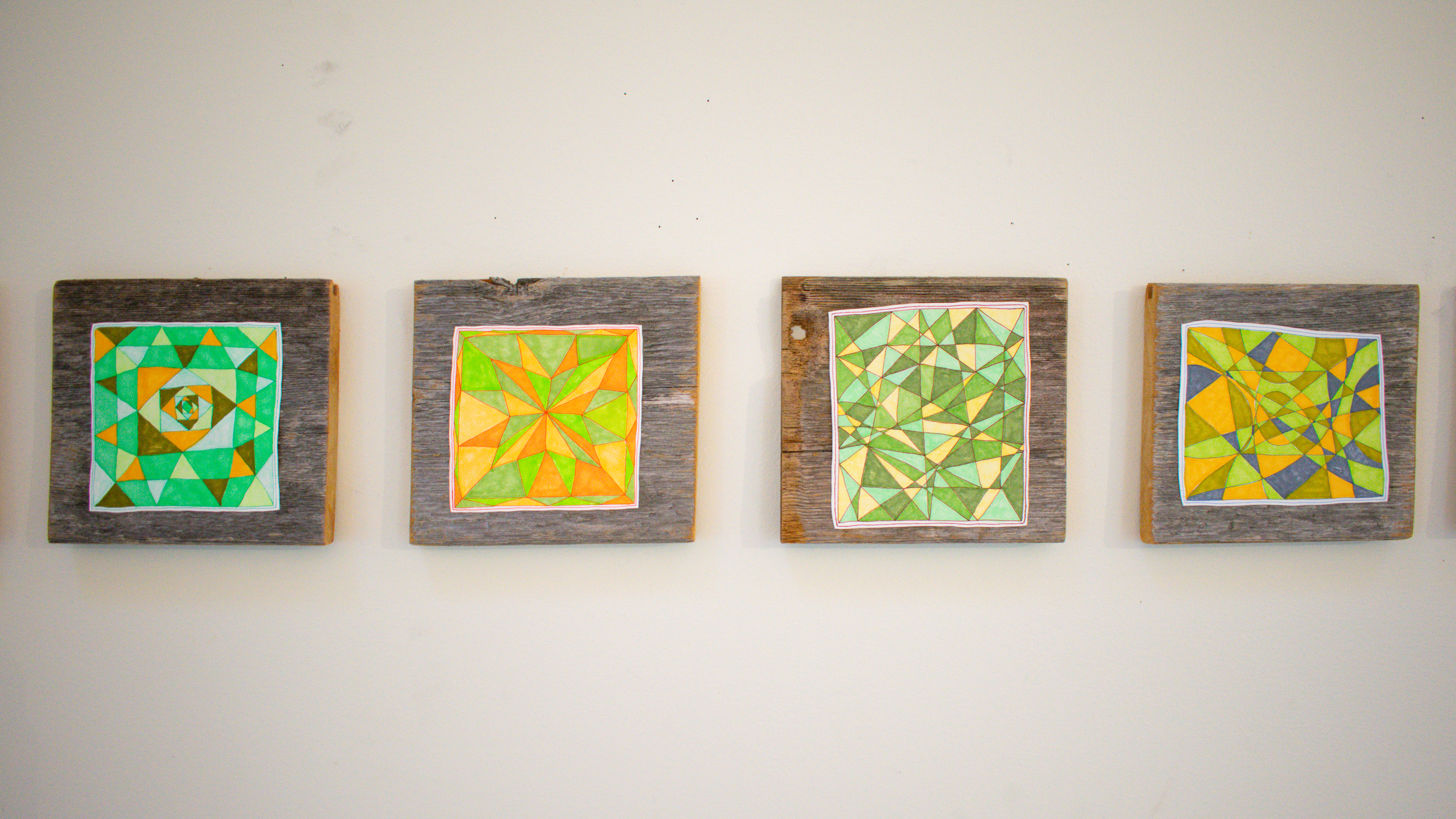

The narrative thread of my residency extends to a leather and quilt-covered book, housing corresponding drawings. This book becomes a cohesive storytelling medium, unveiling a visual diary of lakeside barn discoveries. Each page turns like a chapter, inviting viewers into the narrative woven by the rural landscapes and my artistic exploration.

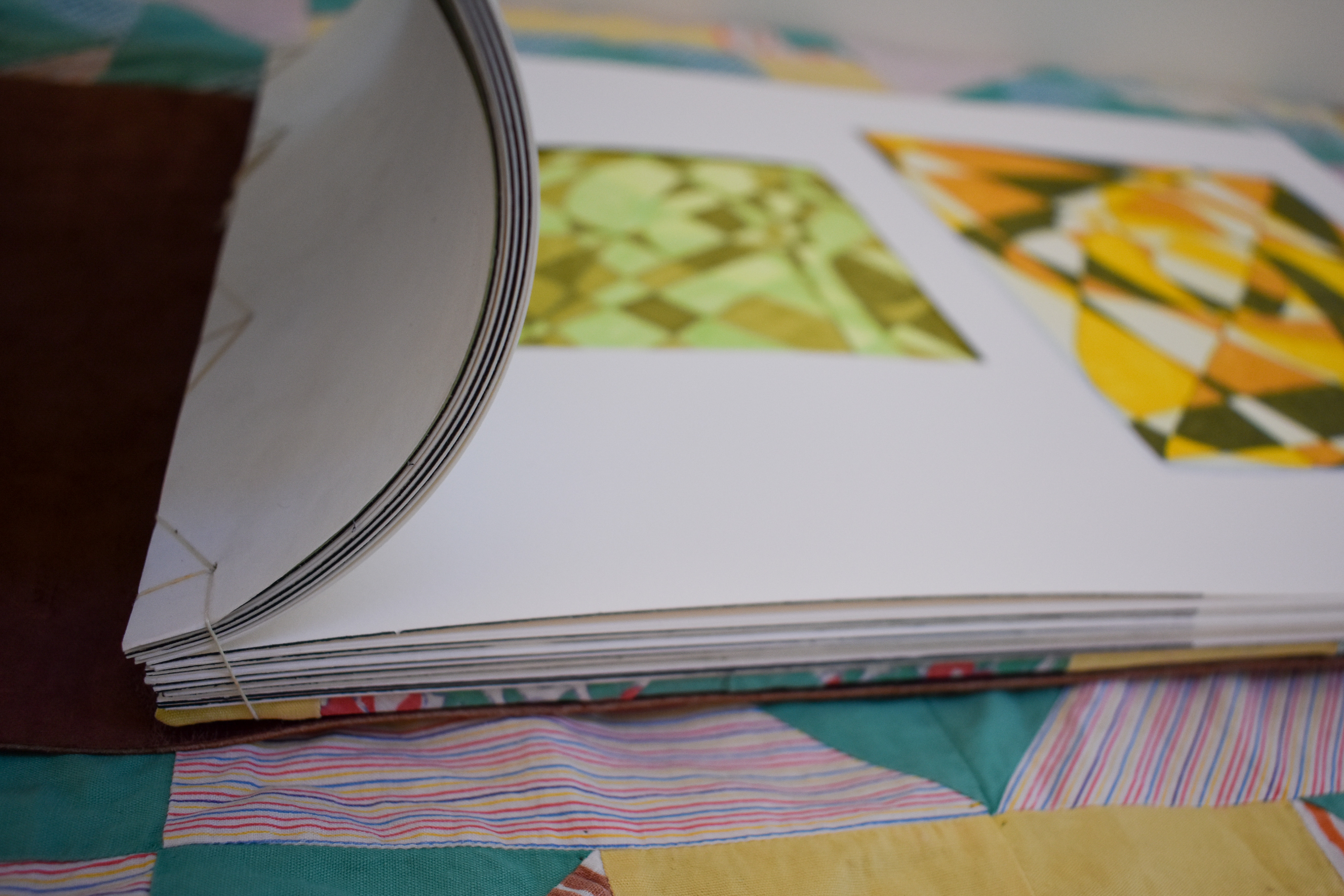
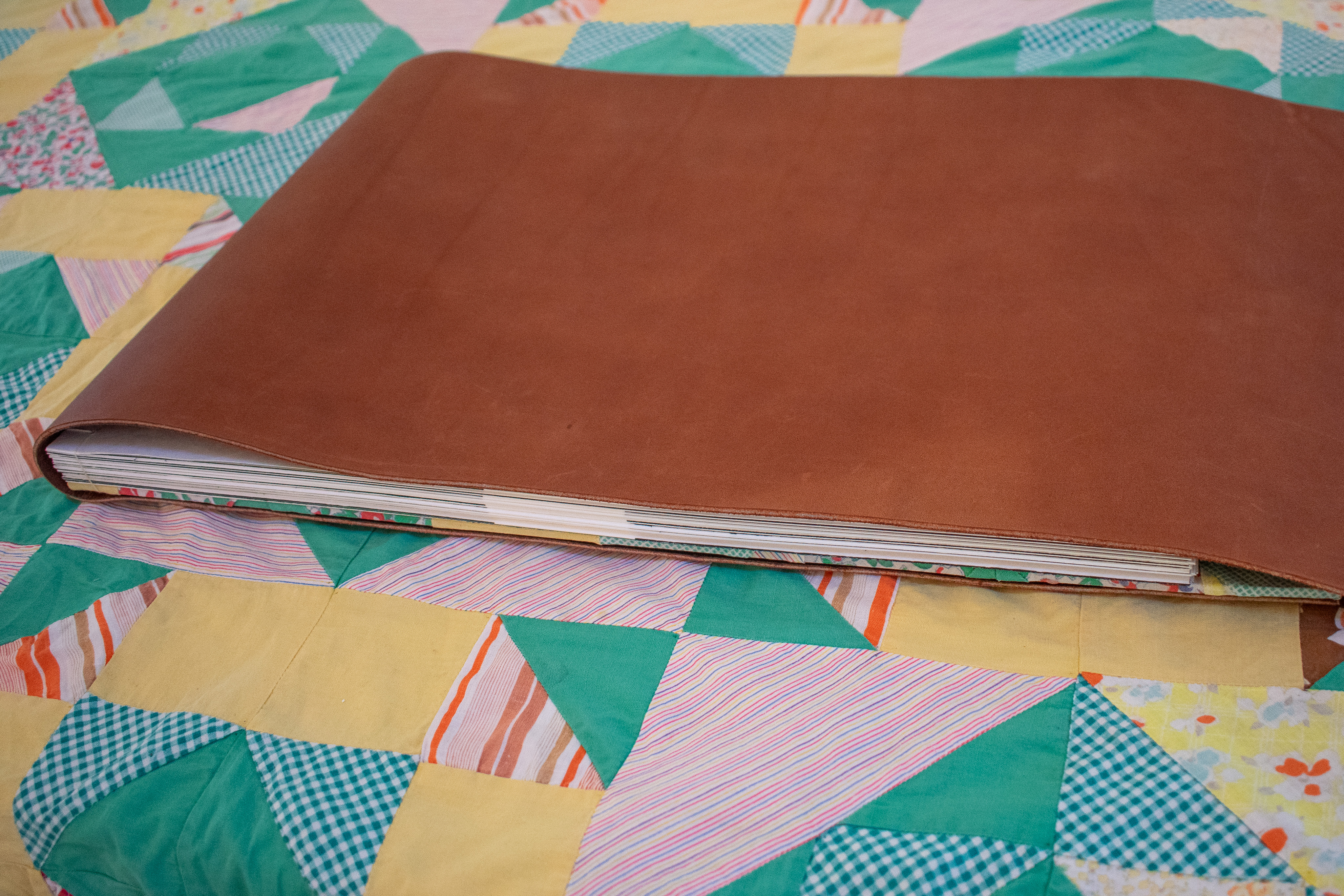
In this body of work, I invite the audience to experience the confluence of nature, art, and personal journey—a visual testament to the transformative power of artistic immersion in a place steeped in rich cultural and natural history.
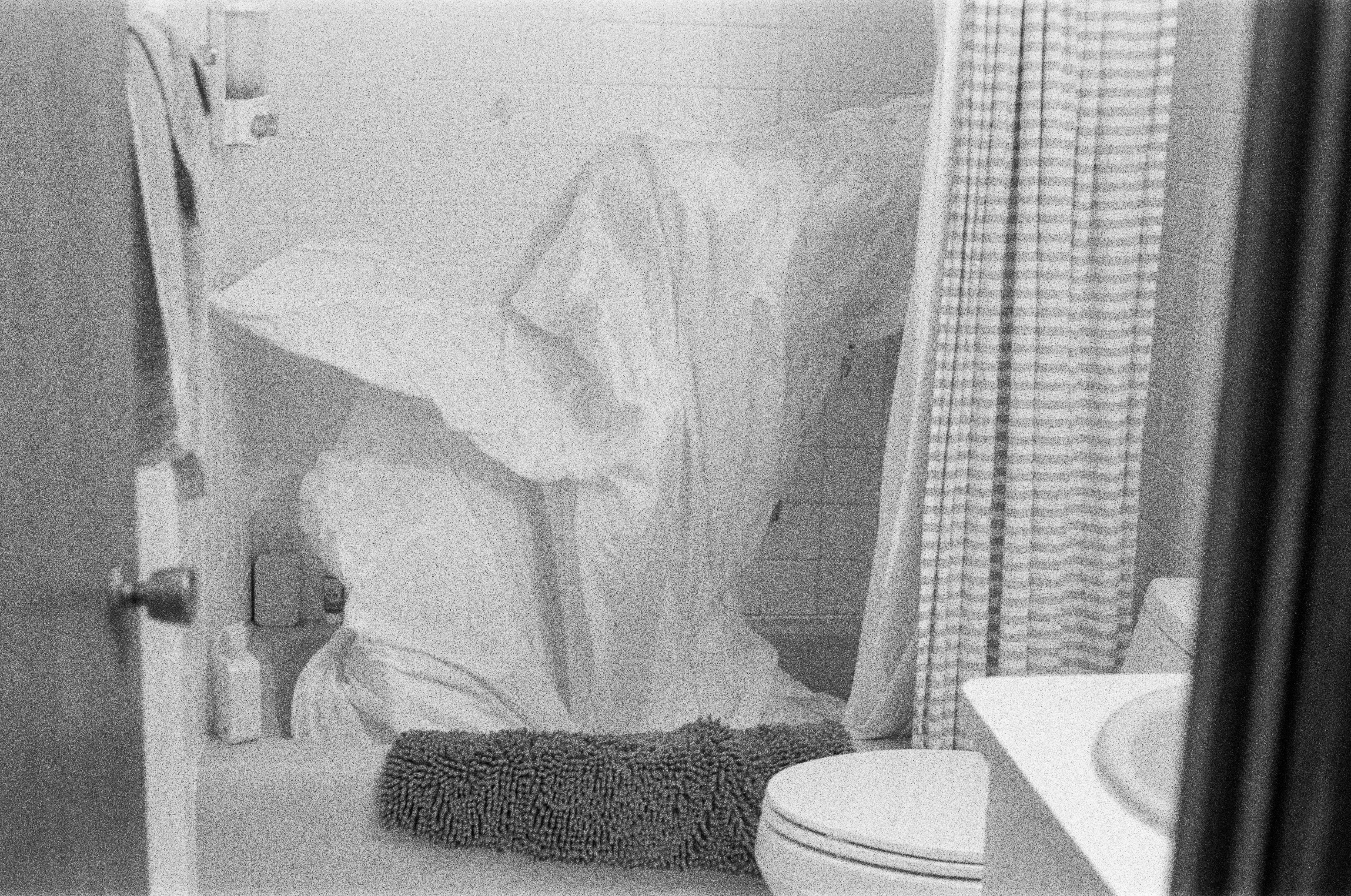



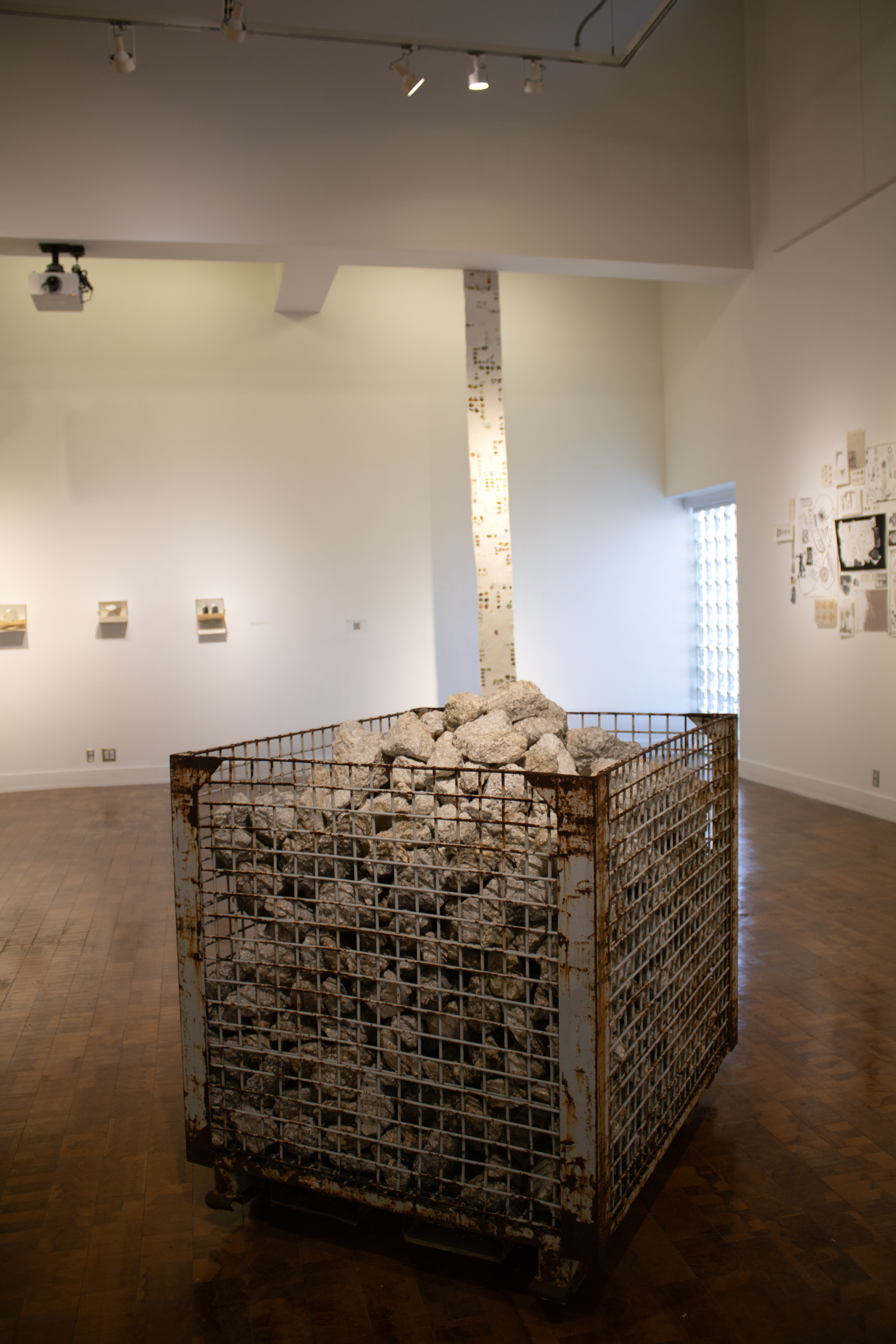
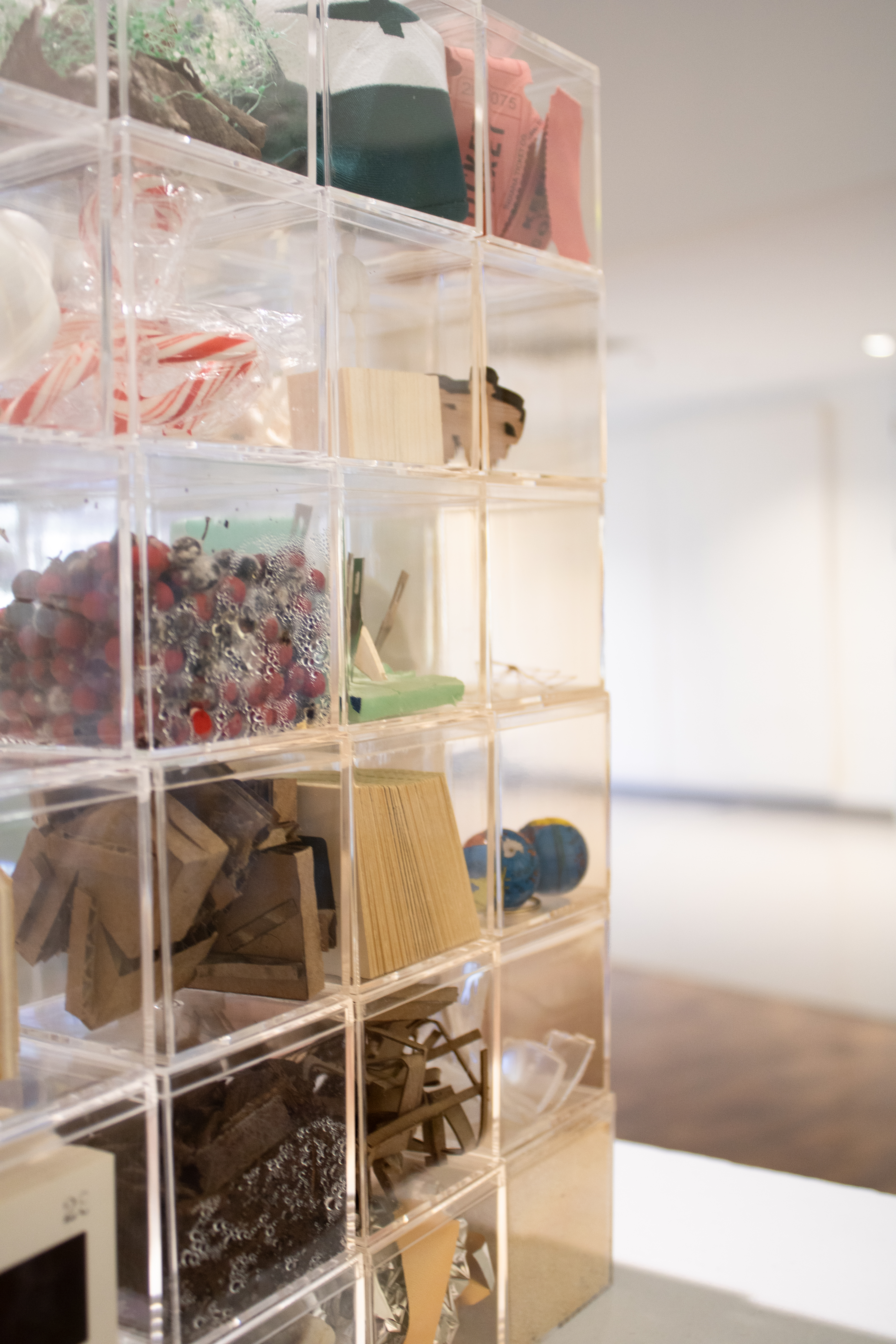
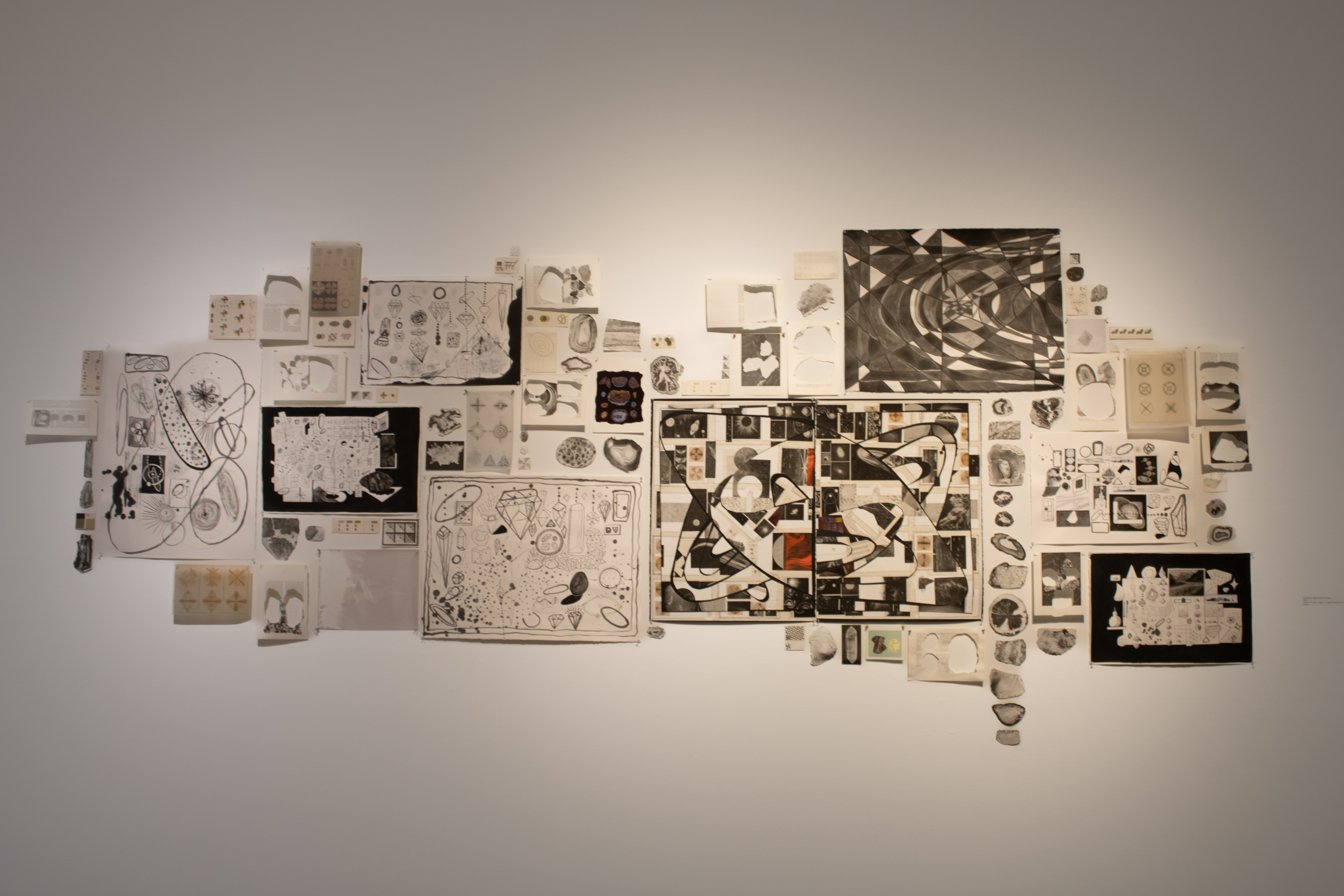
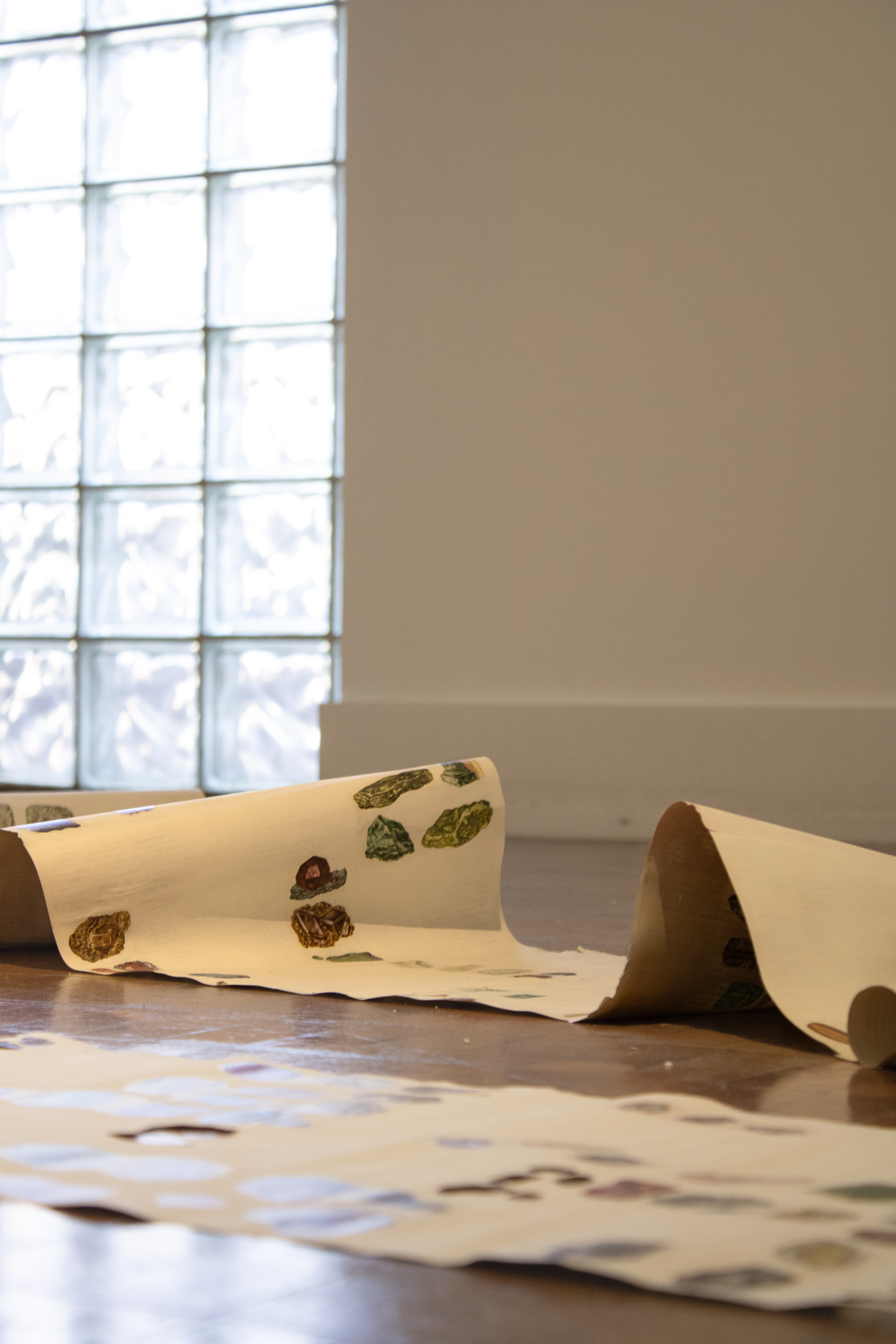
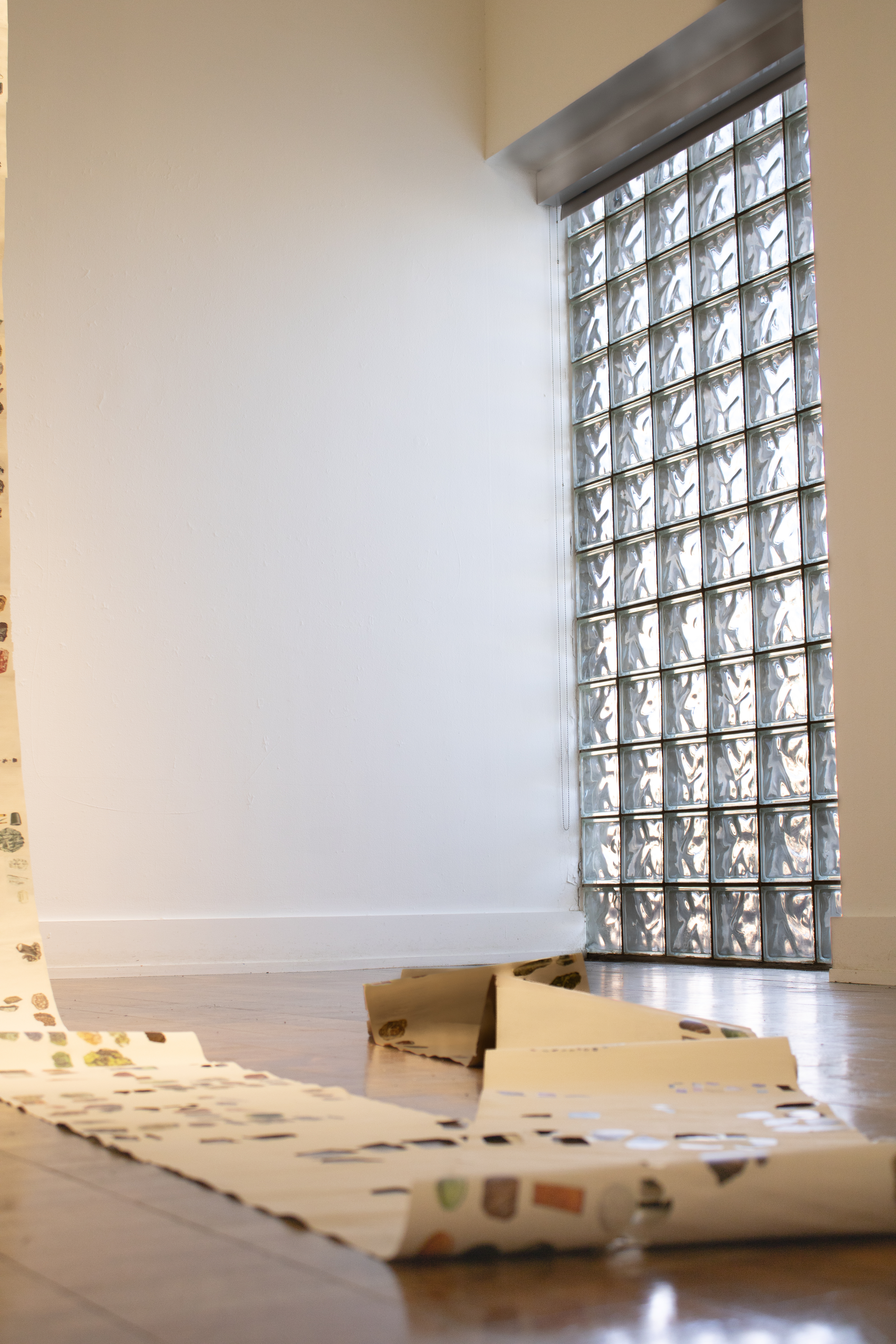

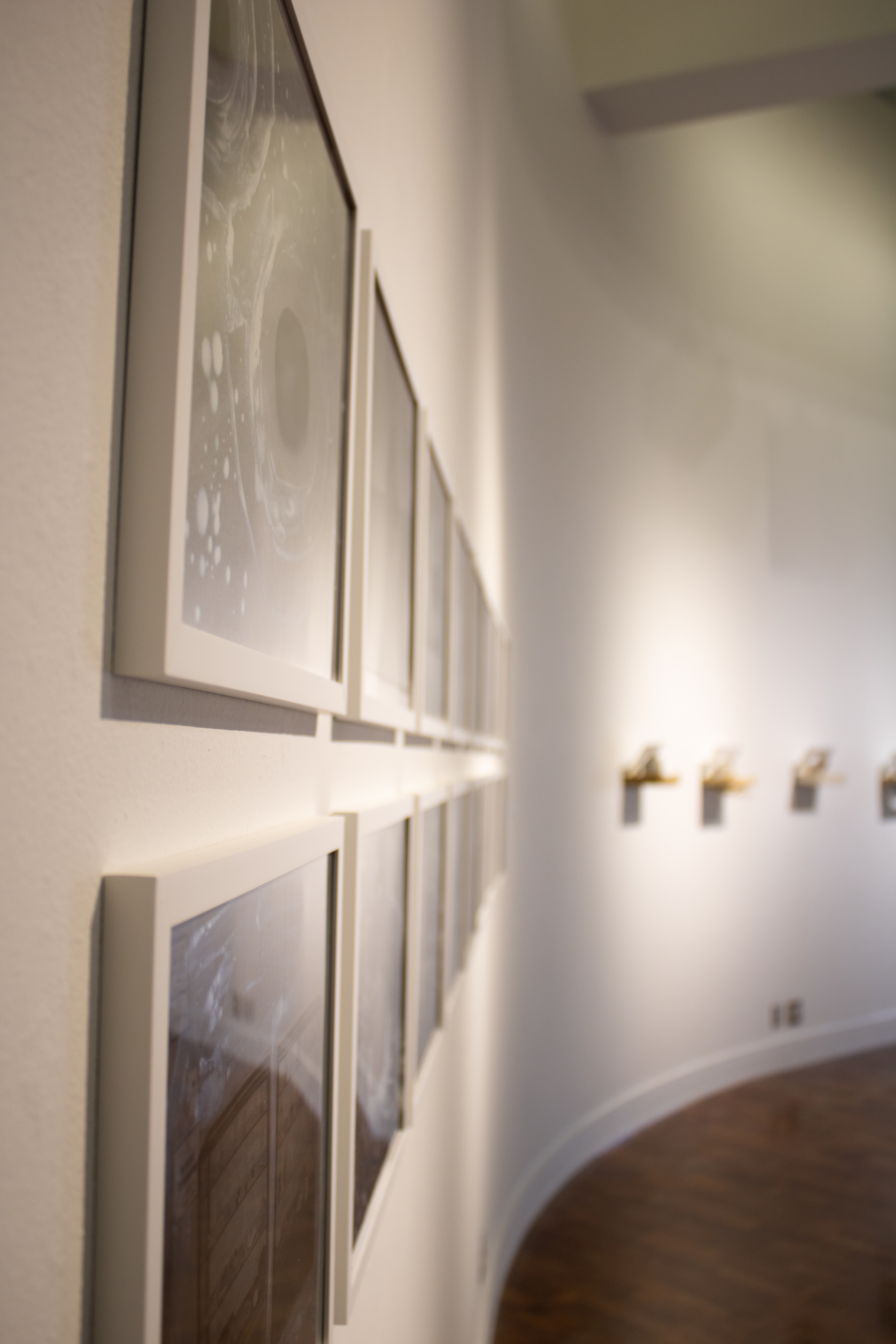
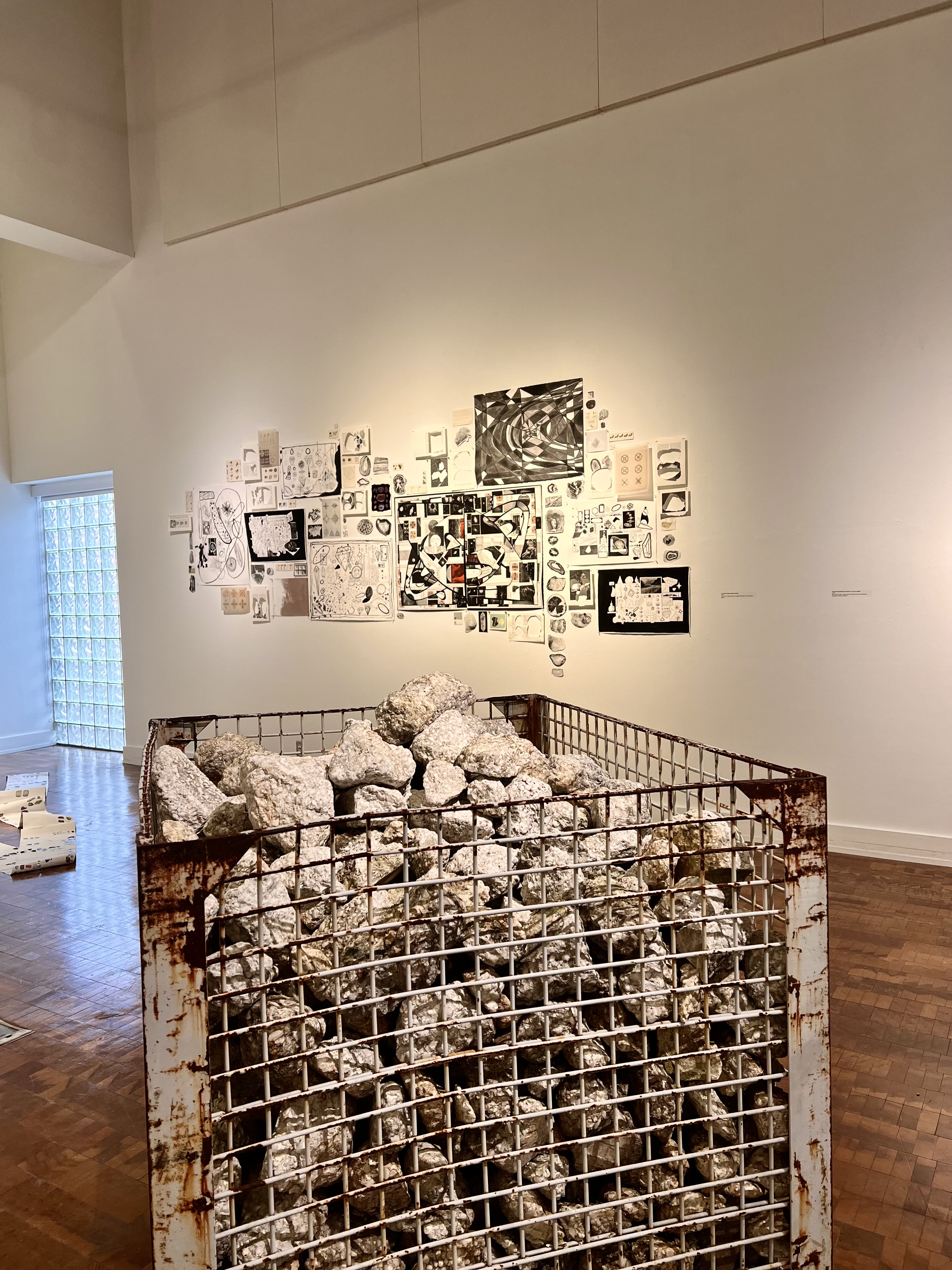
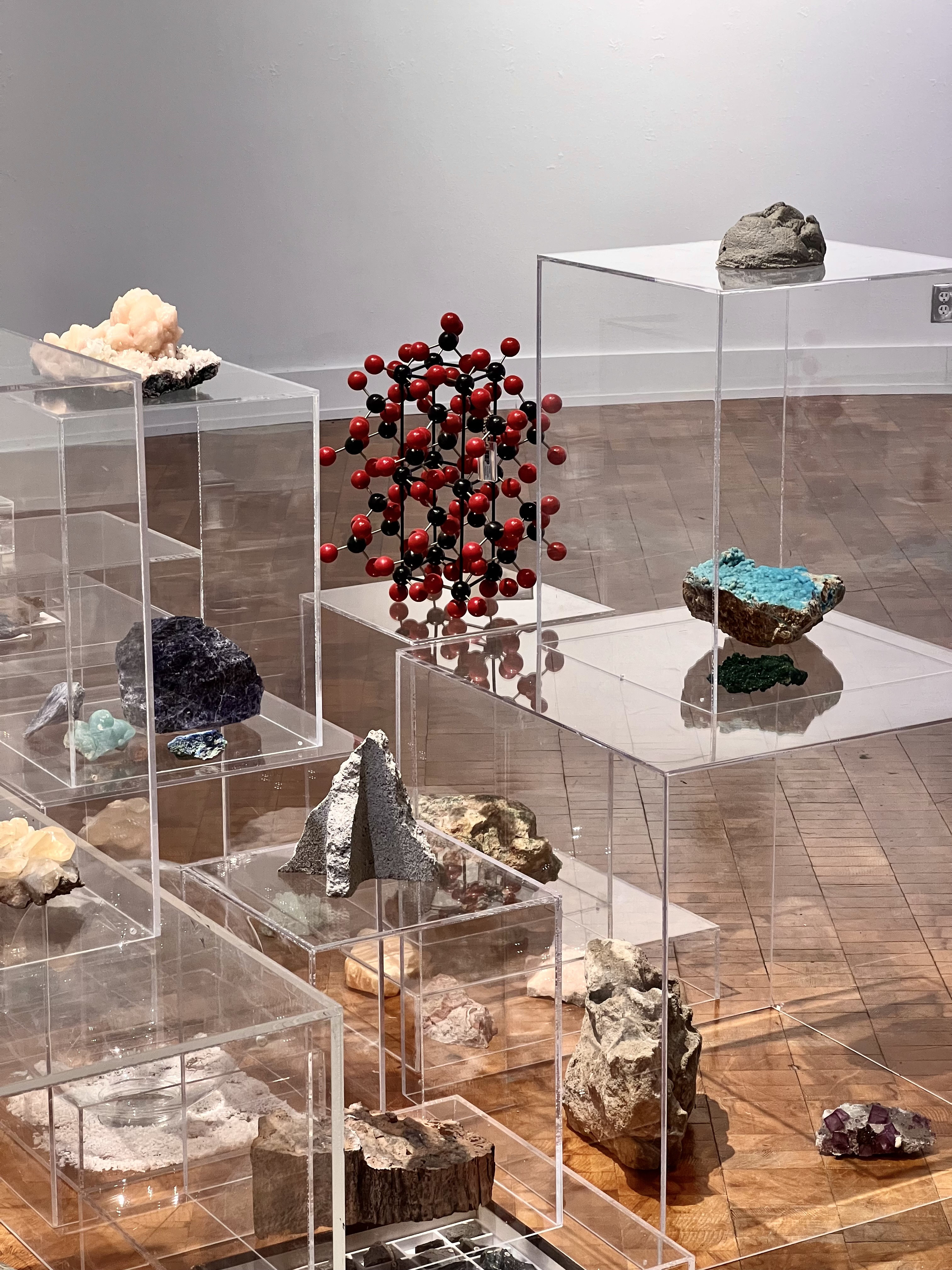
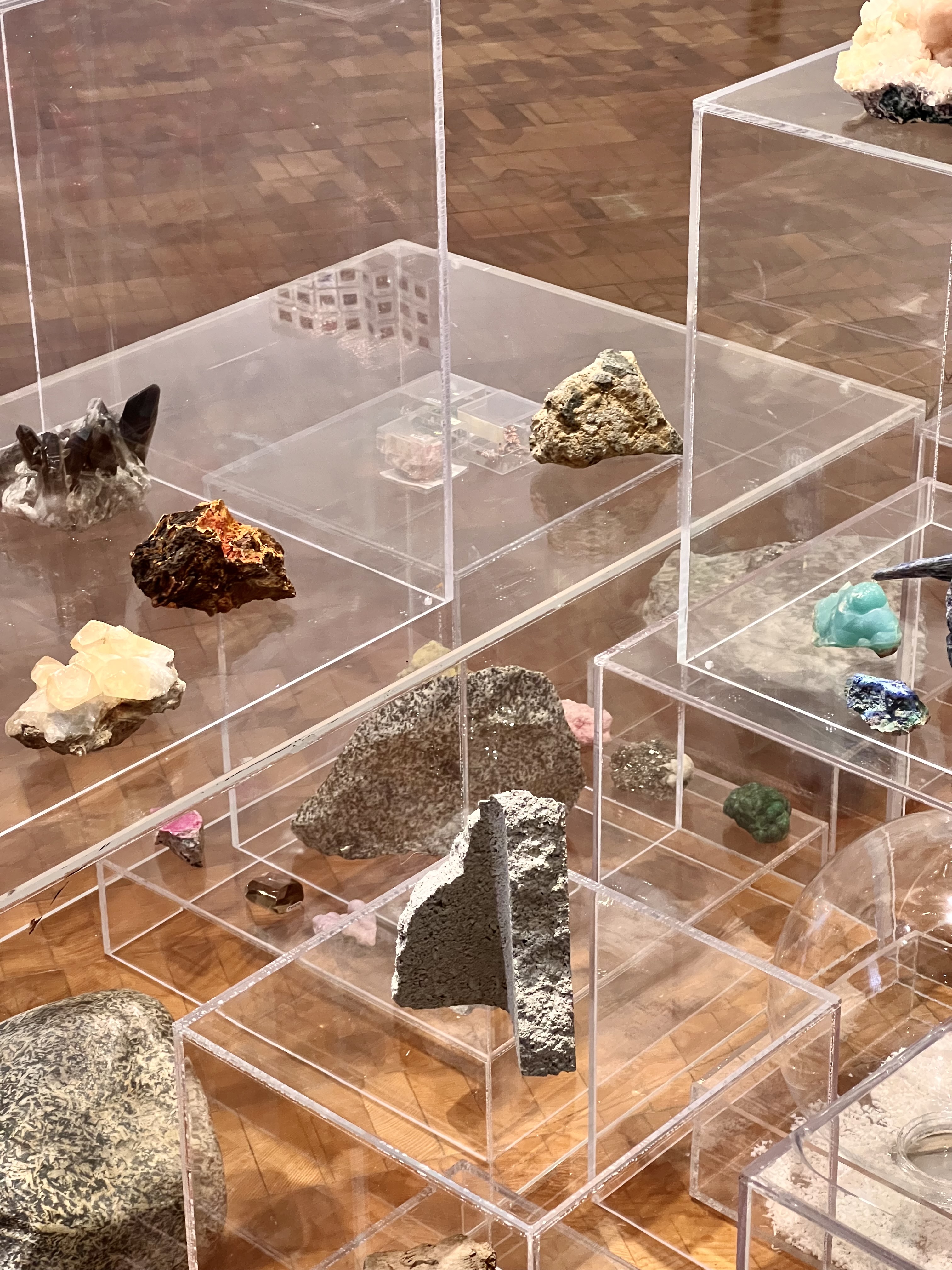

This exhibition at the University of North Carolina - Charlotte’s Lambla Gallery is a compelling exploration that delves deep into the intricate interplay between art, science, and the localized geological heritage. At its core lies the inclusion of UNCC’s geology collection, a treasure typically concealed from public view, much like the concealed core material of our Earth, the metaphorical backbone of our universe.
In Erratic Accretion, we embark on a visual journey that combines a dynamic fusion of artistic elements, including the masterful use of India ink drawings, redacted field guides, collaged textbooks, and altered photographs. These elements become a critical lens through which we scrutinize how information is shared and how it shapes our perceptions of truth.
By presenting the University's hidden geology collection and shedding light on the influence of trusted materials and sources, this exhibition invites viewers to participate in a broader discourse at the crossroads of art, science, and the preservation of knowledge. It advocates for a more inclusive and open approach to knowledge dissemination, prompting us to question who possesses the authority to define what is true and ultimately influencing our collective understanding of science and the Earth's history.
"Through my artistic practice, I invite viewers to engage in a dialogue between the past and the present, the natural and the human-made. By manipulating and rearranging these materials, I highlight the inherent beauty found within the seemingly mundane. The resulting assemblages become a visual representation of the transformative power of time, erosion, and human intervention."

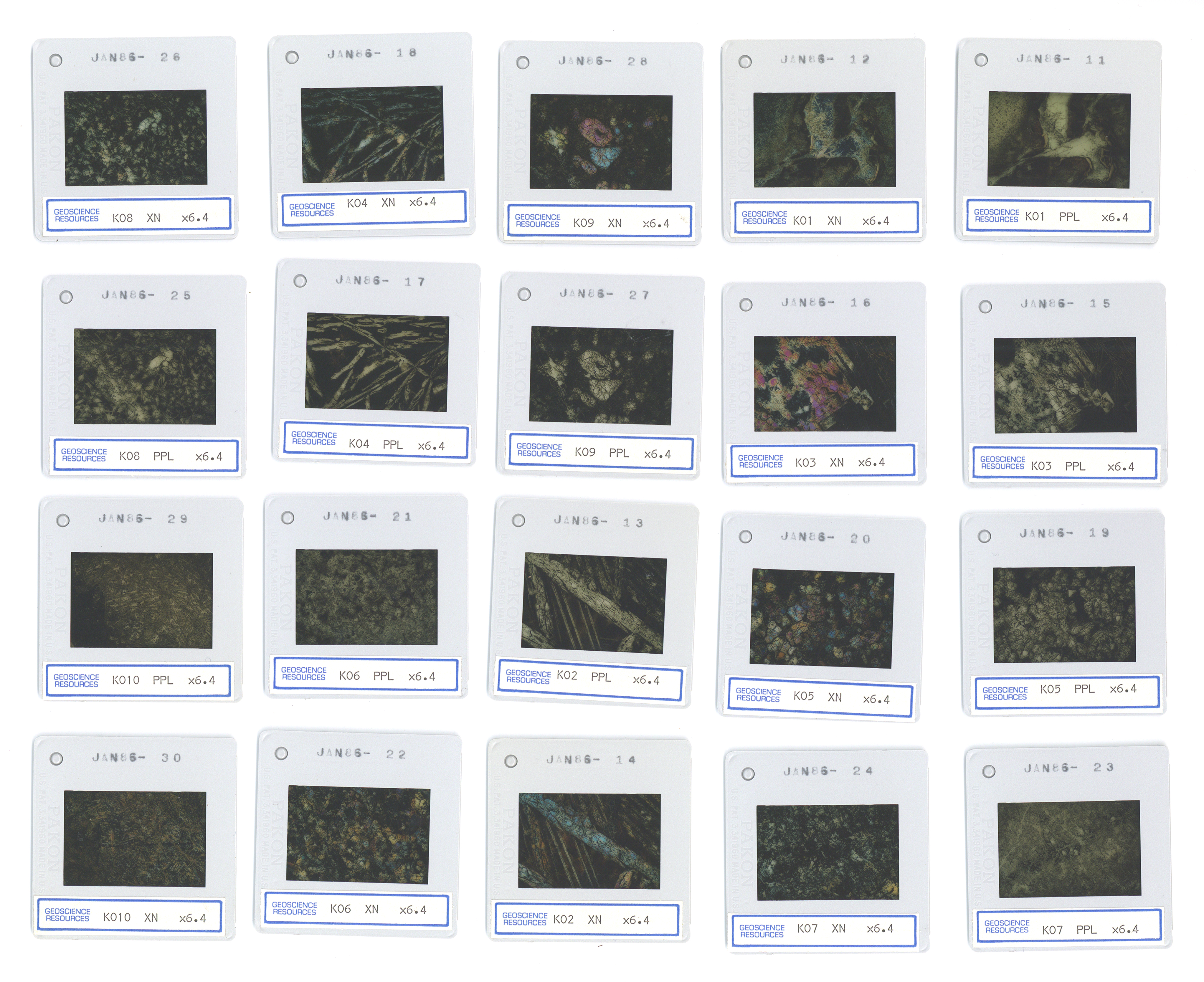
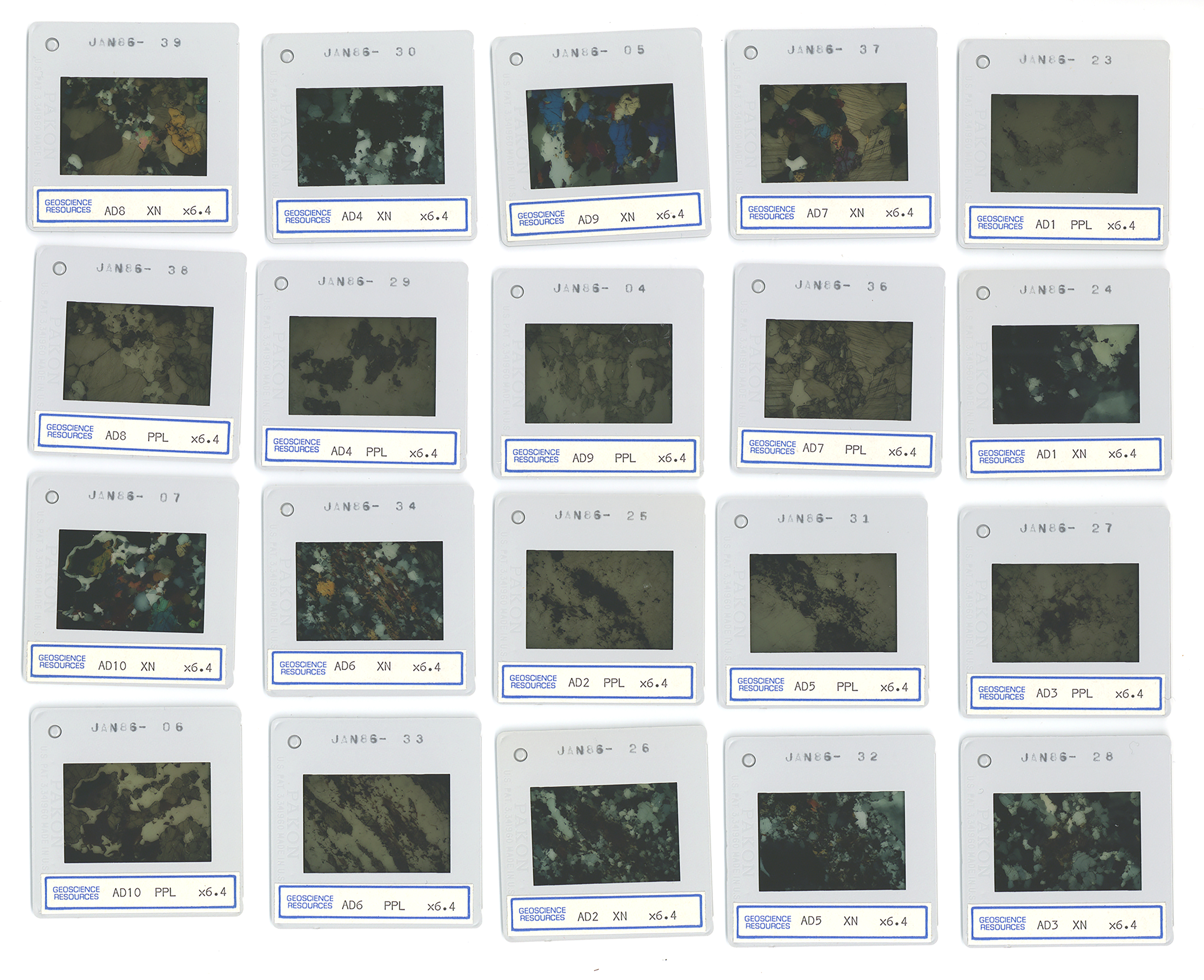


I this exhibition, delve into the captivating world of geology, drawing inspiration from the rich resources of UNCC’s geology collection, Earth Studies department, library, and archives, as well as my personal collection of mineral books. Through this multidisciplinary exploration, I seek to unravel the hidden narratives embedded within geological formations and the traces left by human interactions with the environment.
Geology, with its vast timescales and transformative processes, serves as a metaphorical framework for understanding the layers of history and memory that shape our existence. By merging the scientific and artistic realms, I aim to capture the essence of geological phenomena through the accumulation and juxtaposition of diverse materials.




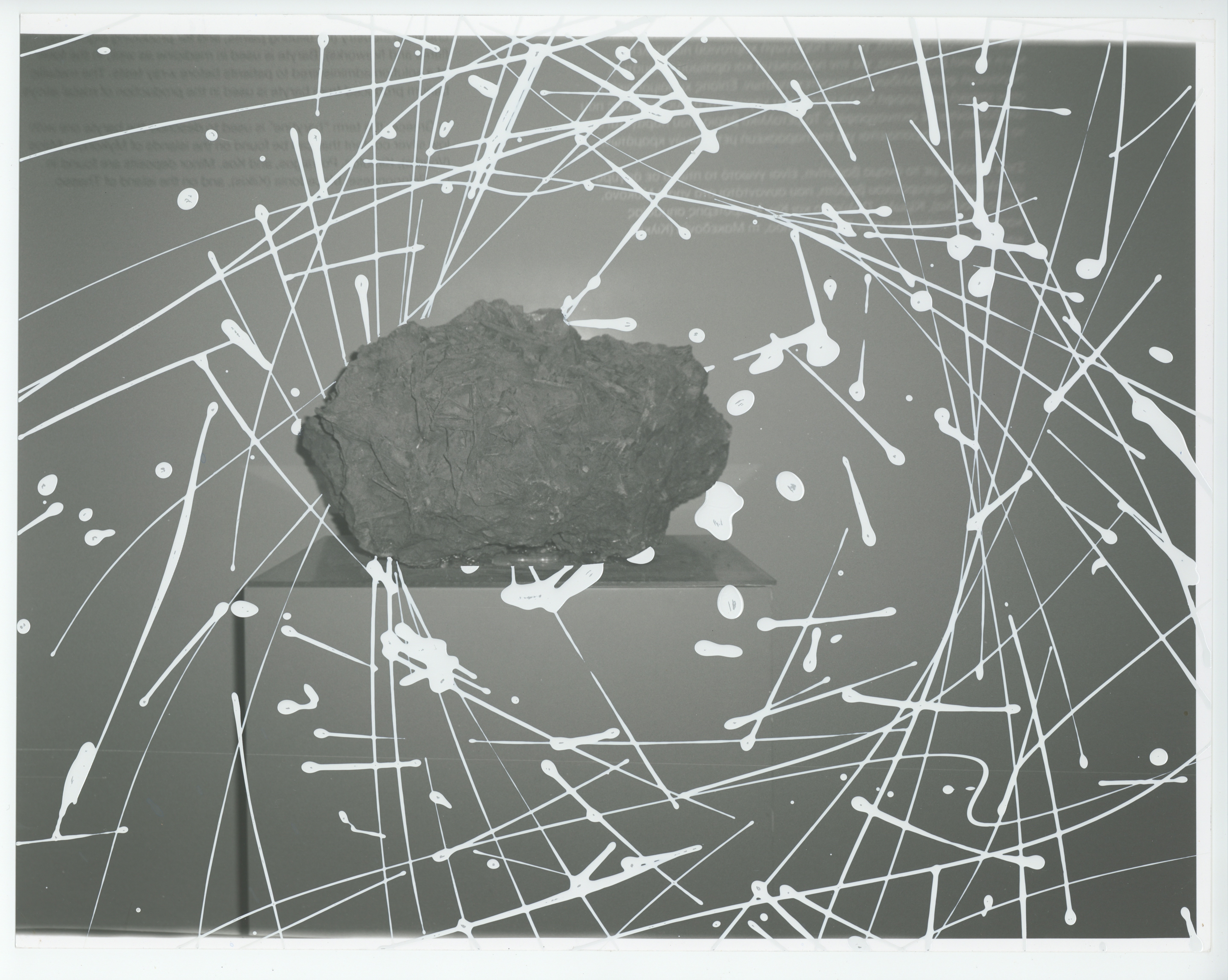
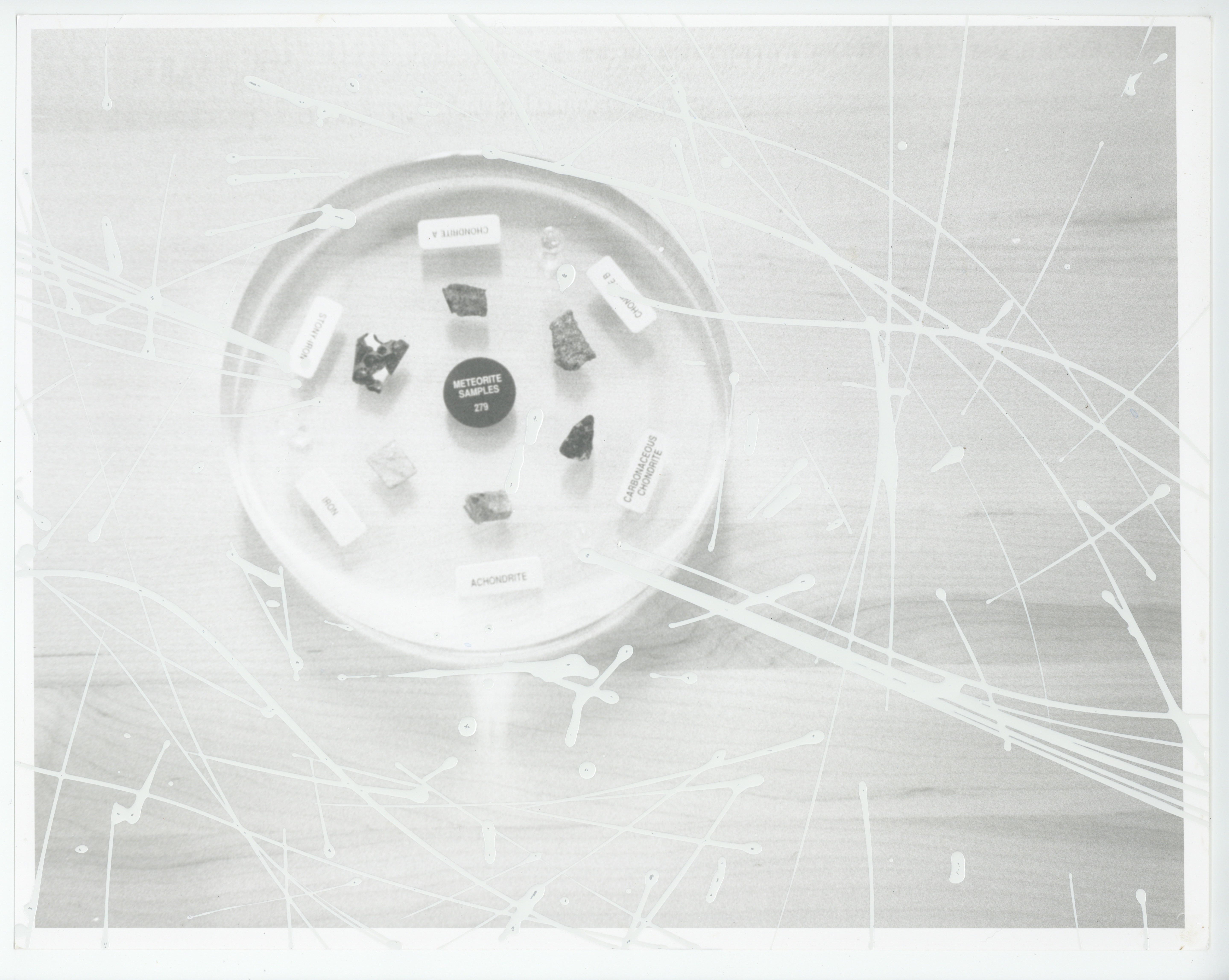


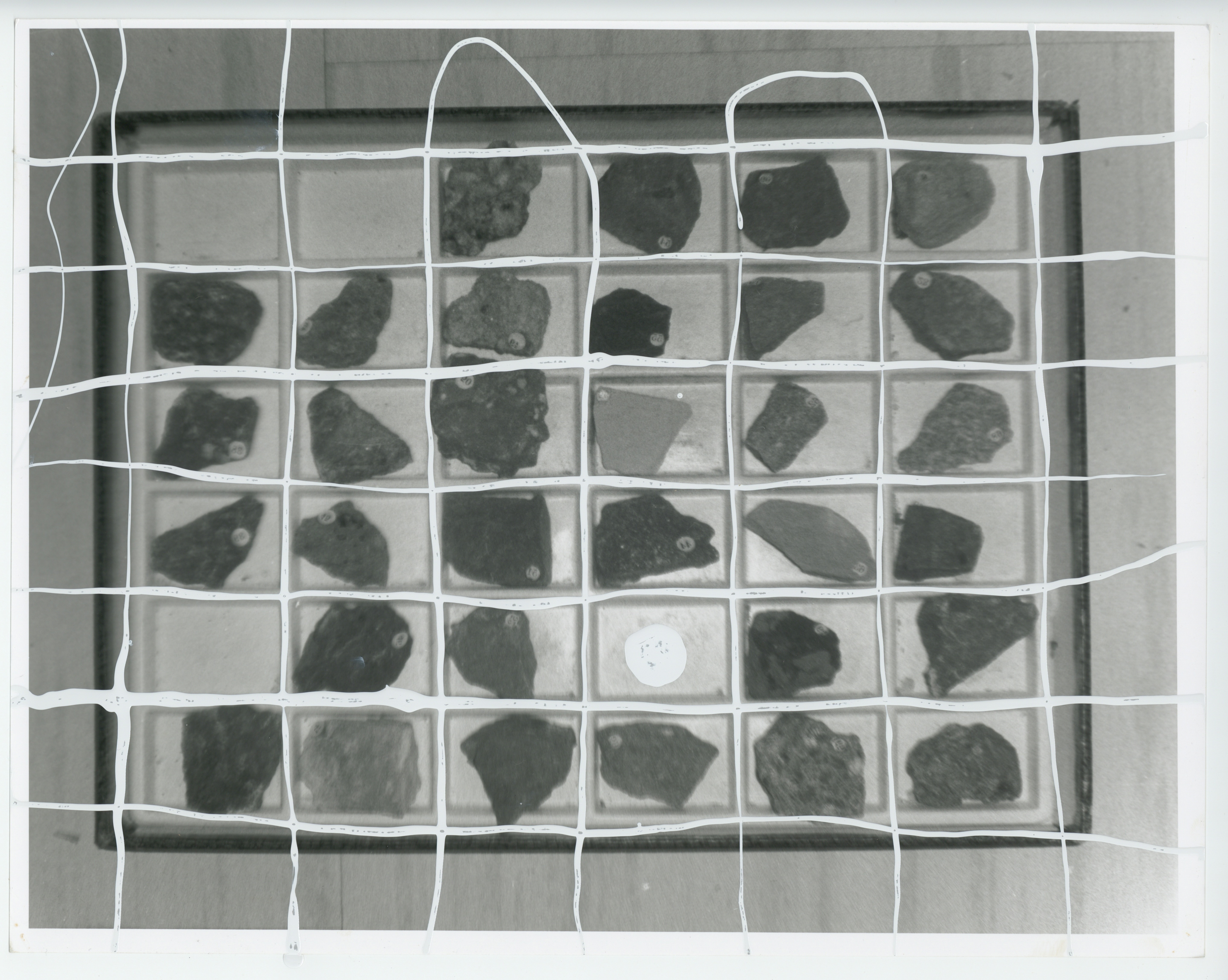
Drawing from the University's geology collection, I examine the geological artifacts and specimens as fragments of a larger narrative. By repurposing these relics, I aim to breathe new life into them, enabling viewers to appreciate their beauty and contemplate their significance. The integration of detritus from both the University's collections and my own personal archives adds another layer of complexity, intertwining the geological and human narratives in unexpected ways.
Through my artistic practice, I invite viewers to engage in a dialogue between the past and the present, the natural and the human-made. By manipulating and rearranging these materials, I highlight the inherent beauty found within the seemingly mundane. The resulting assemblages become a visual representation of the transformative power of time, erosion, and human intervention.
"Erratic Accretion" challenges preconceived notions of geological exploration and blurs the boundaries between art and science. By showcasing the interplay between geological artifacts, detritus, and artistic expression, I aim to provoke contemplation about our place in the natural world and our role as stewards of the environment.
Ultimately, this exhibition seeks to illuminate the interconnectedness of all things, revealing the intricate relationships between geology, human history, and personal narratives.















